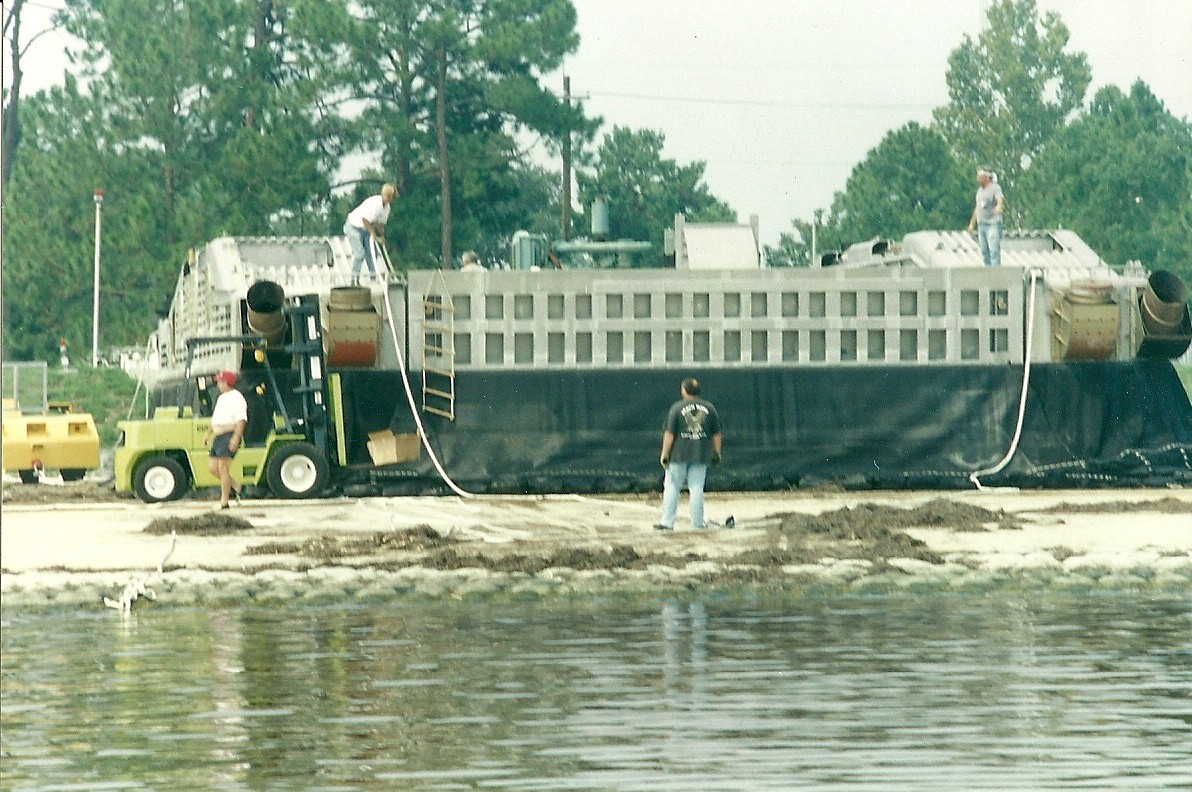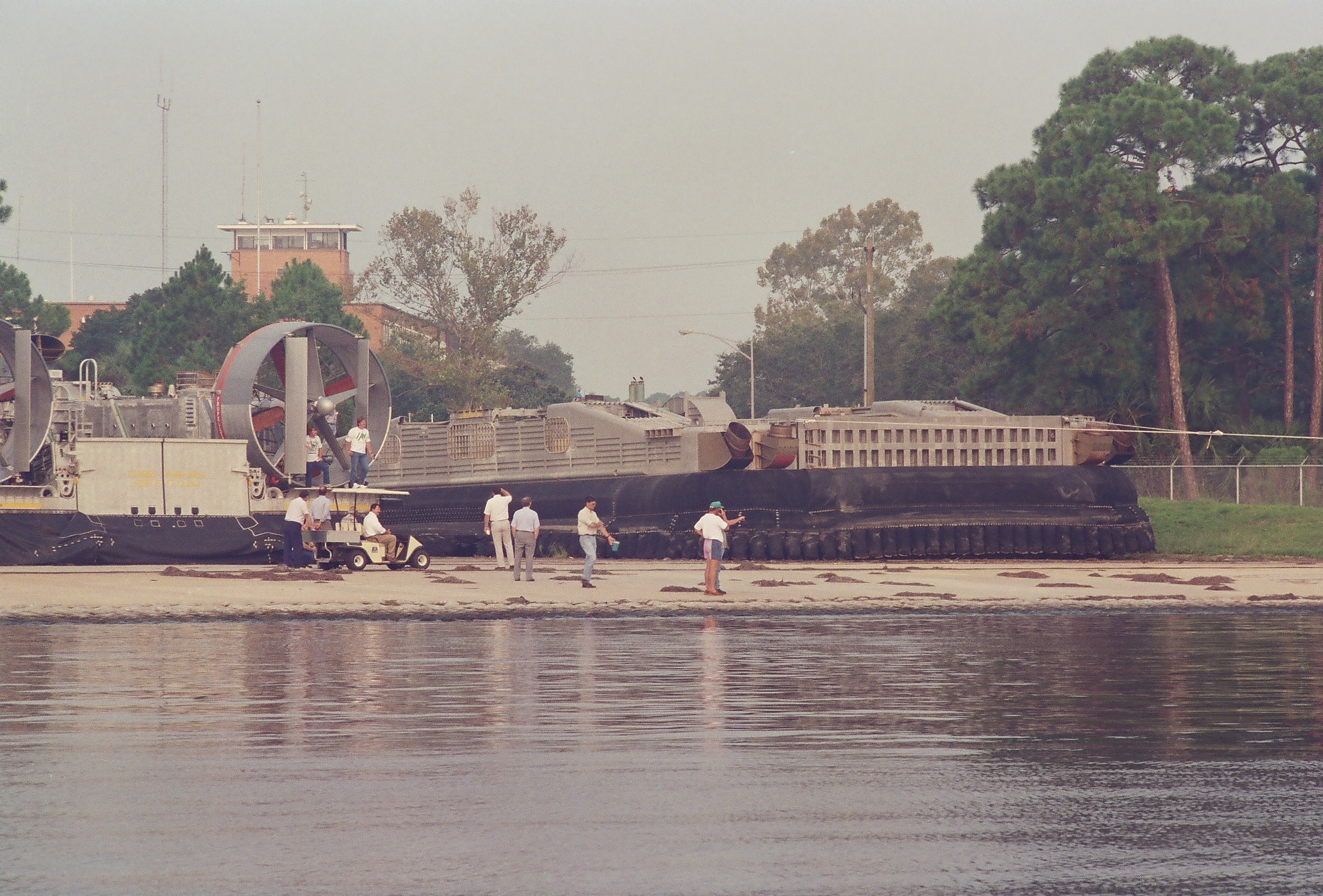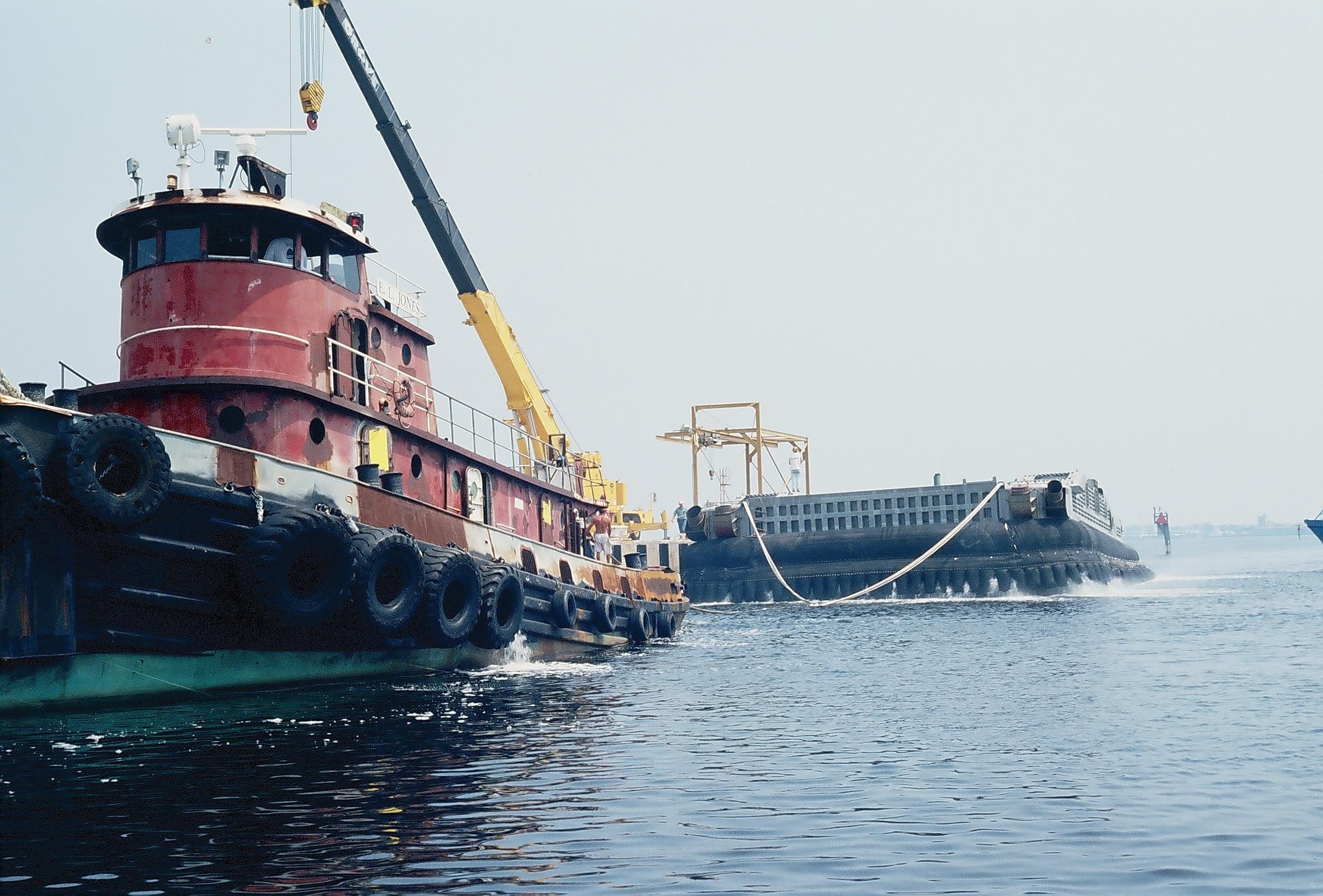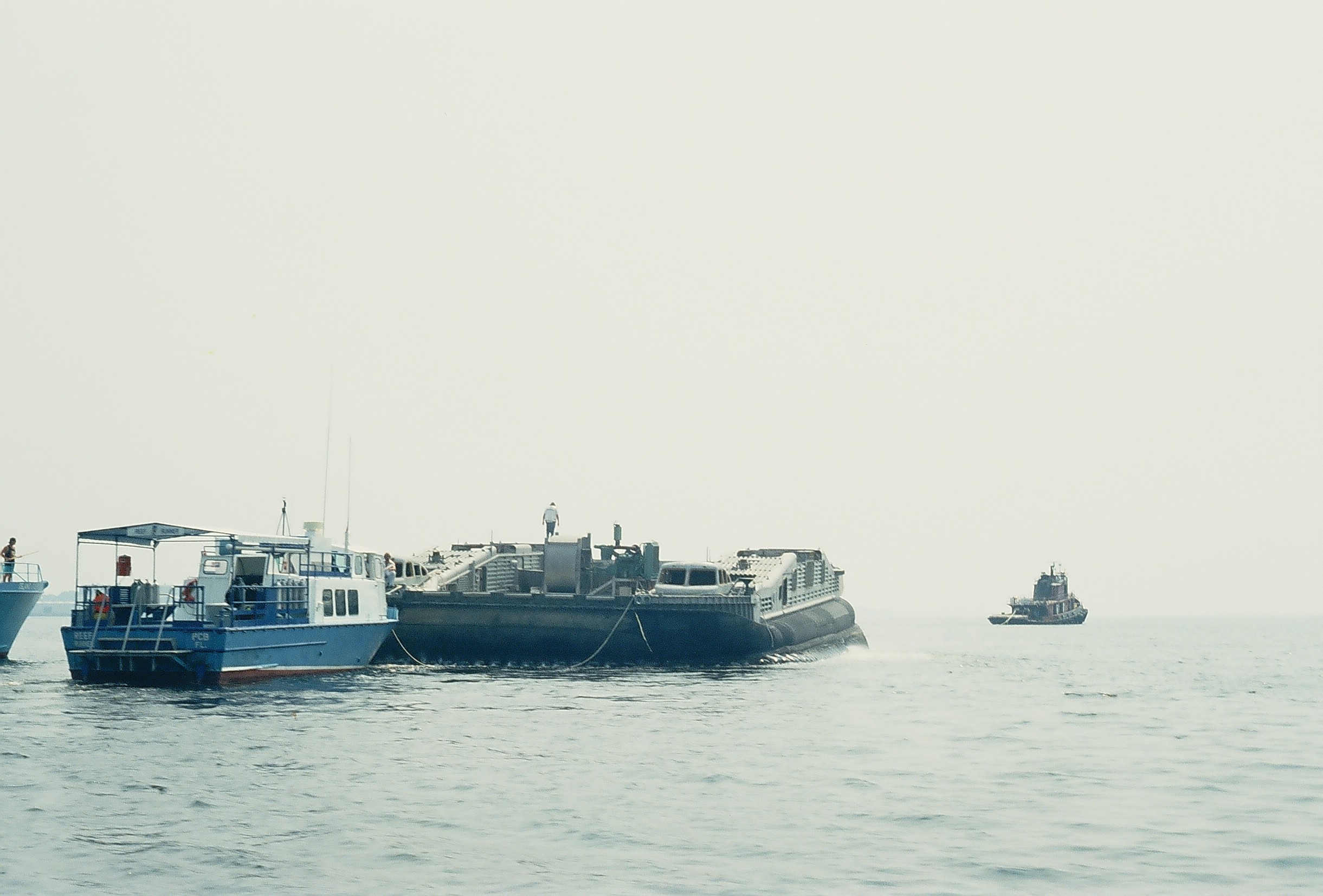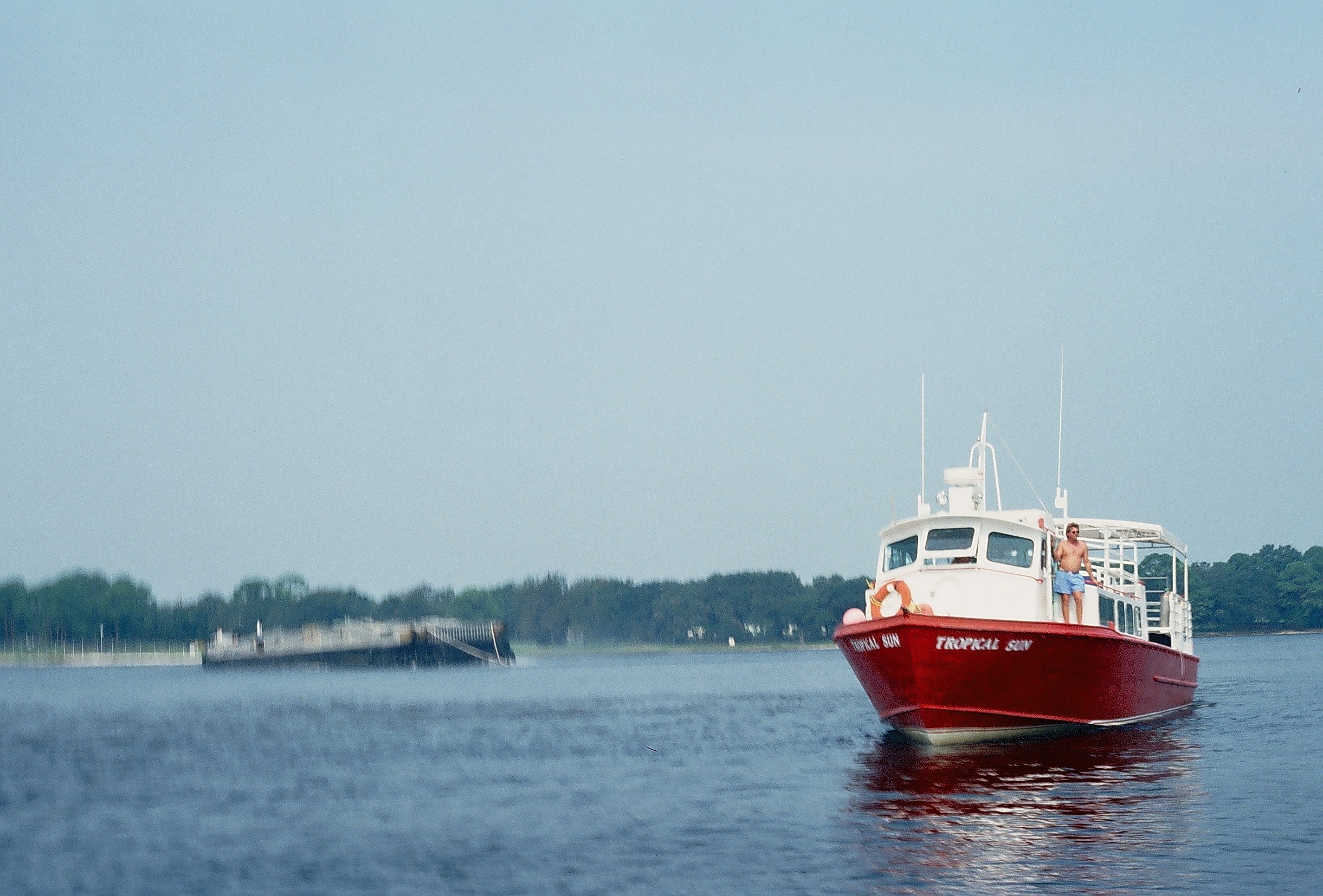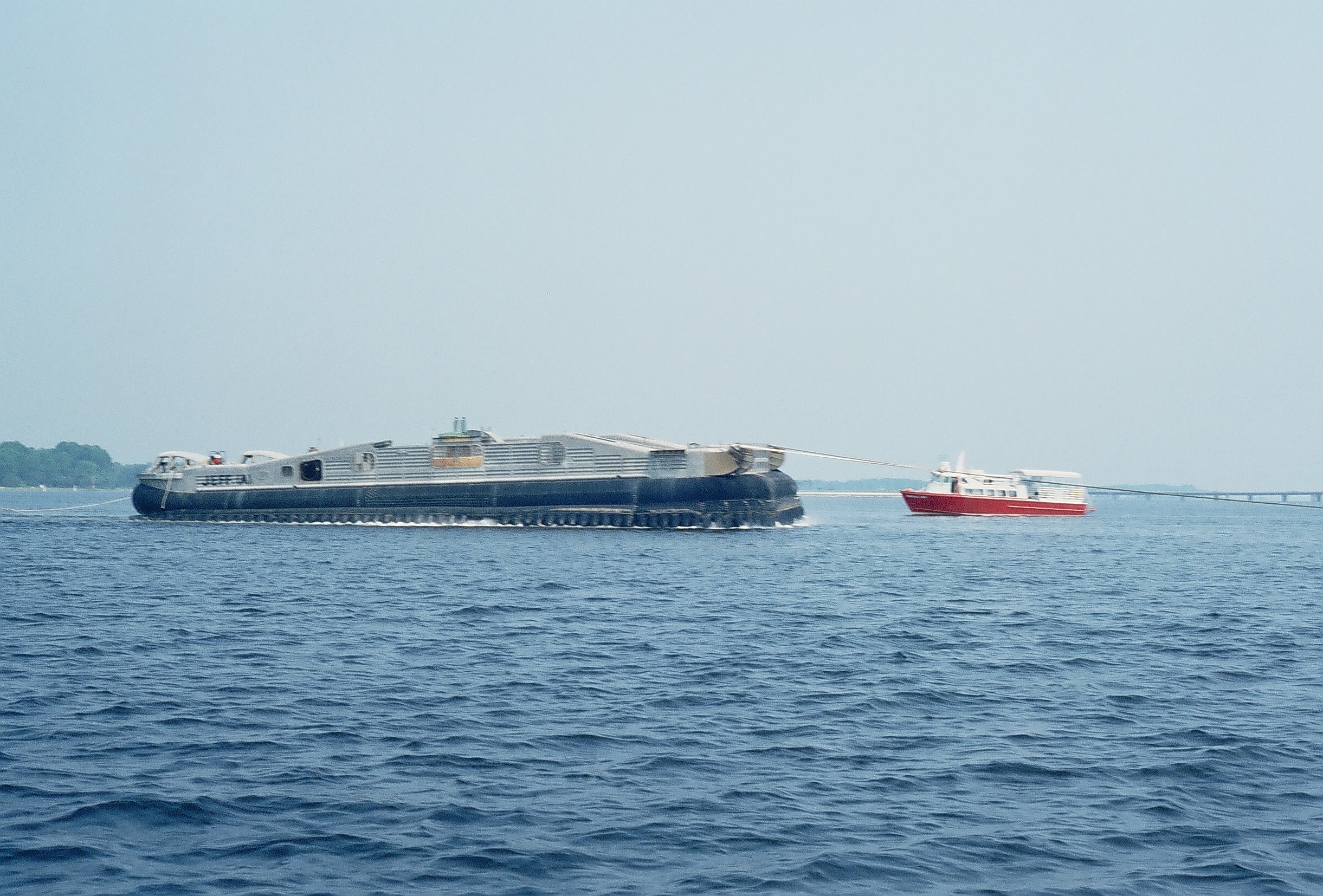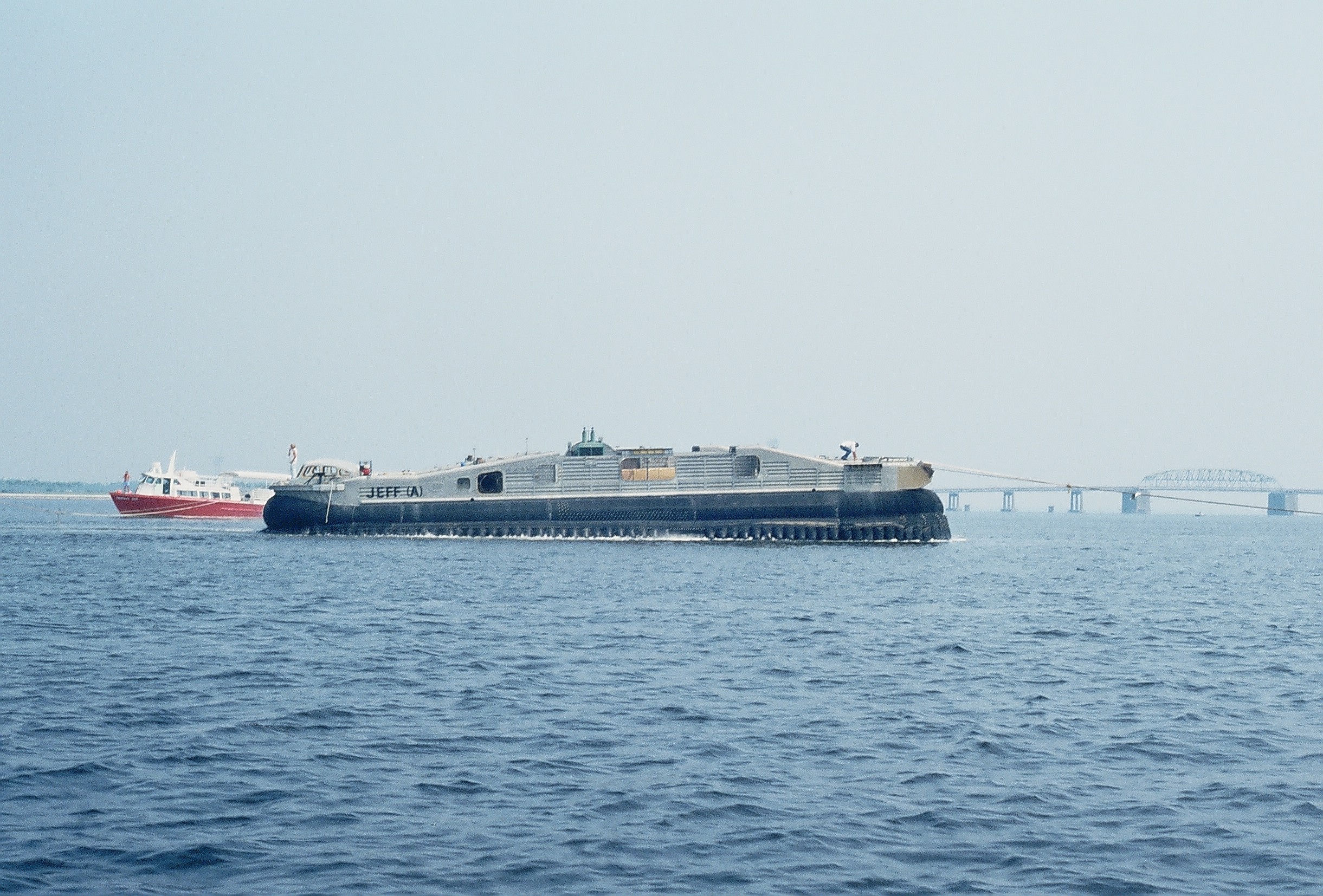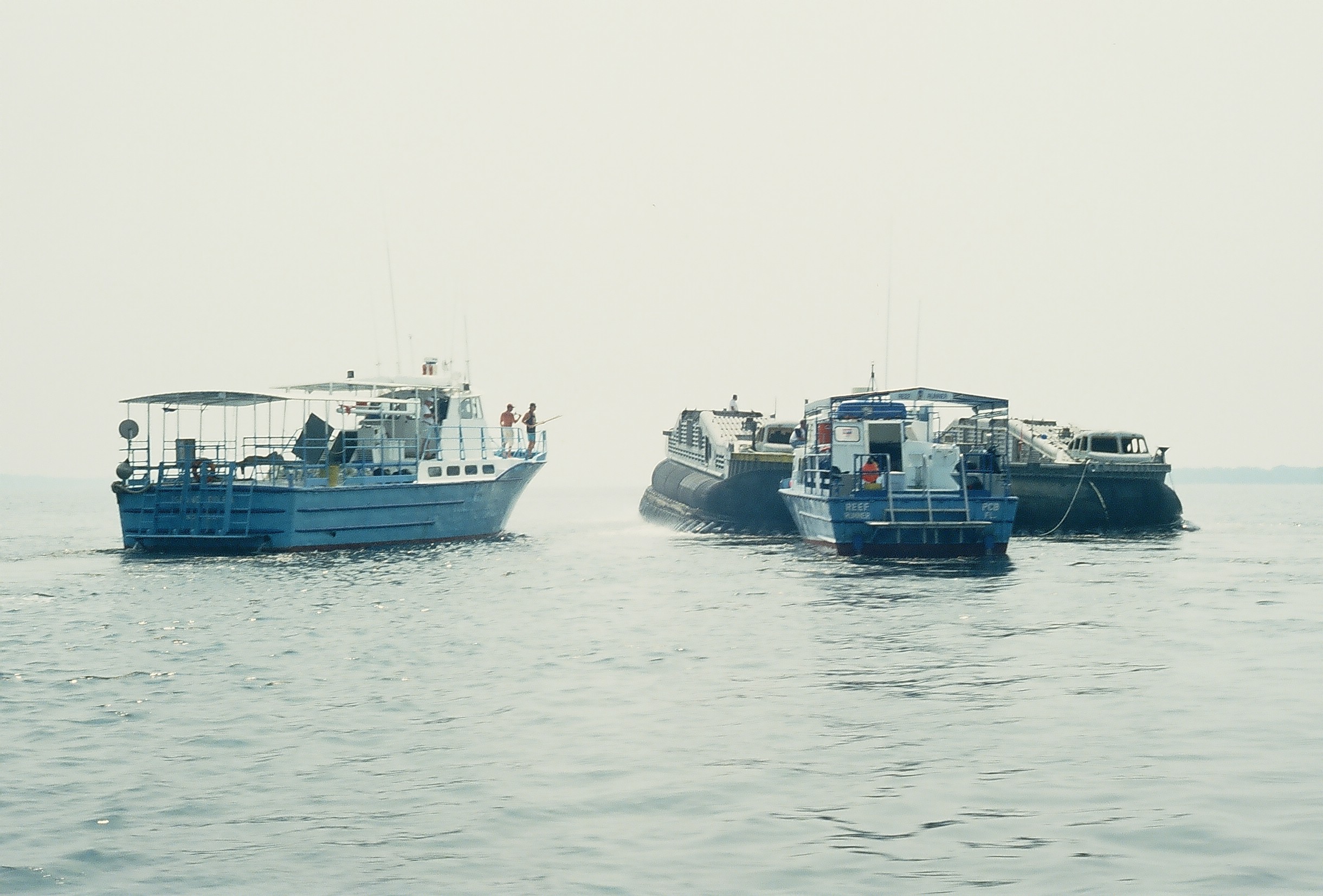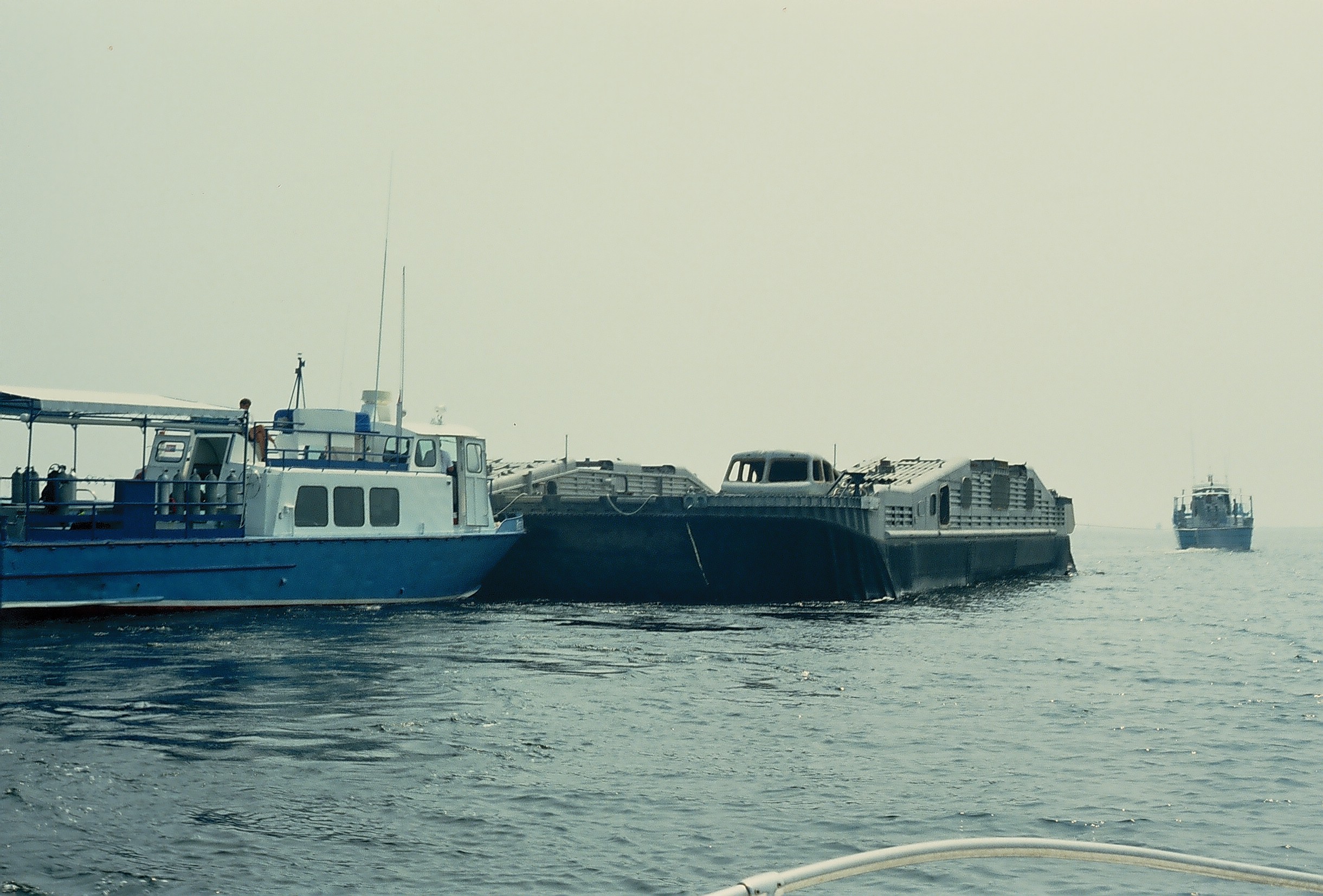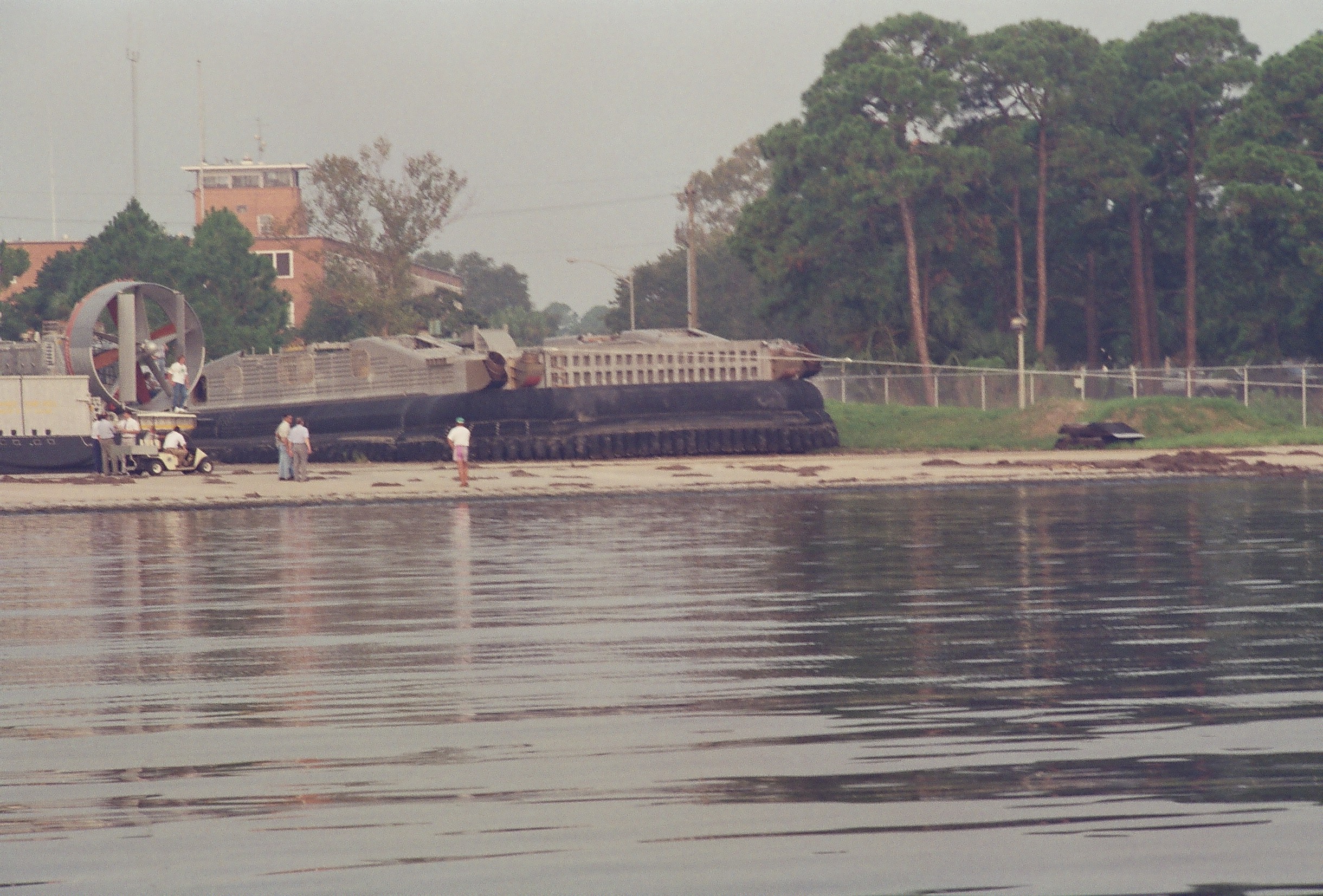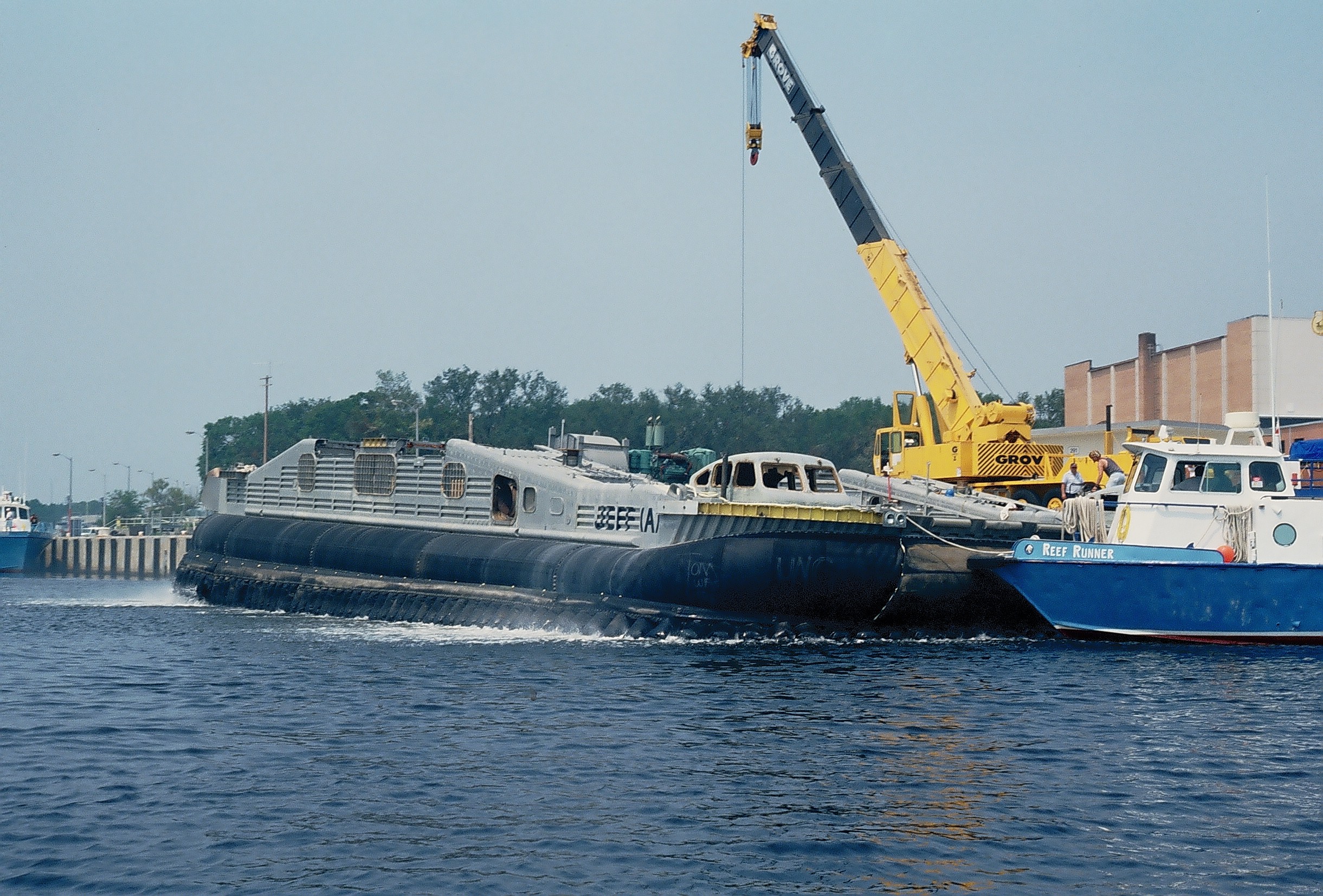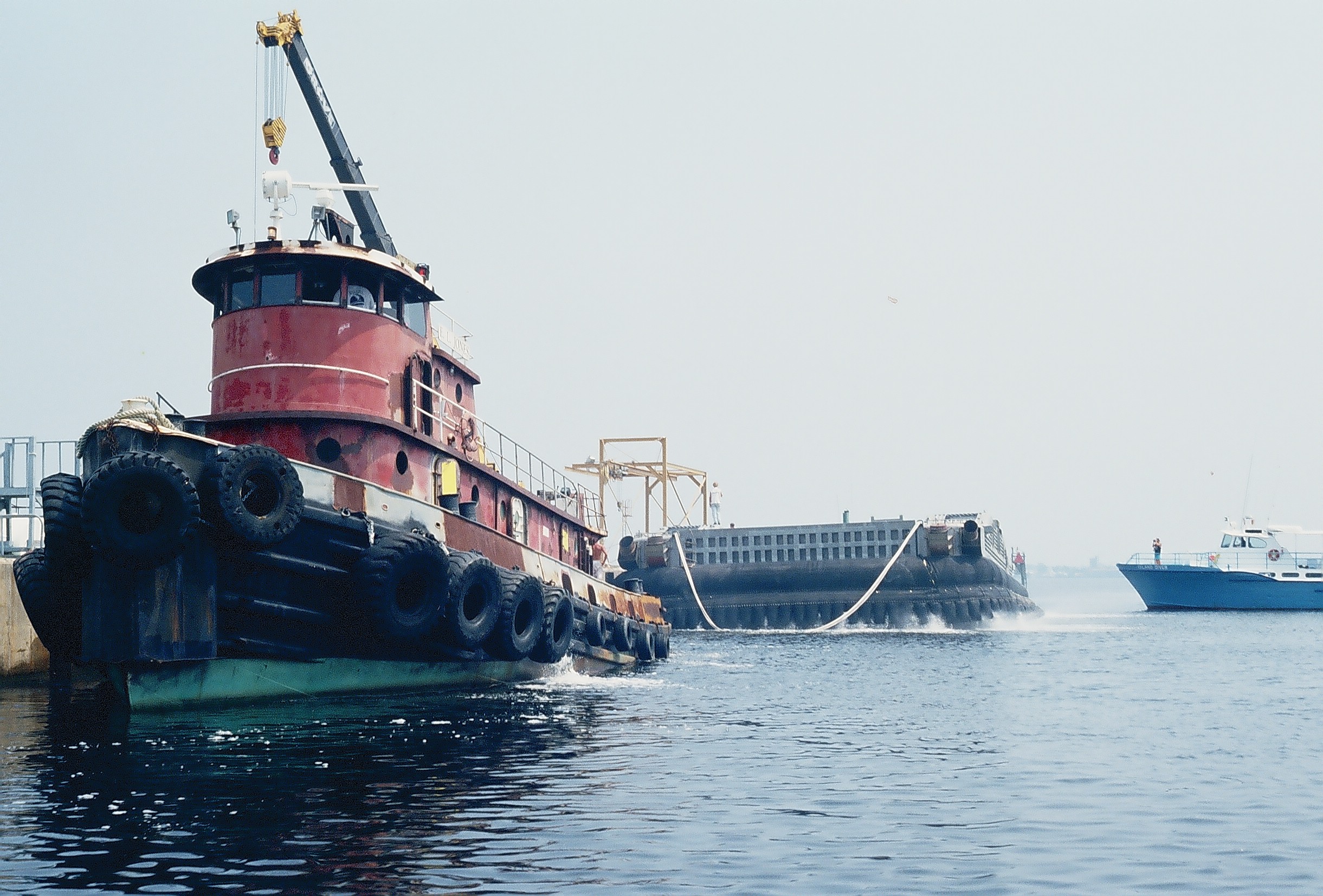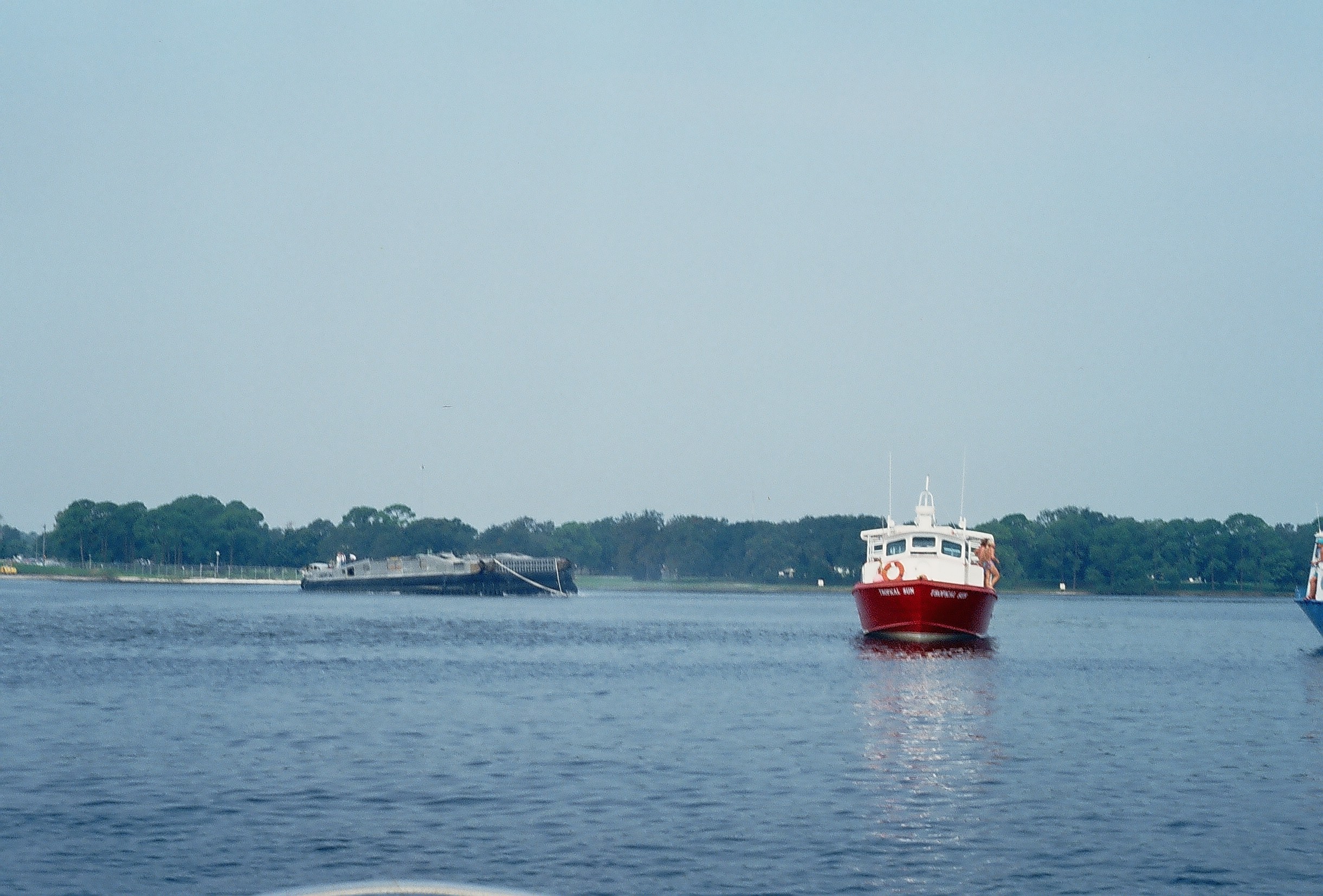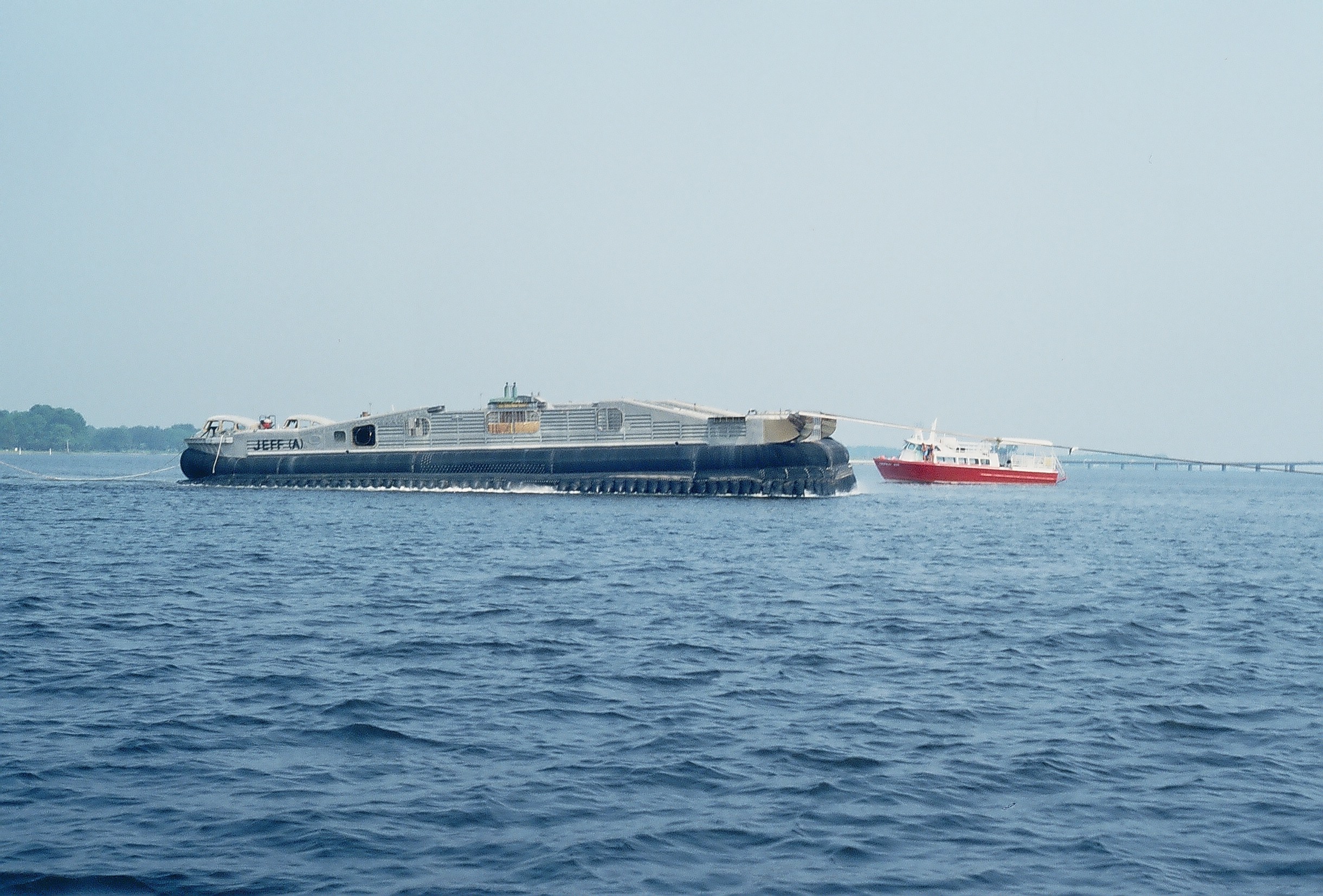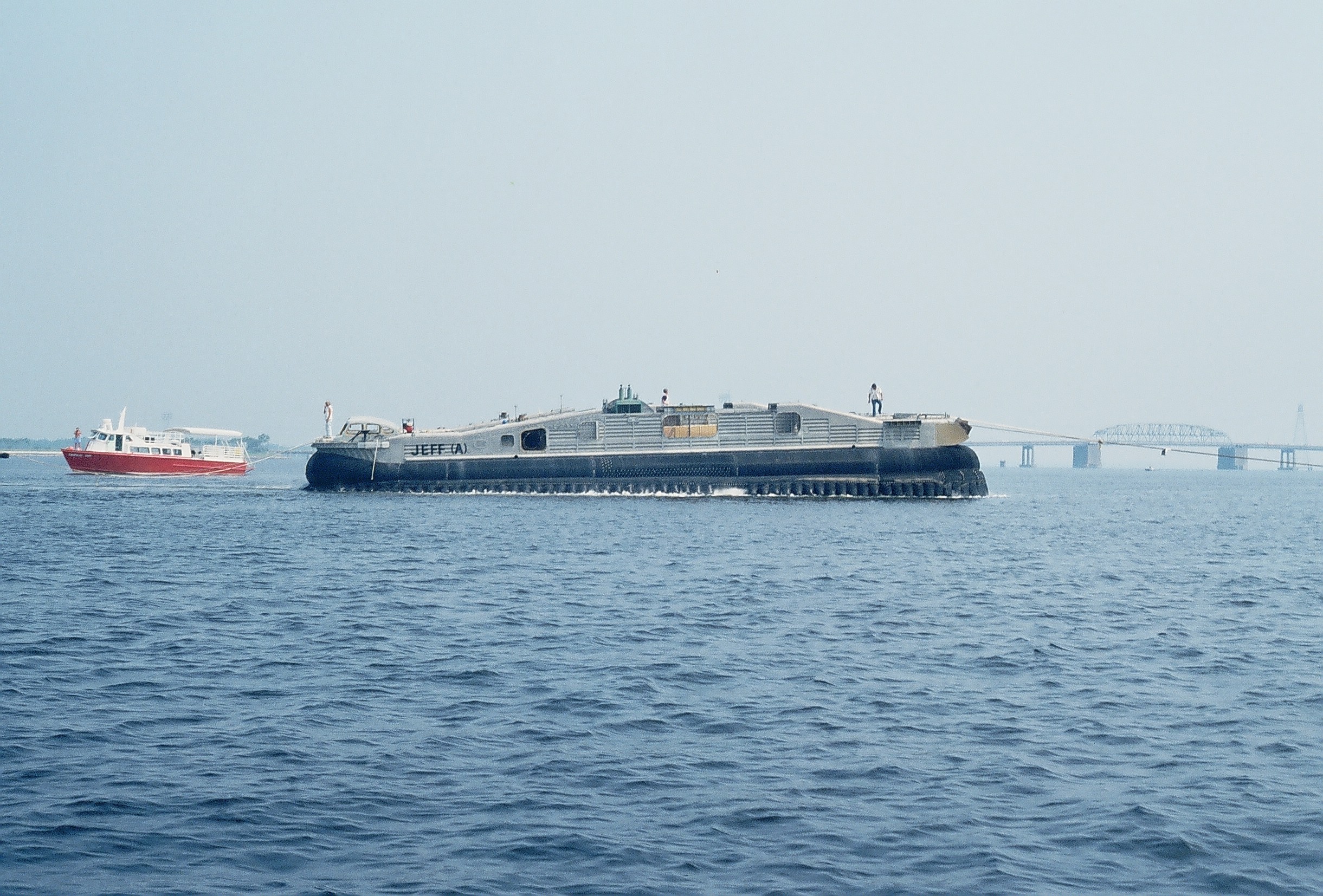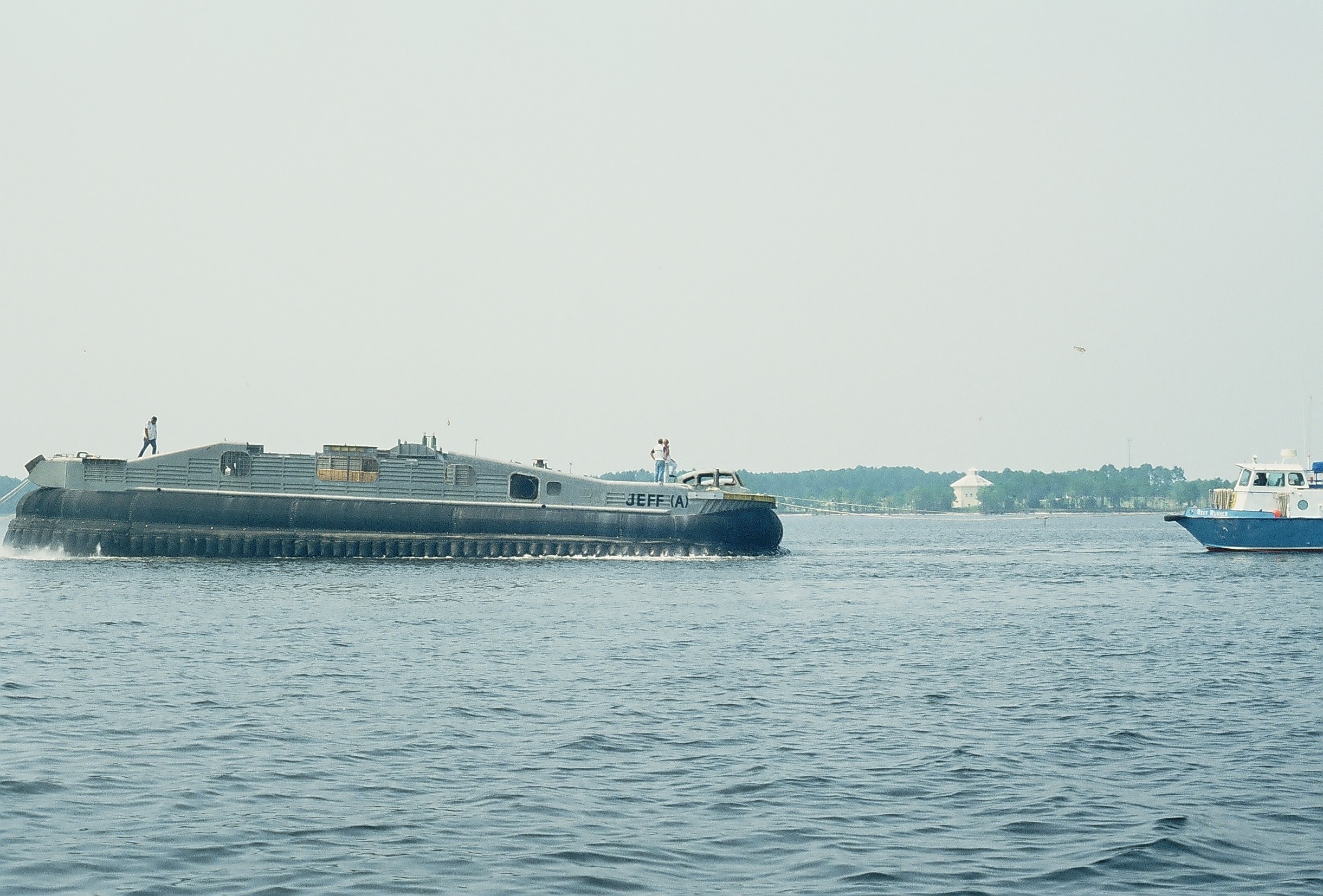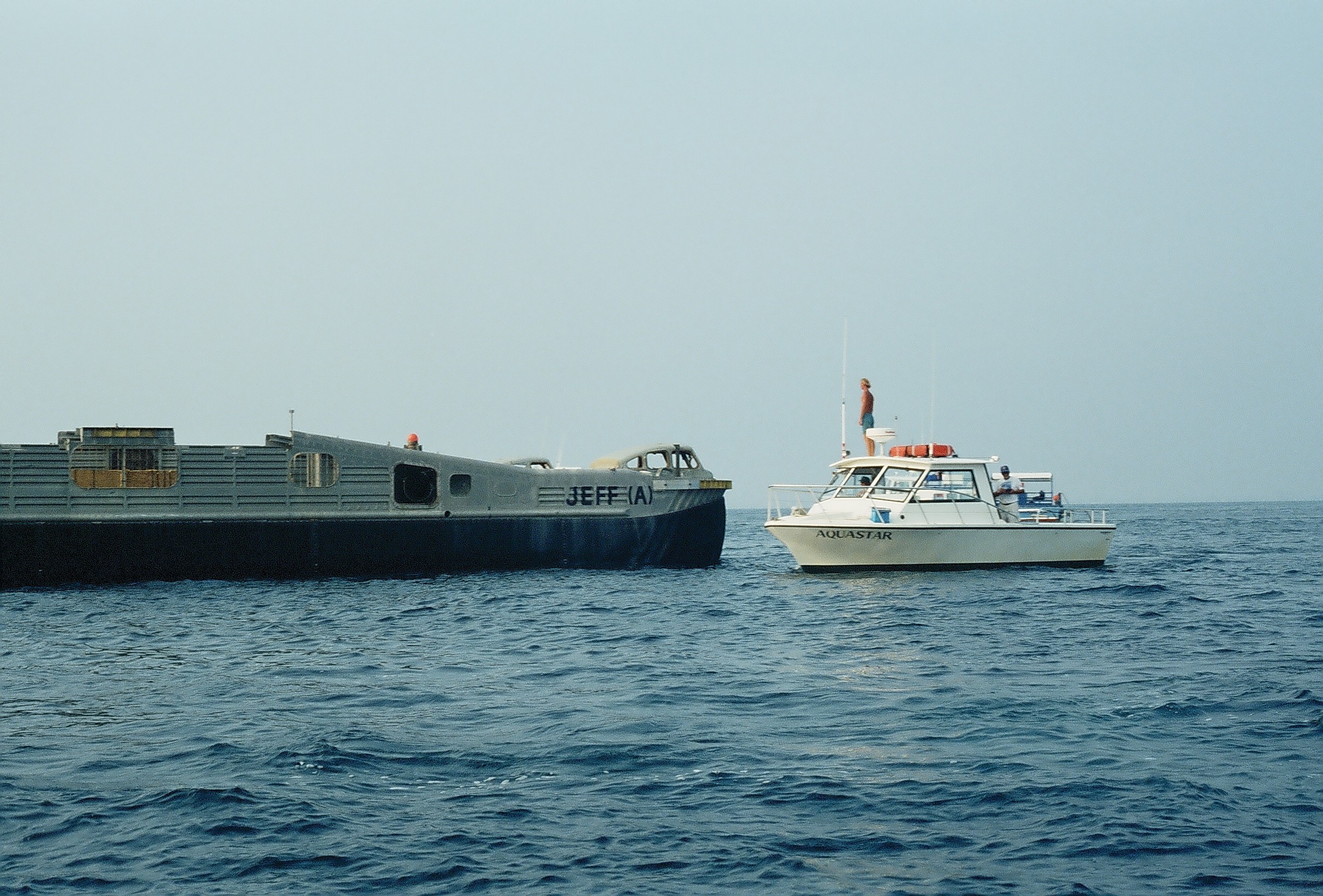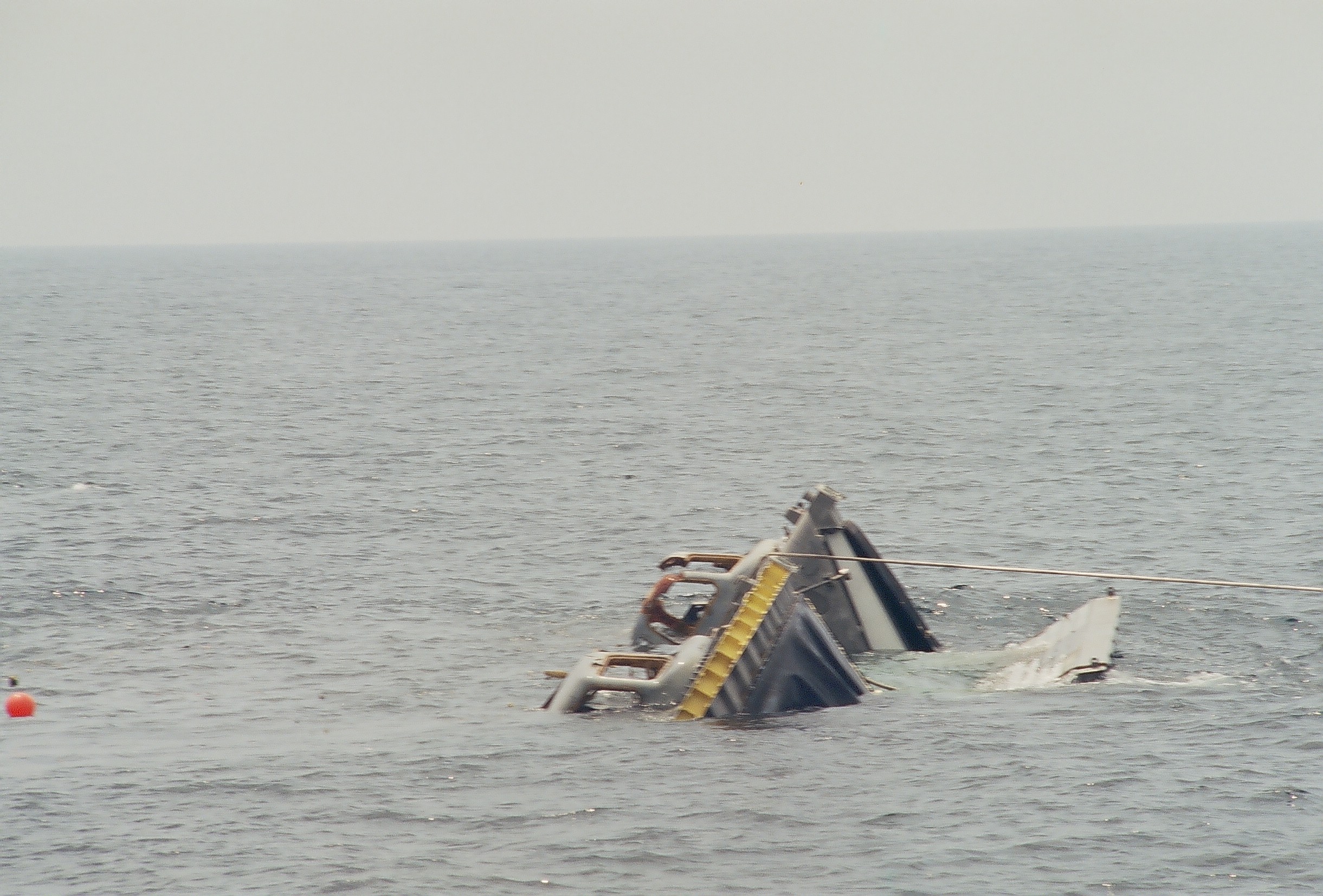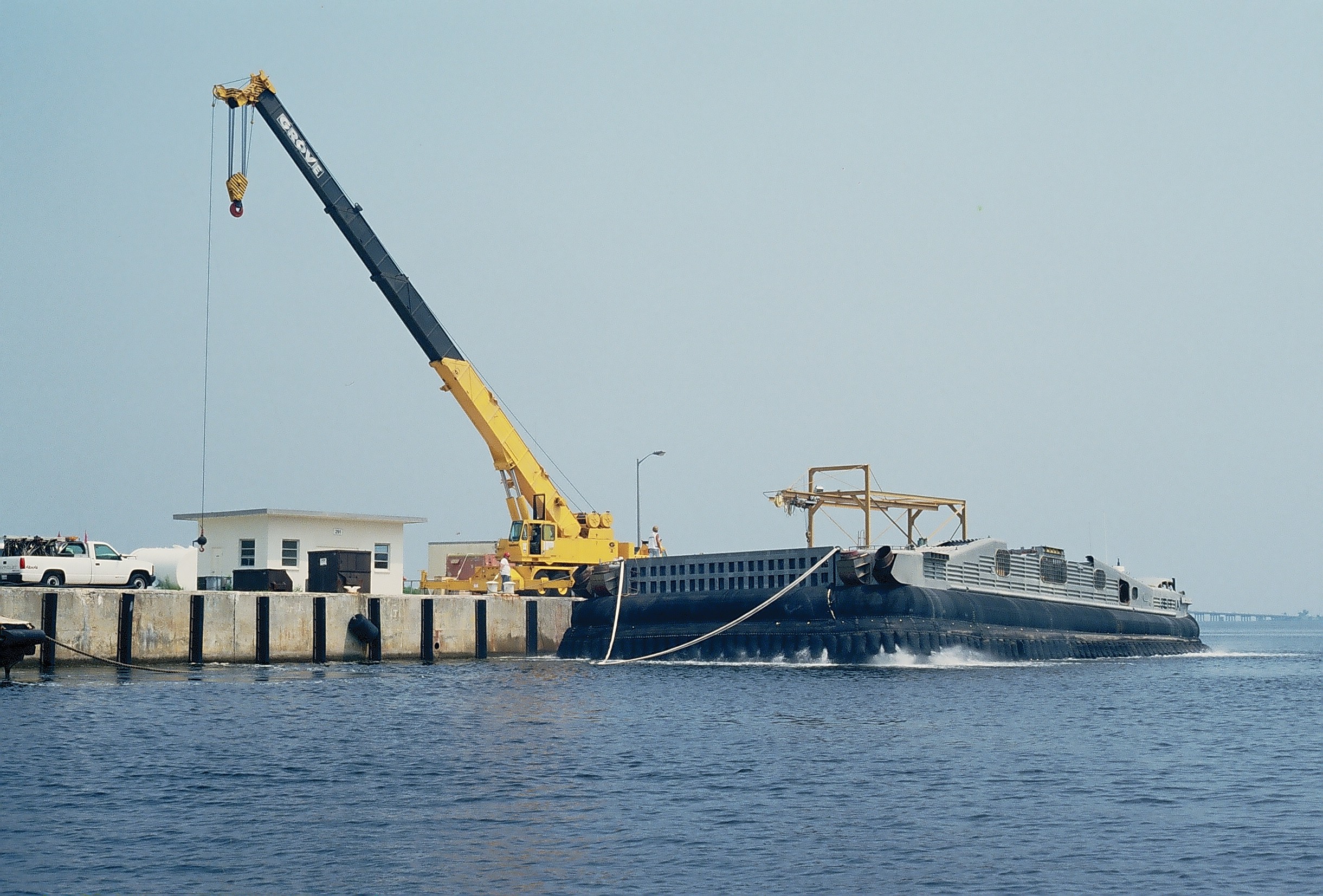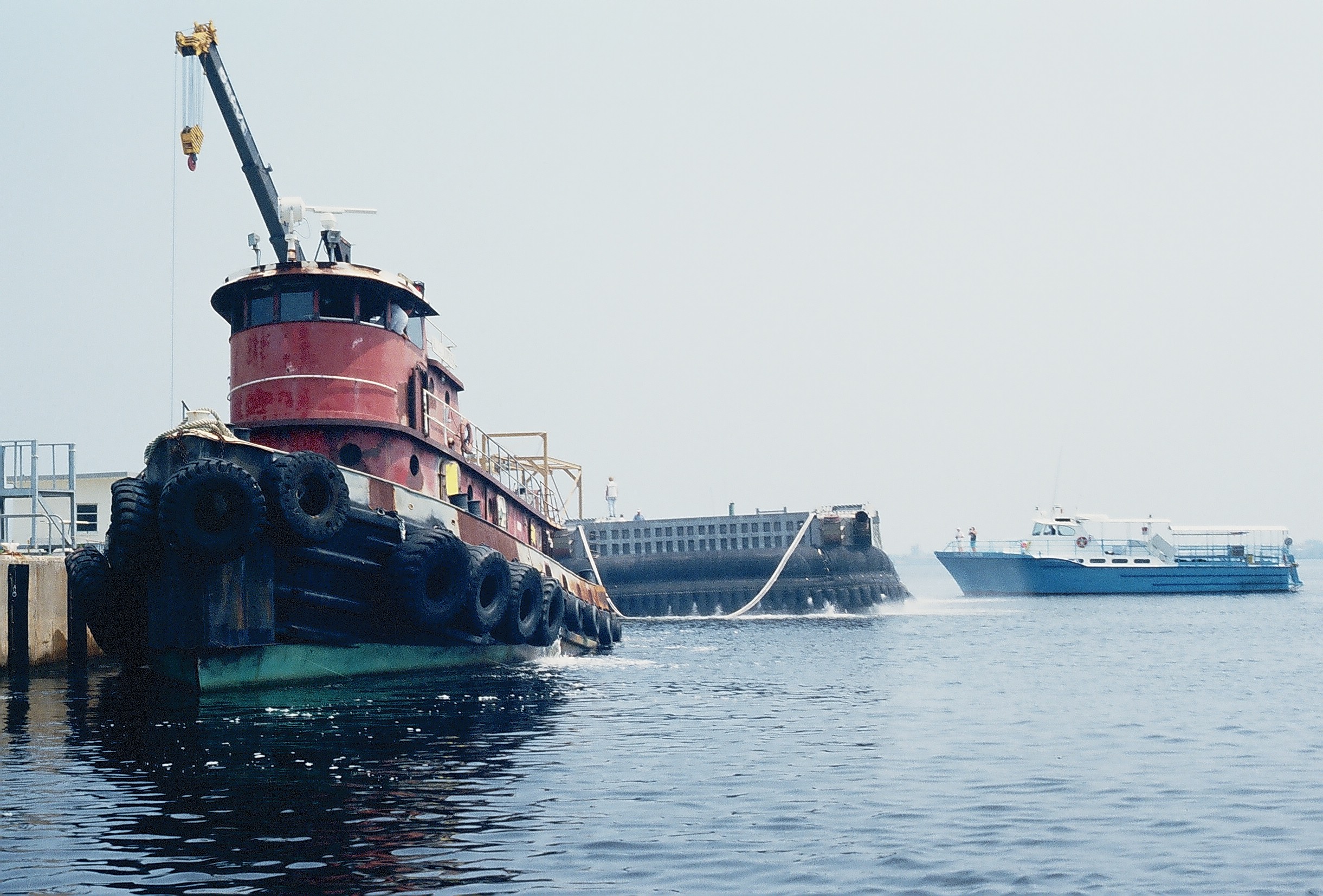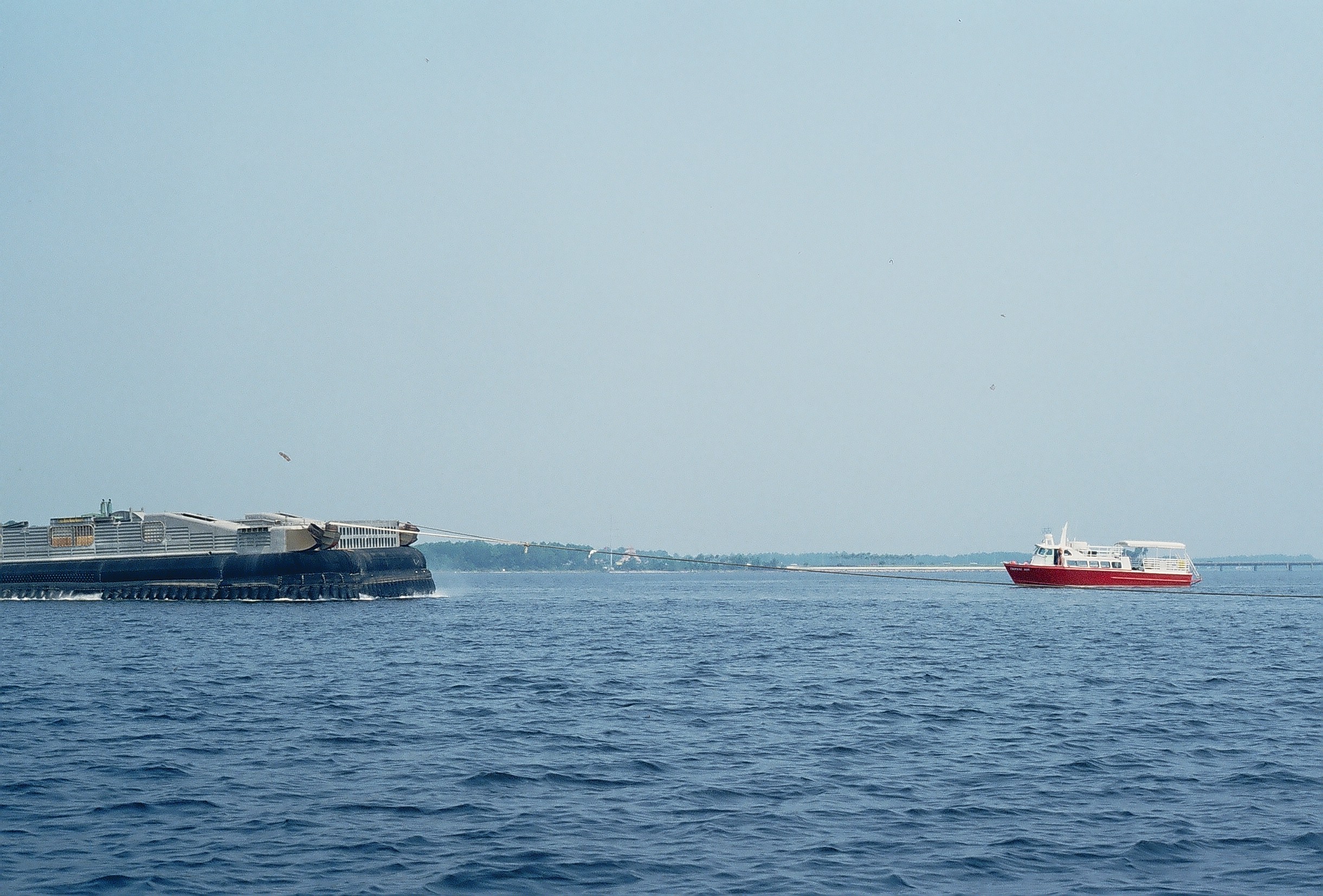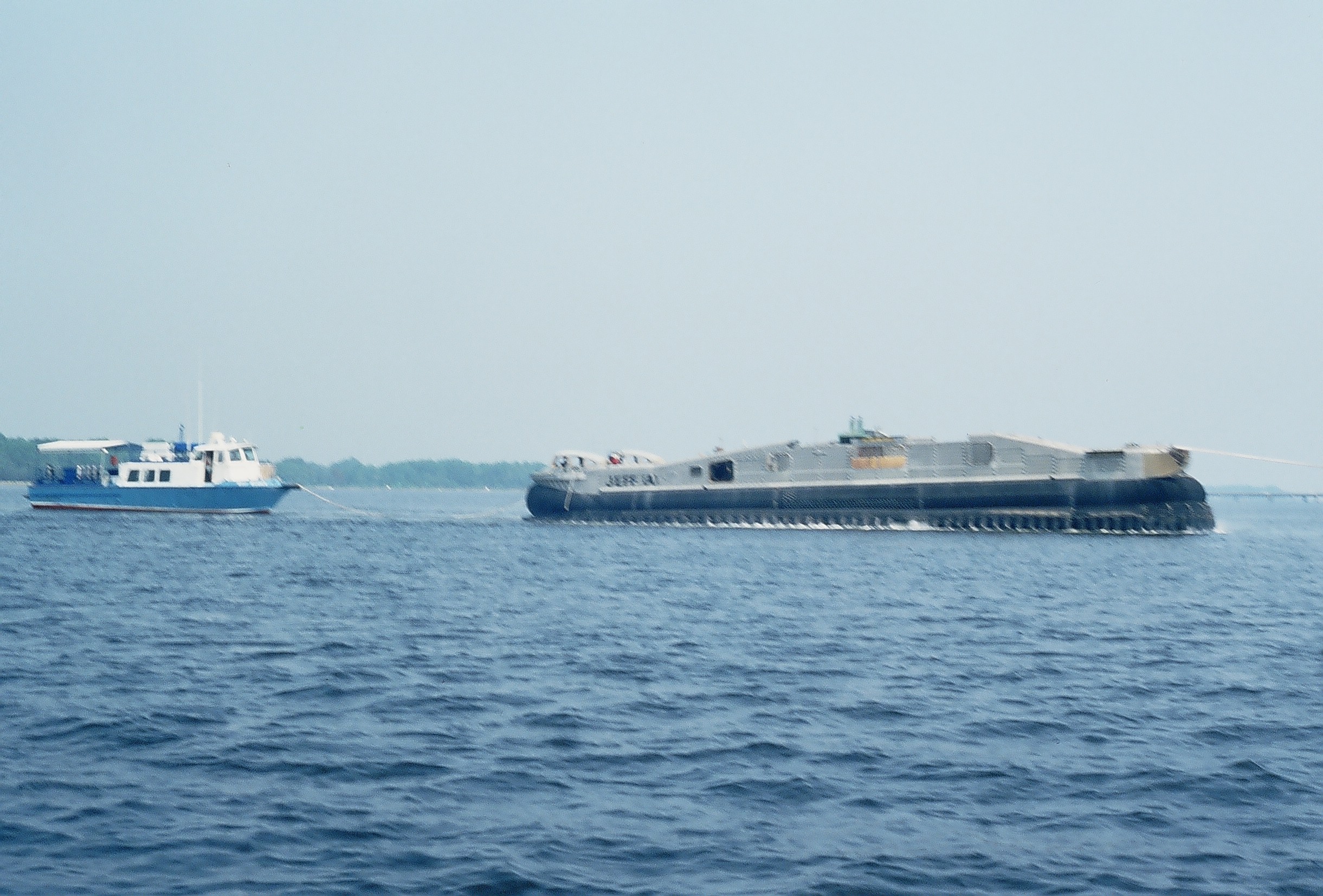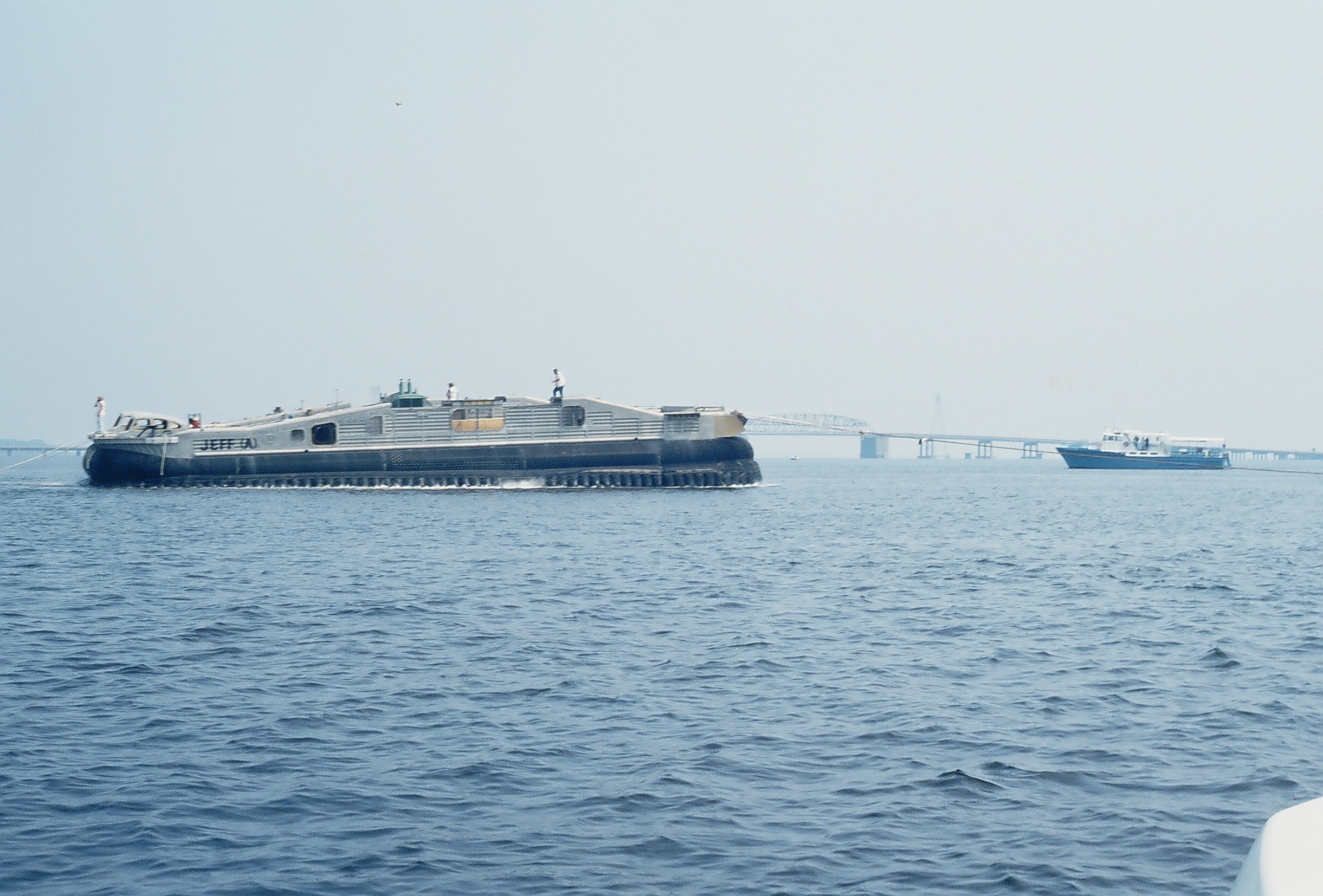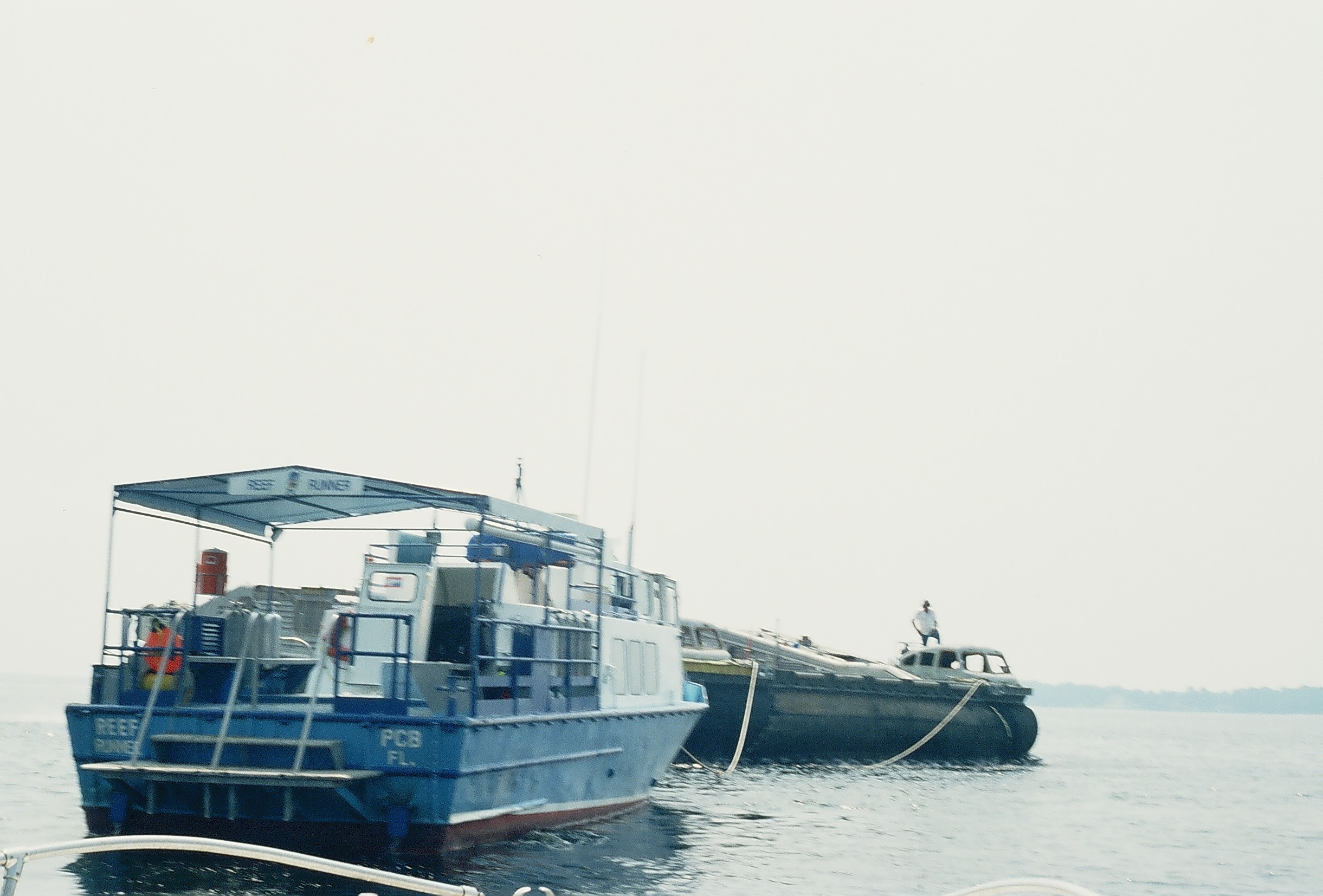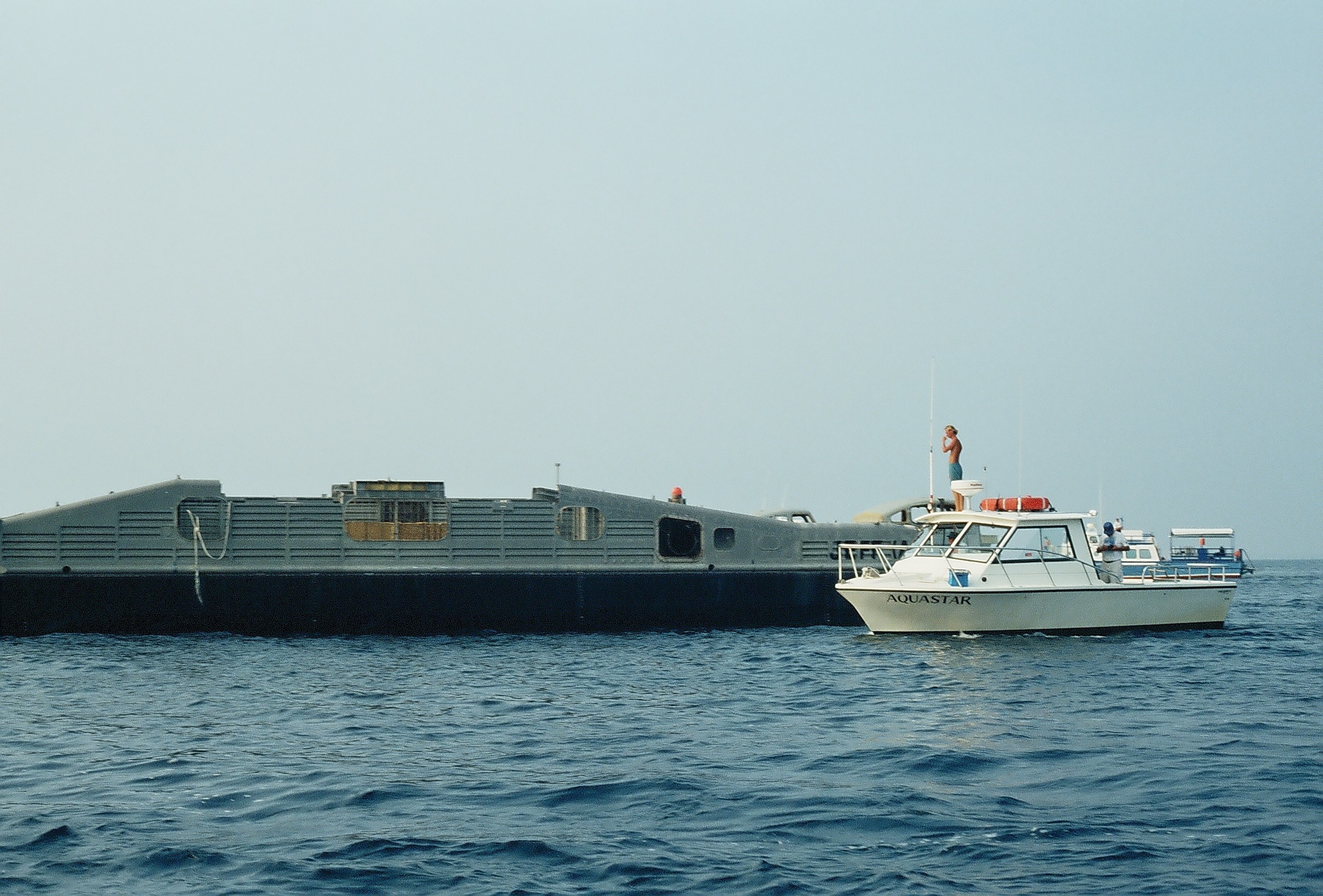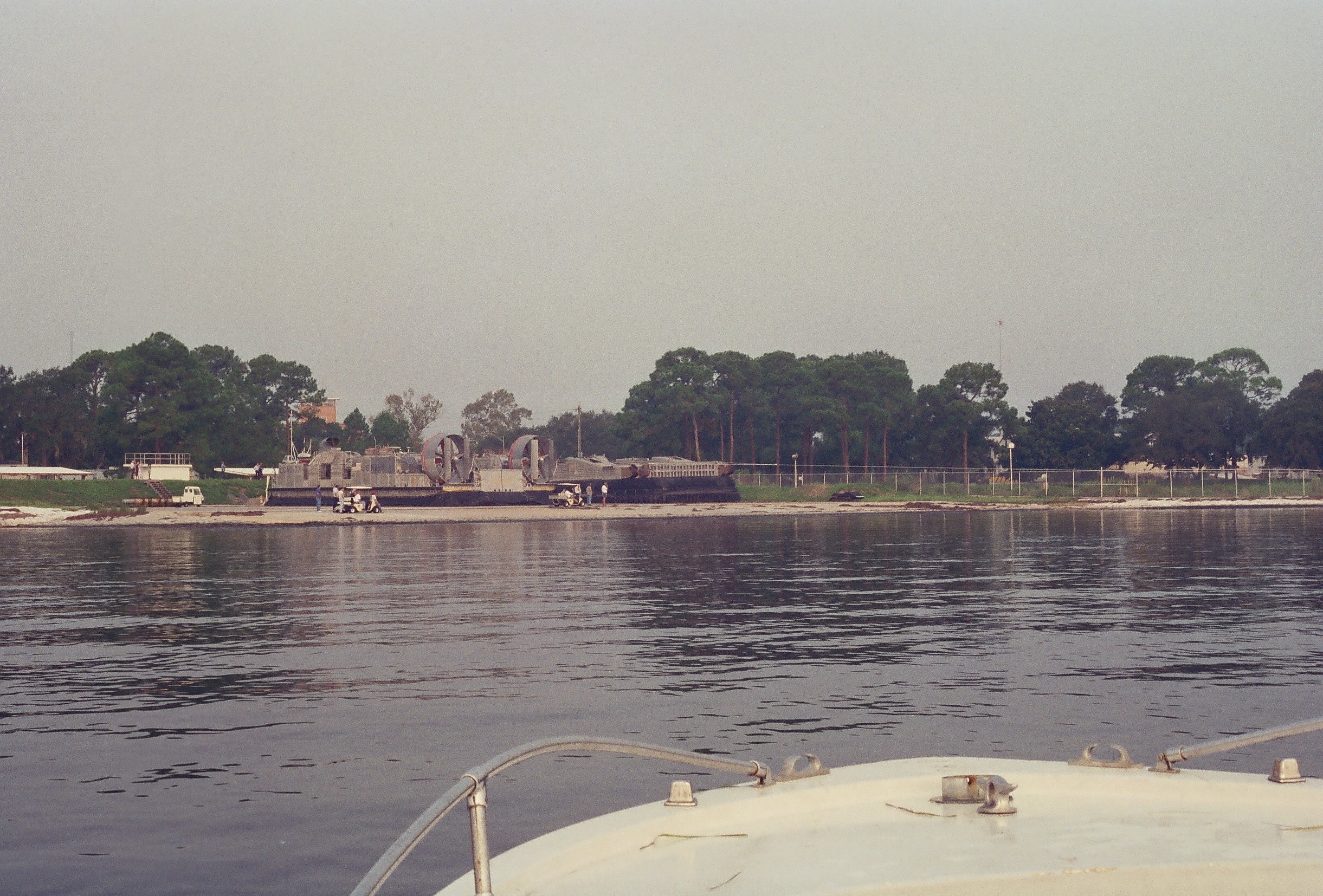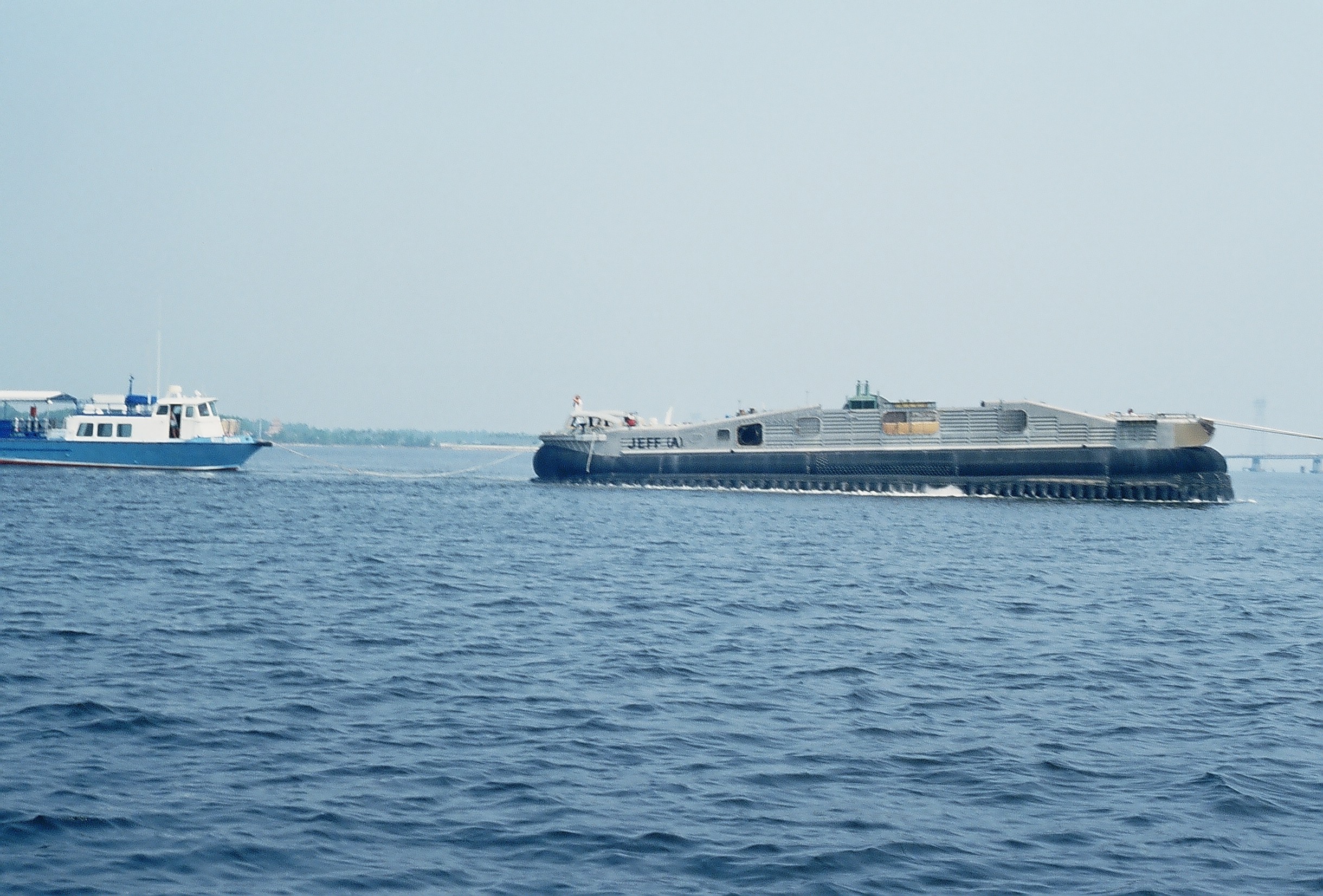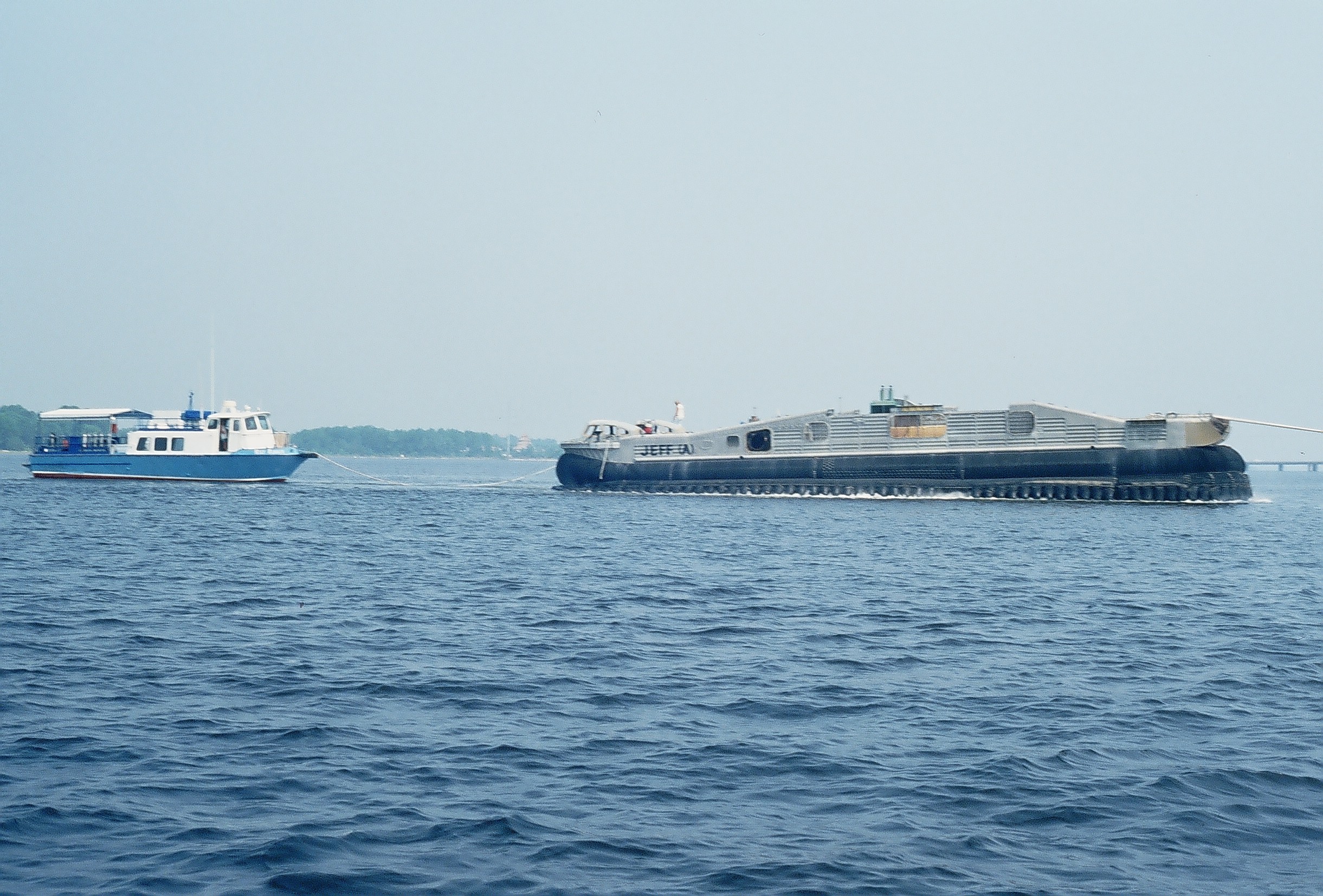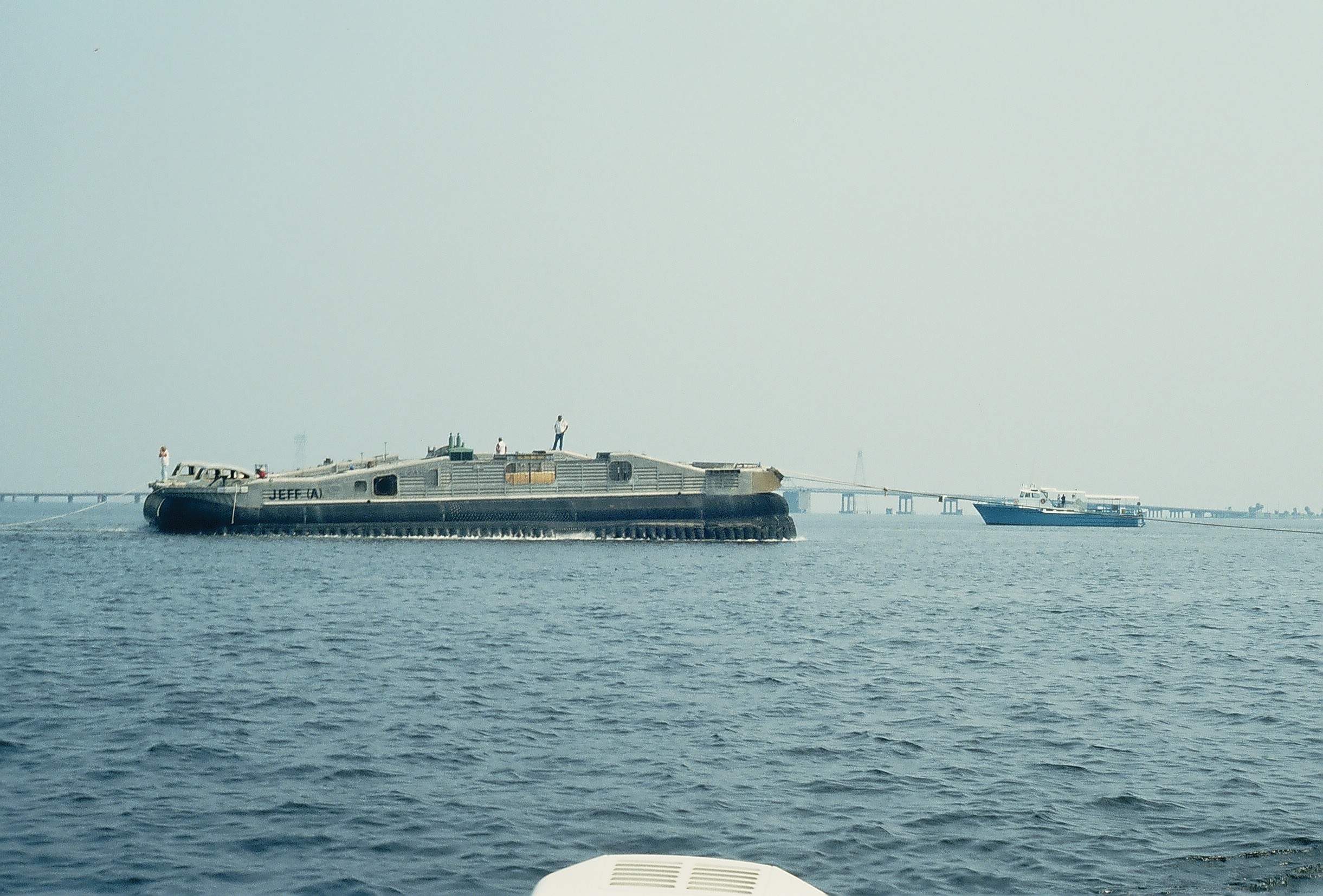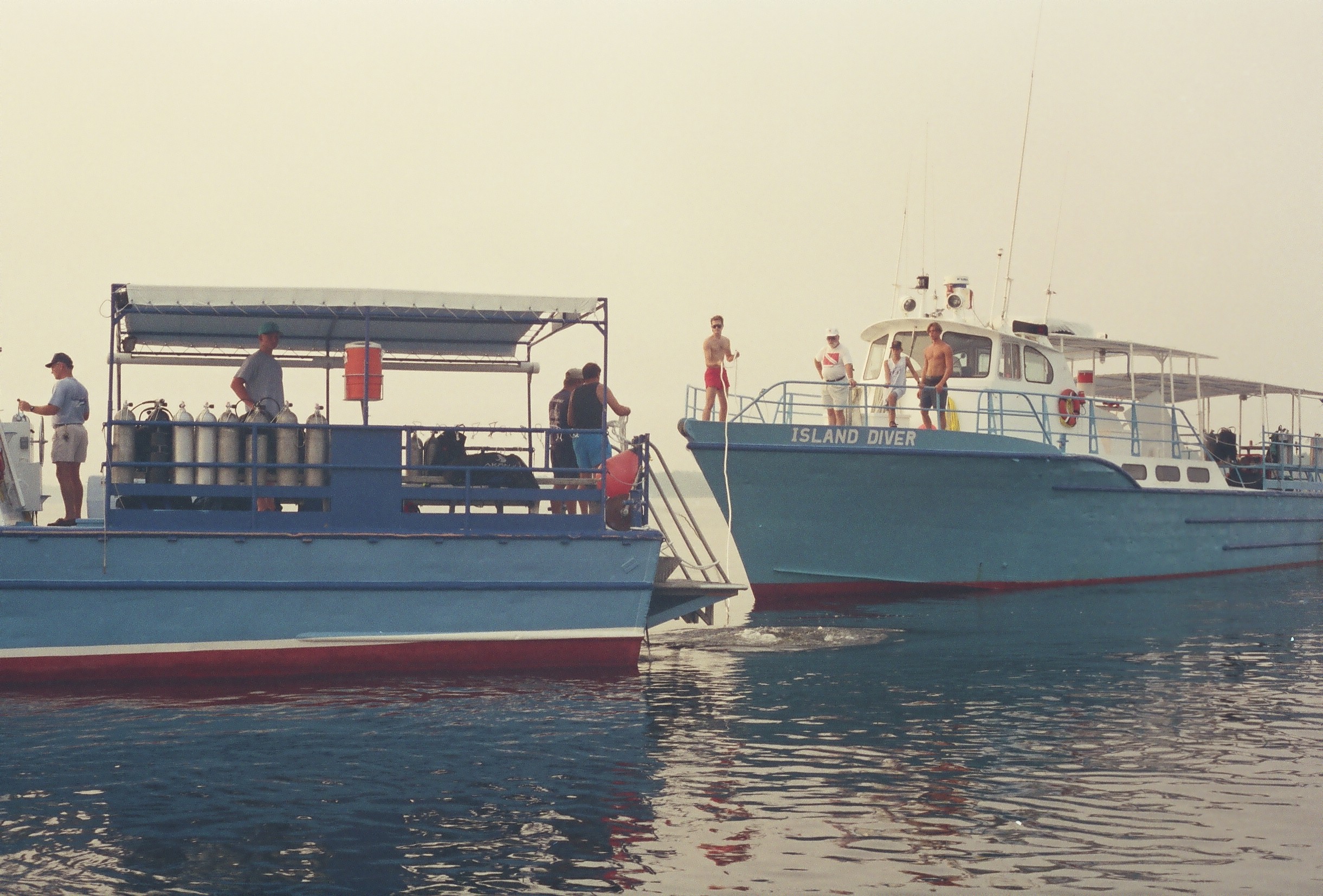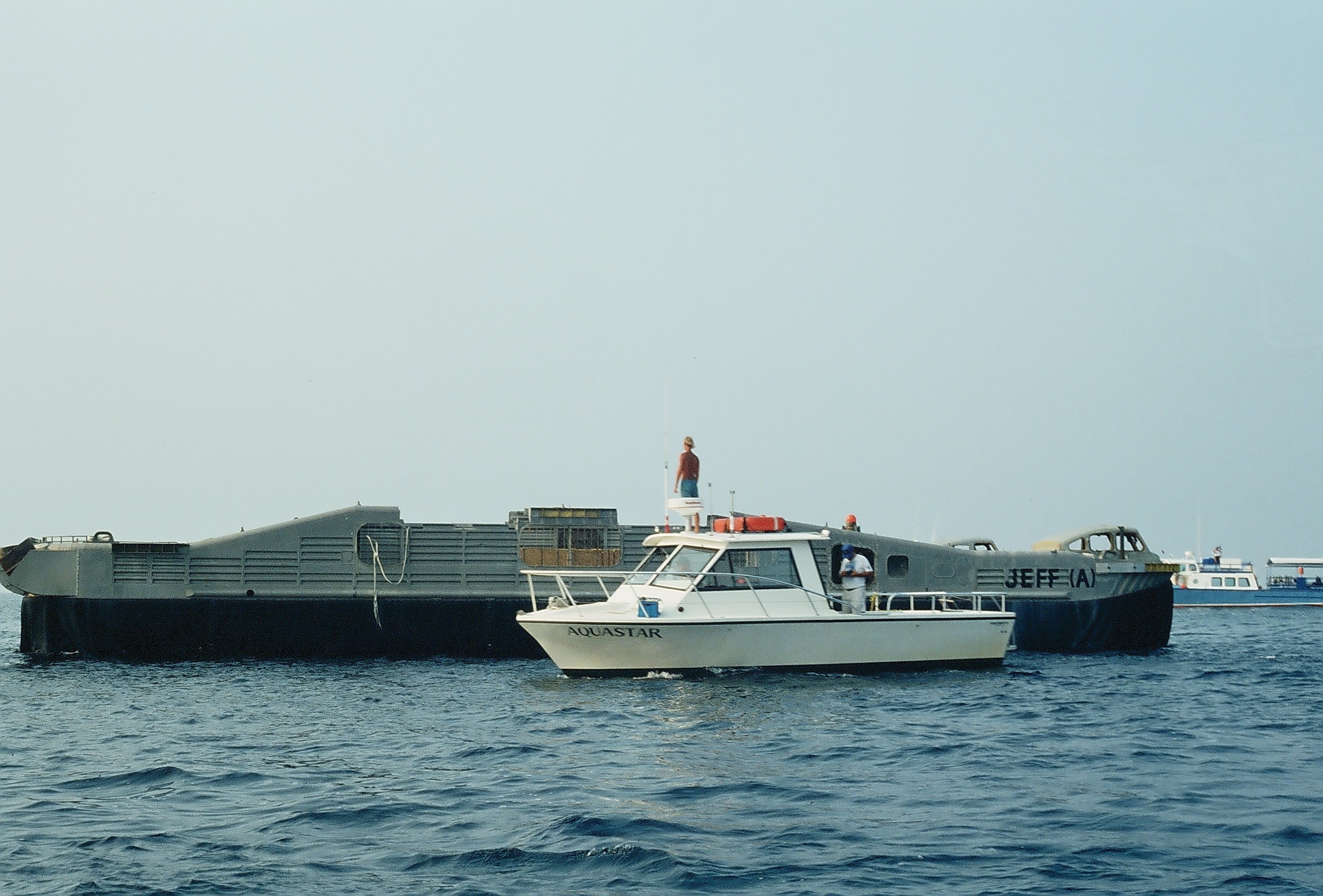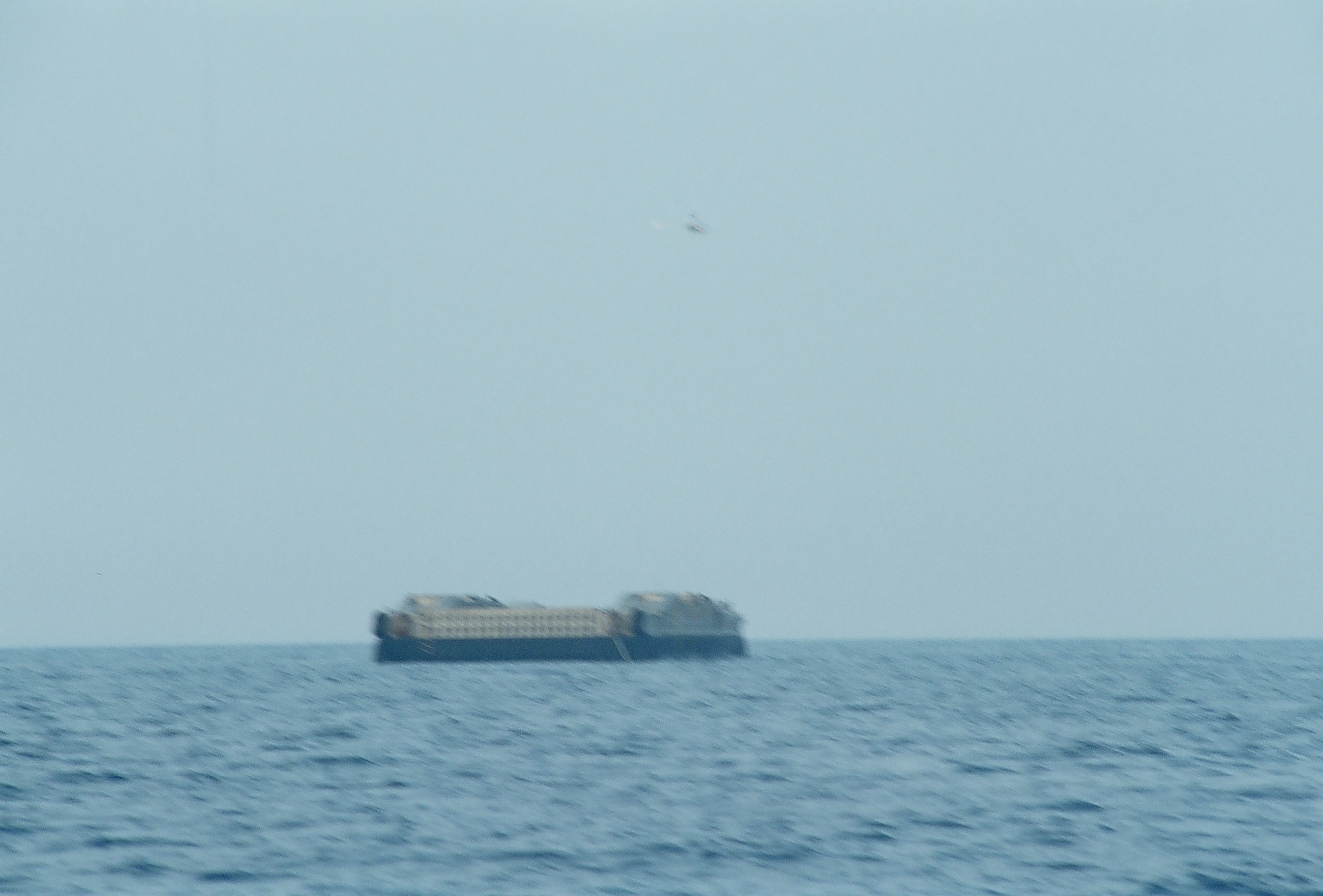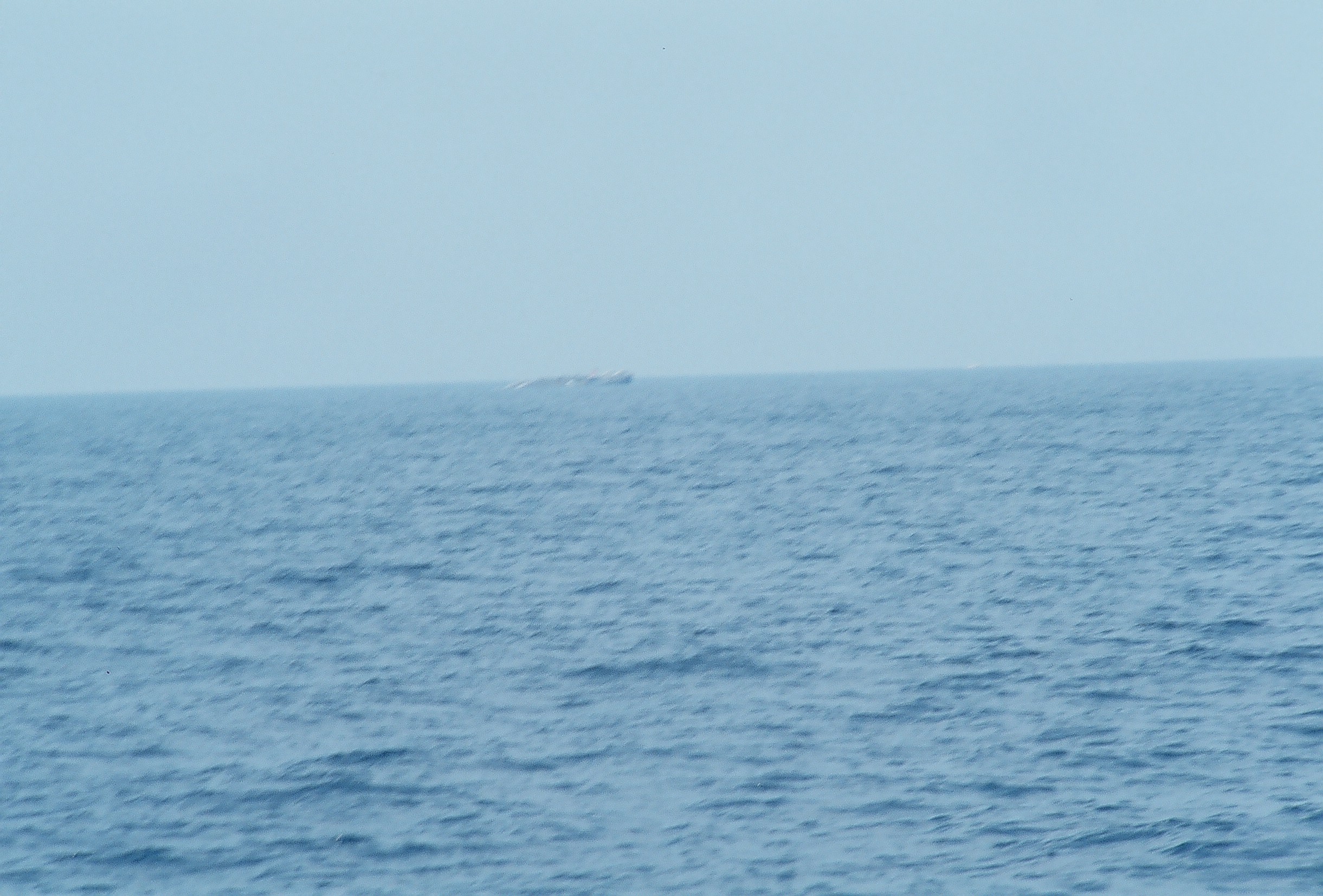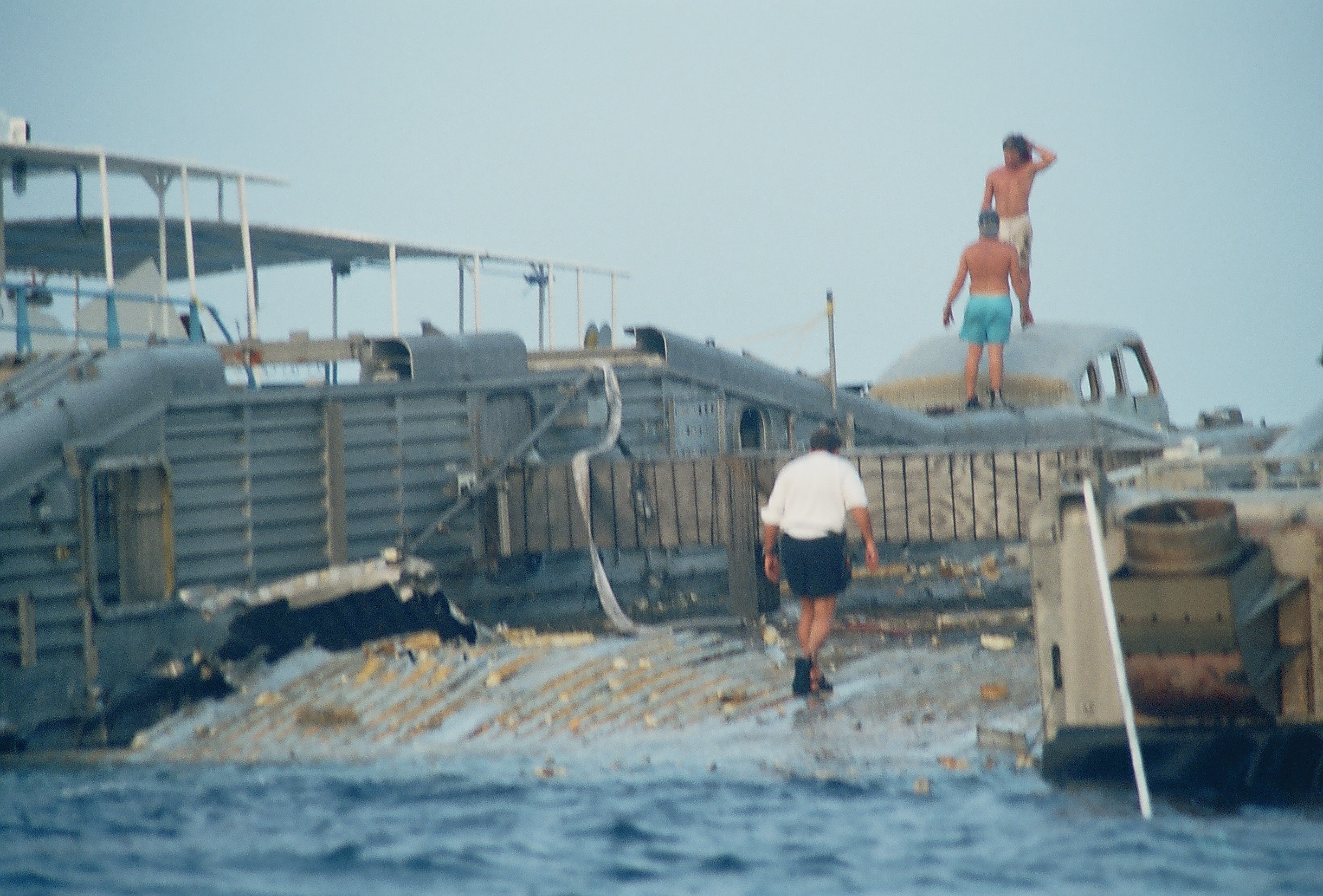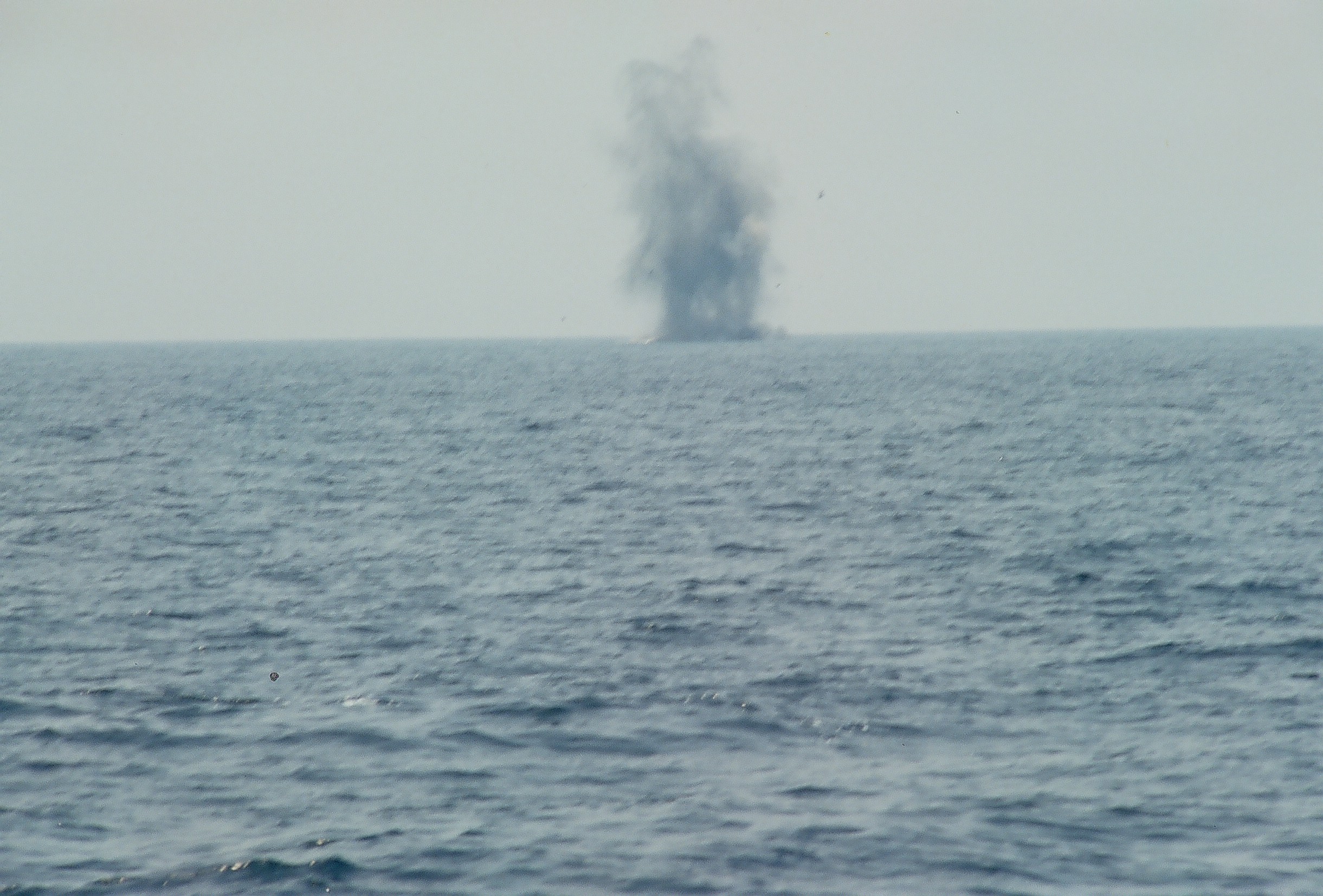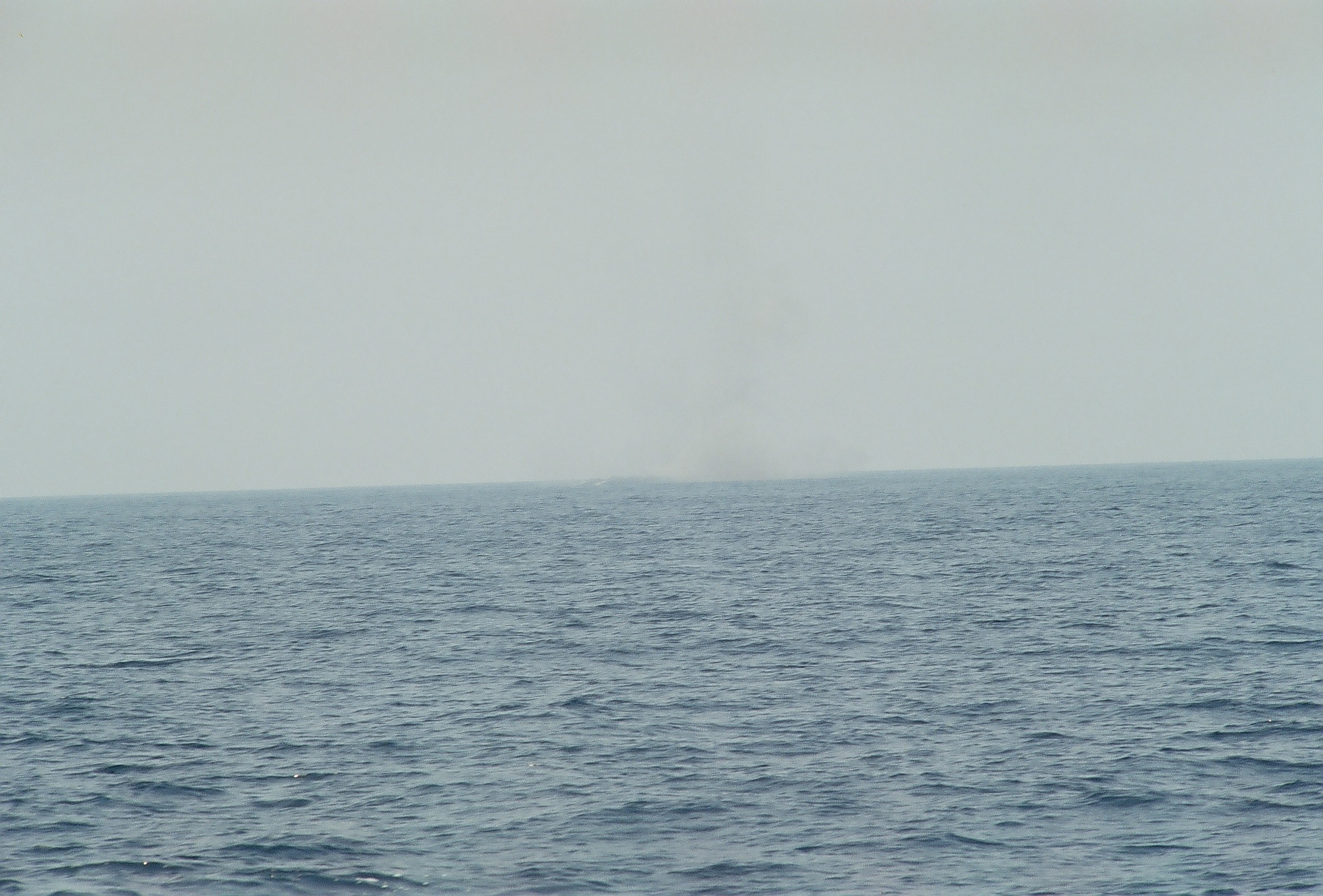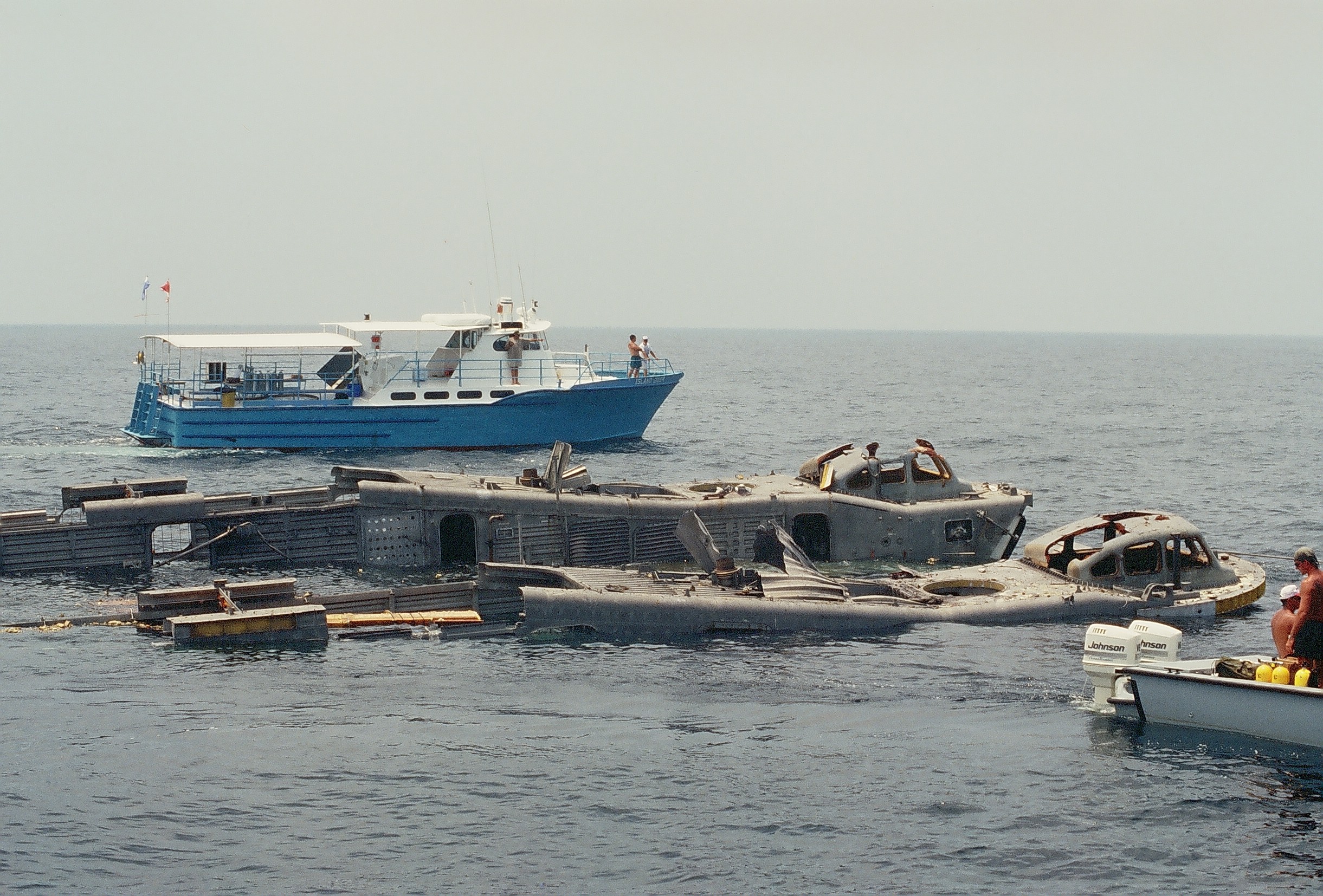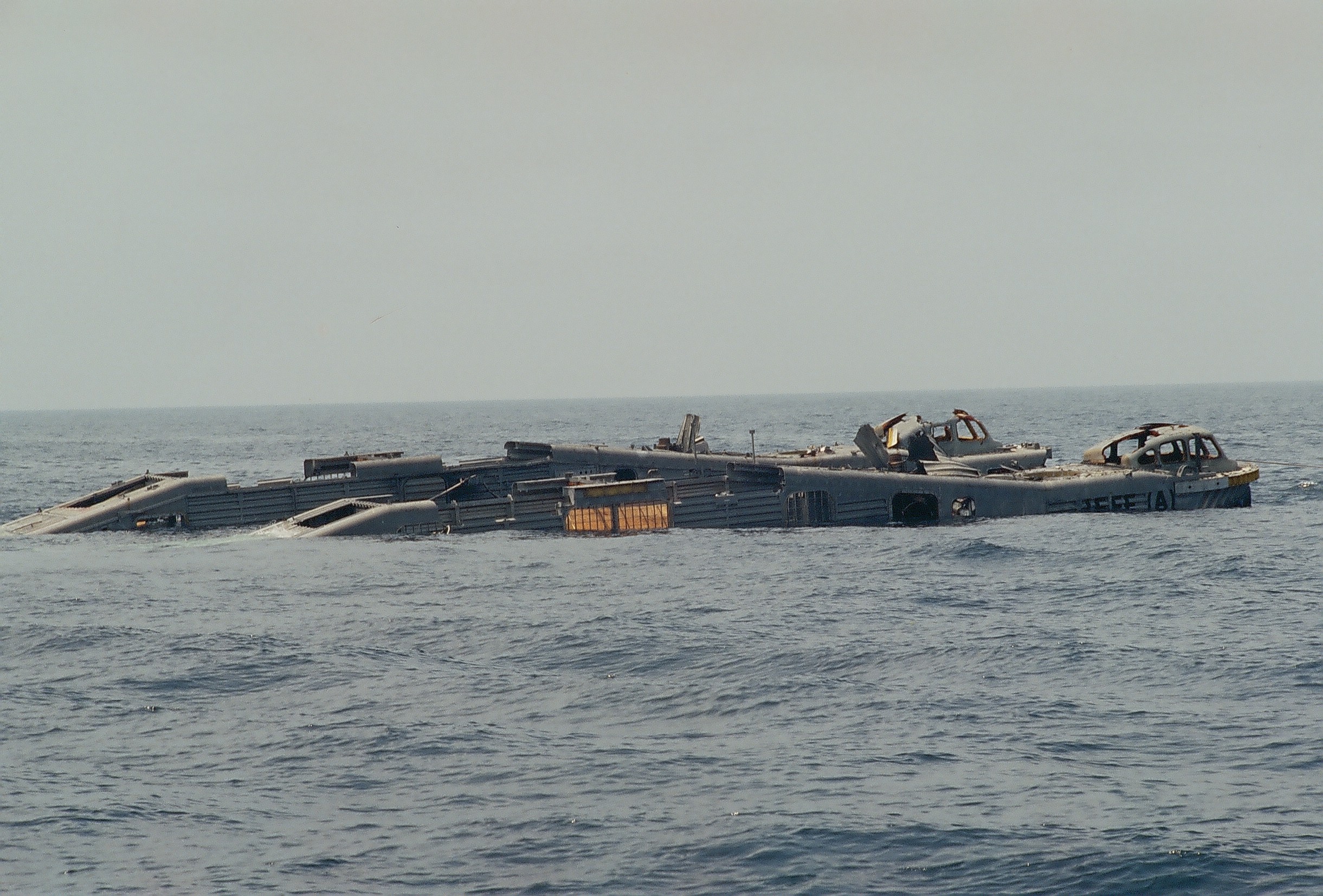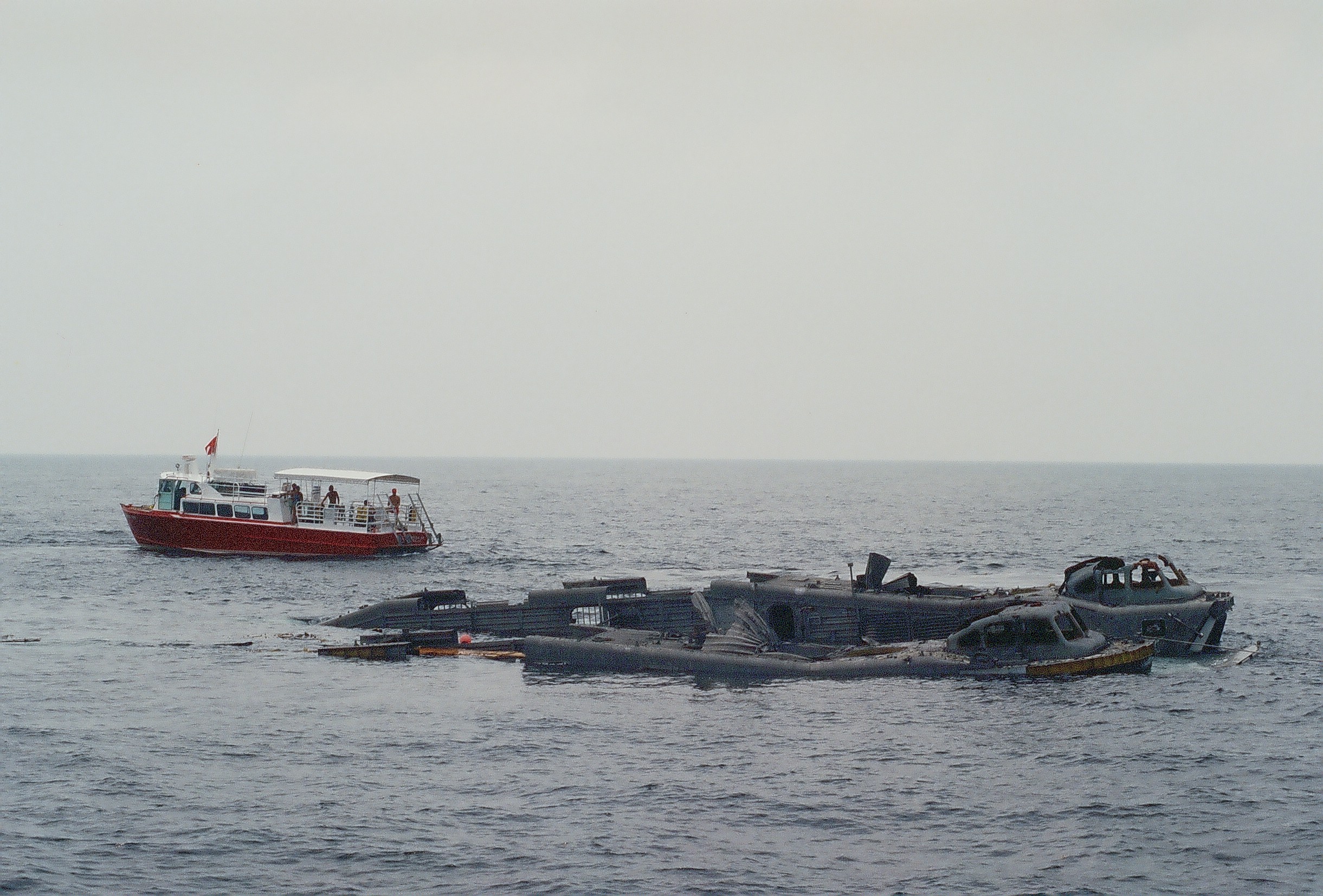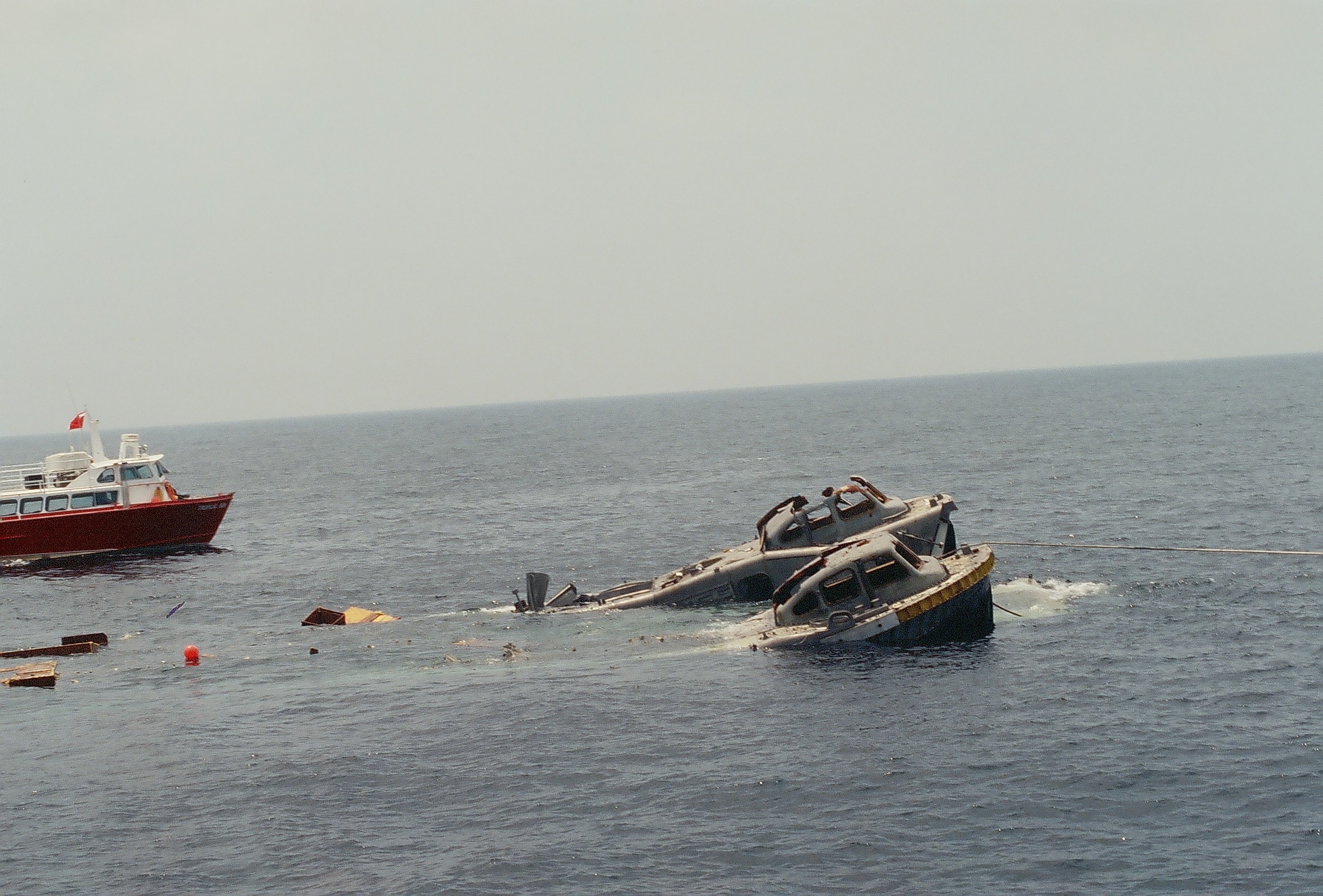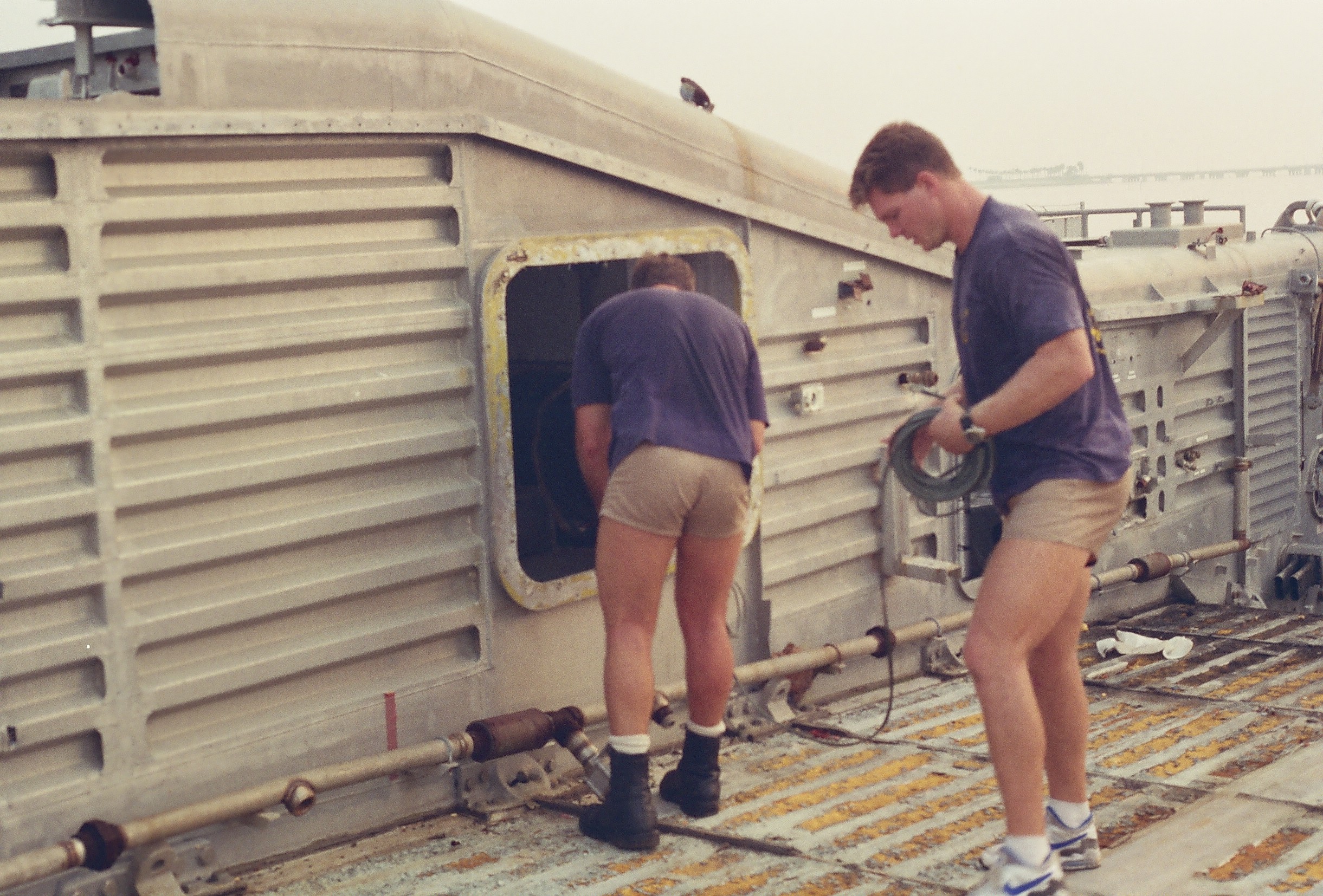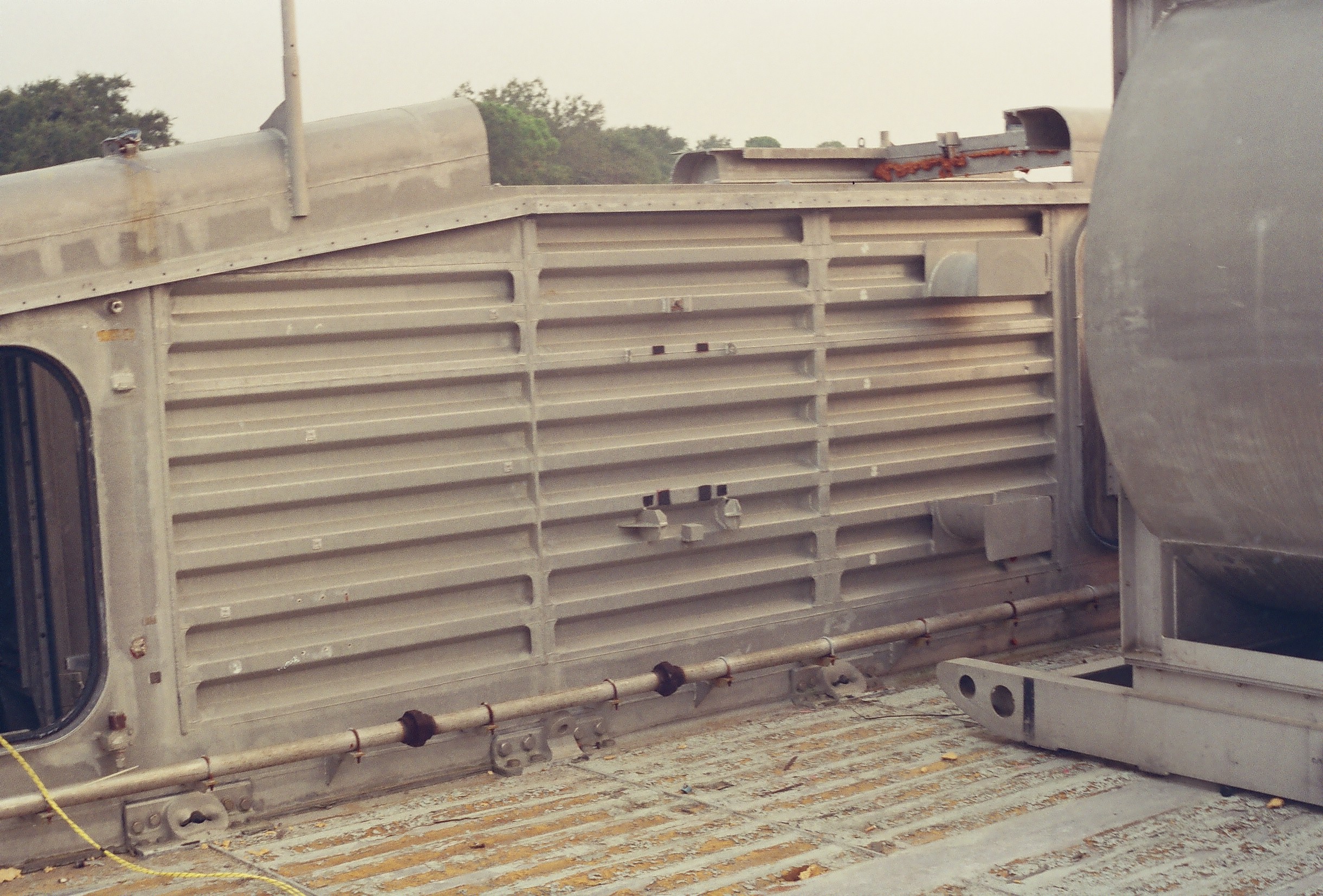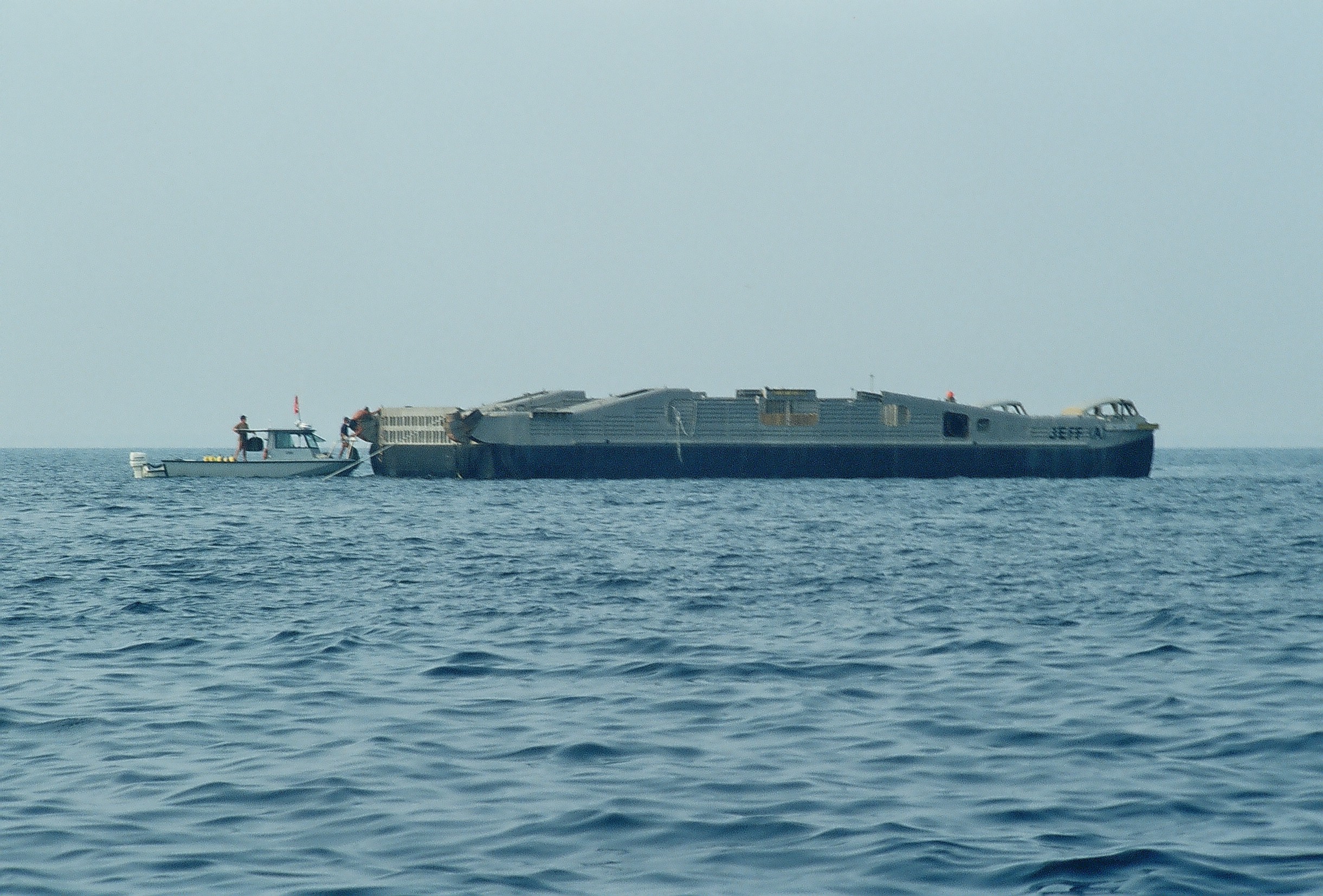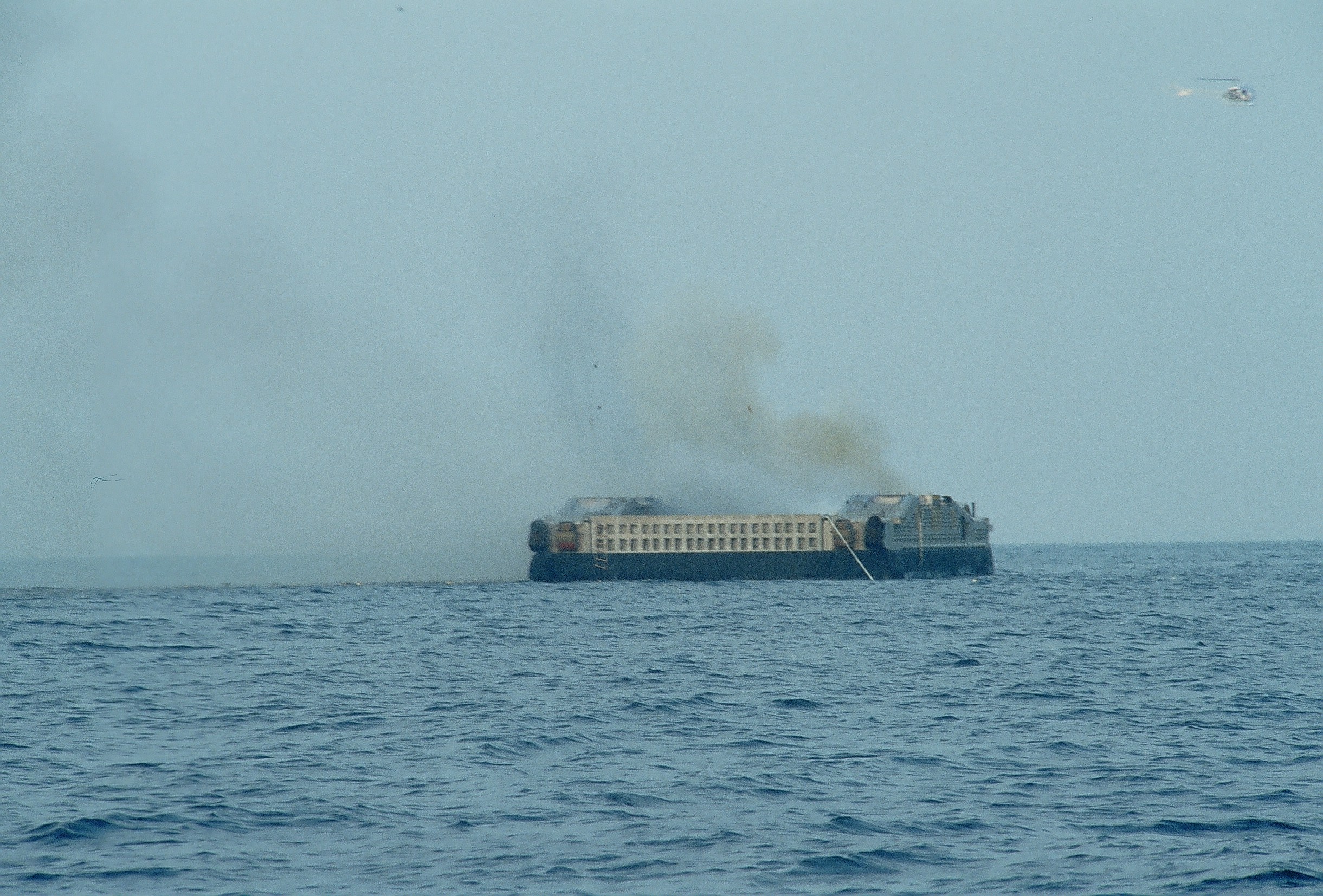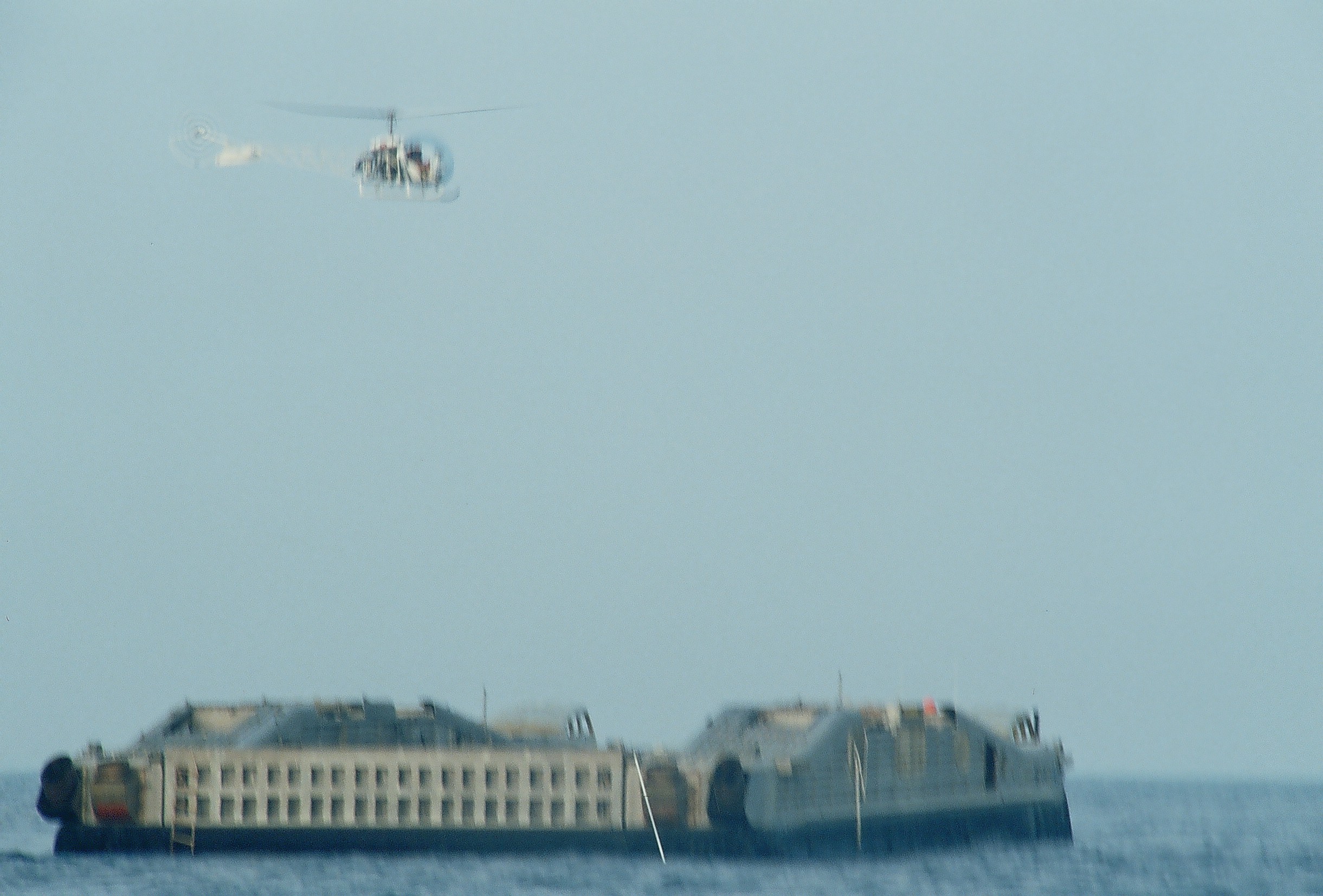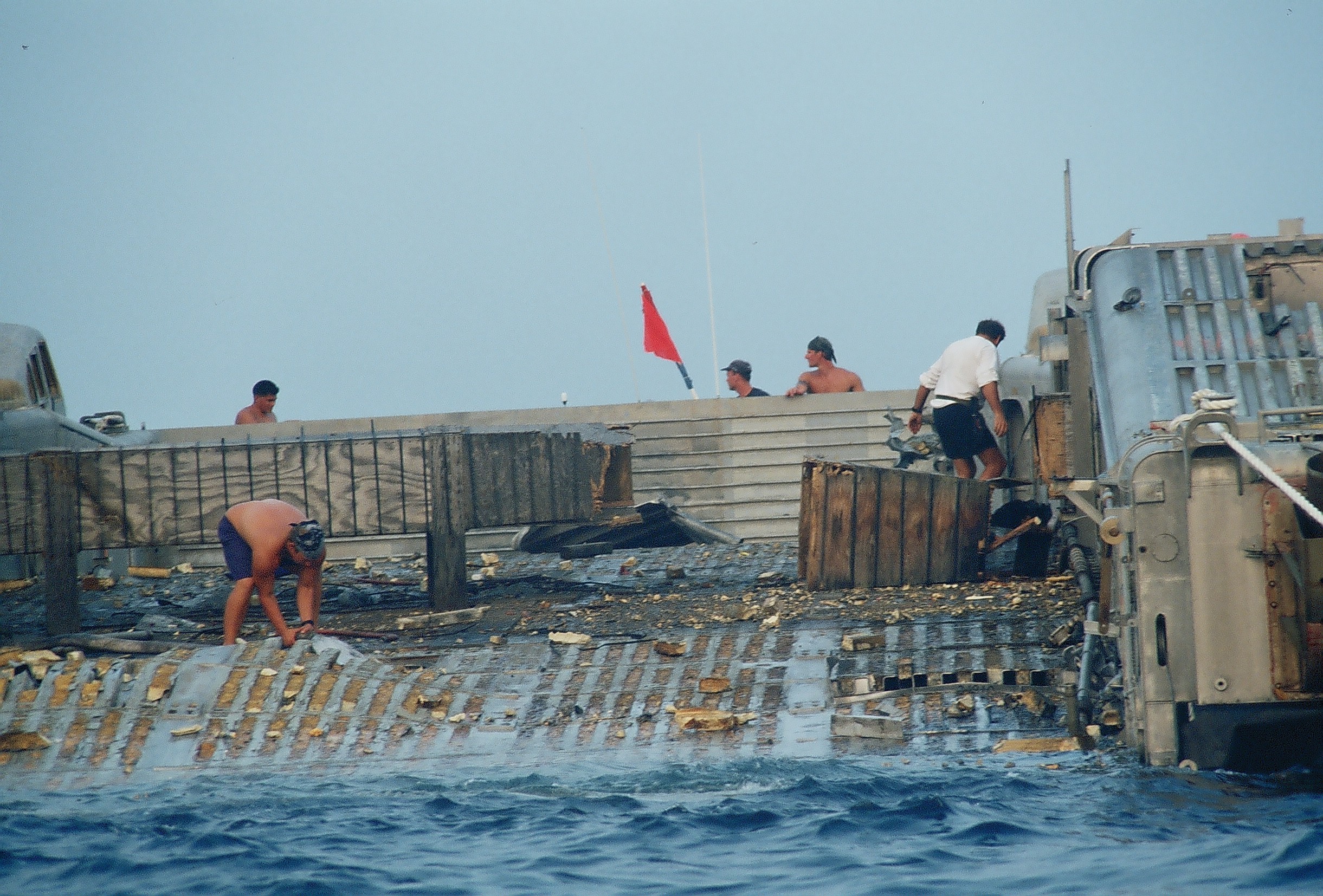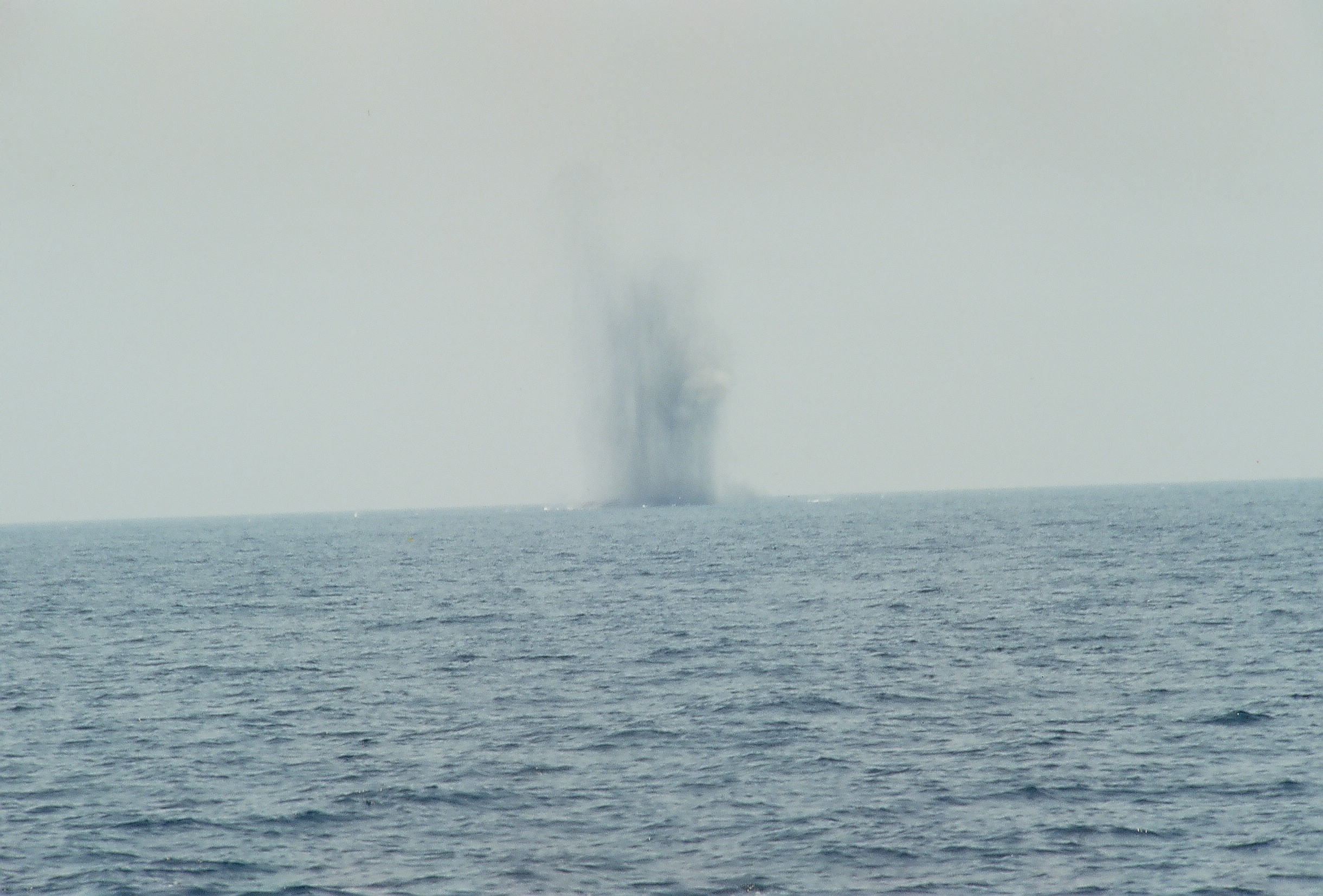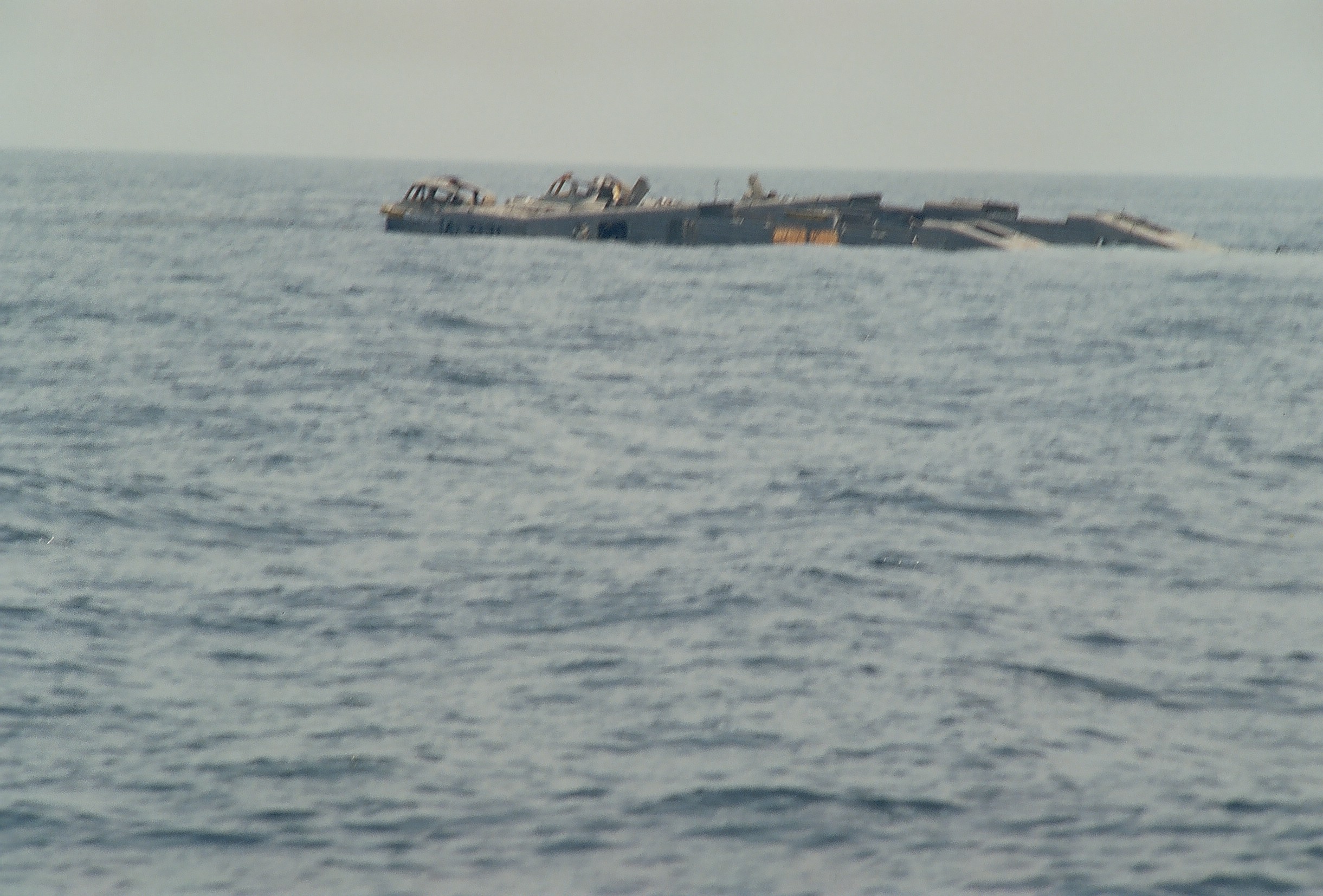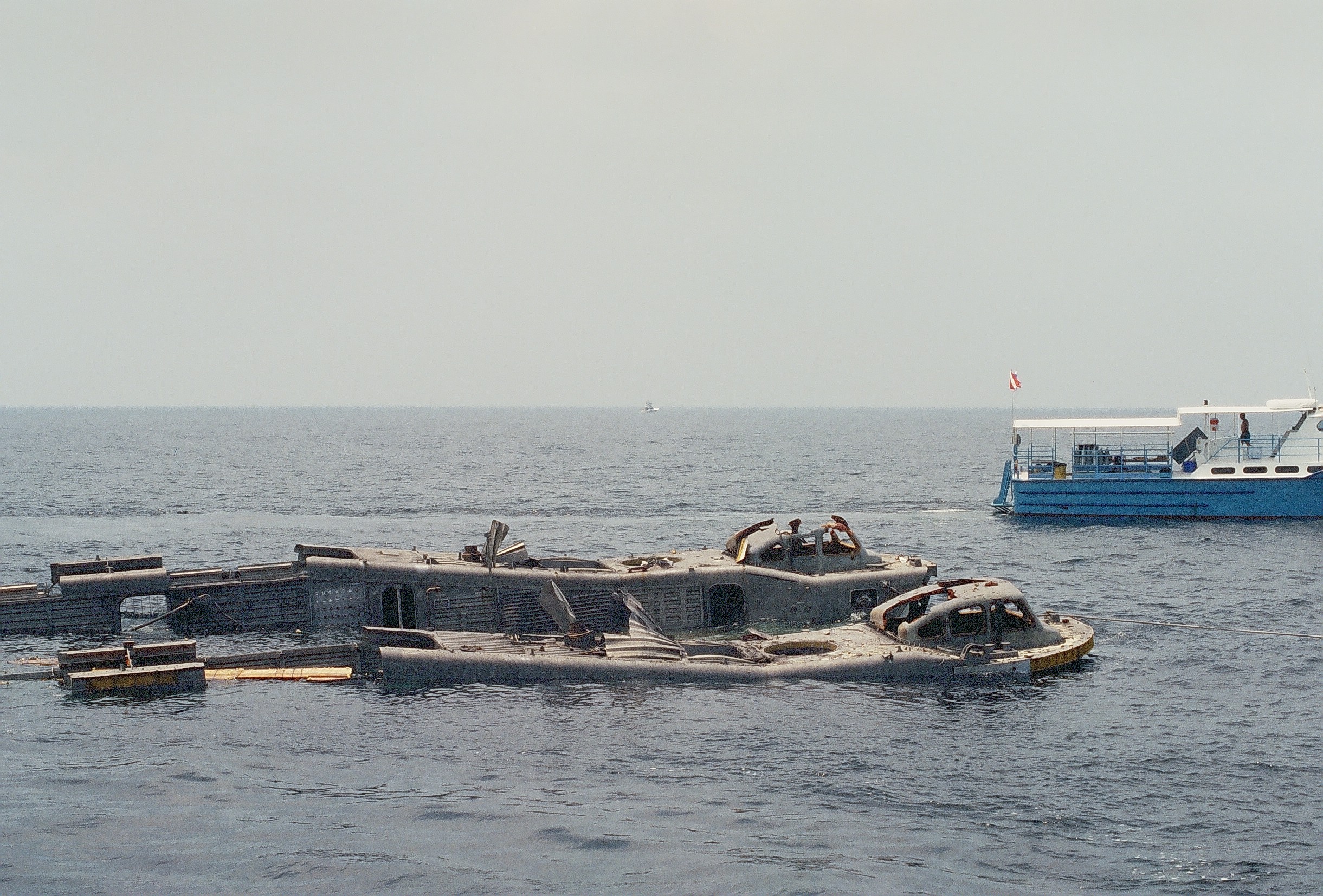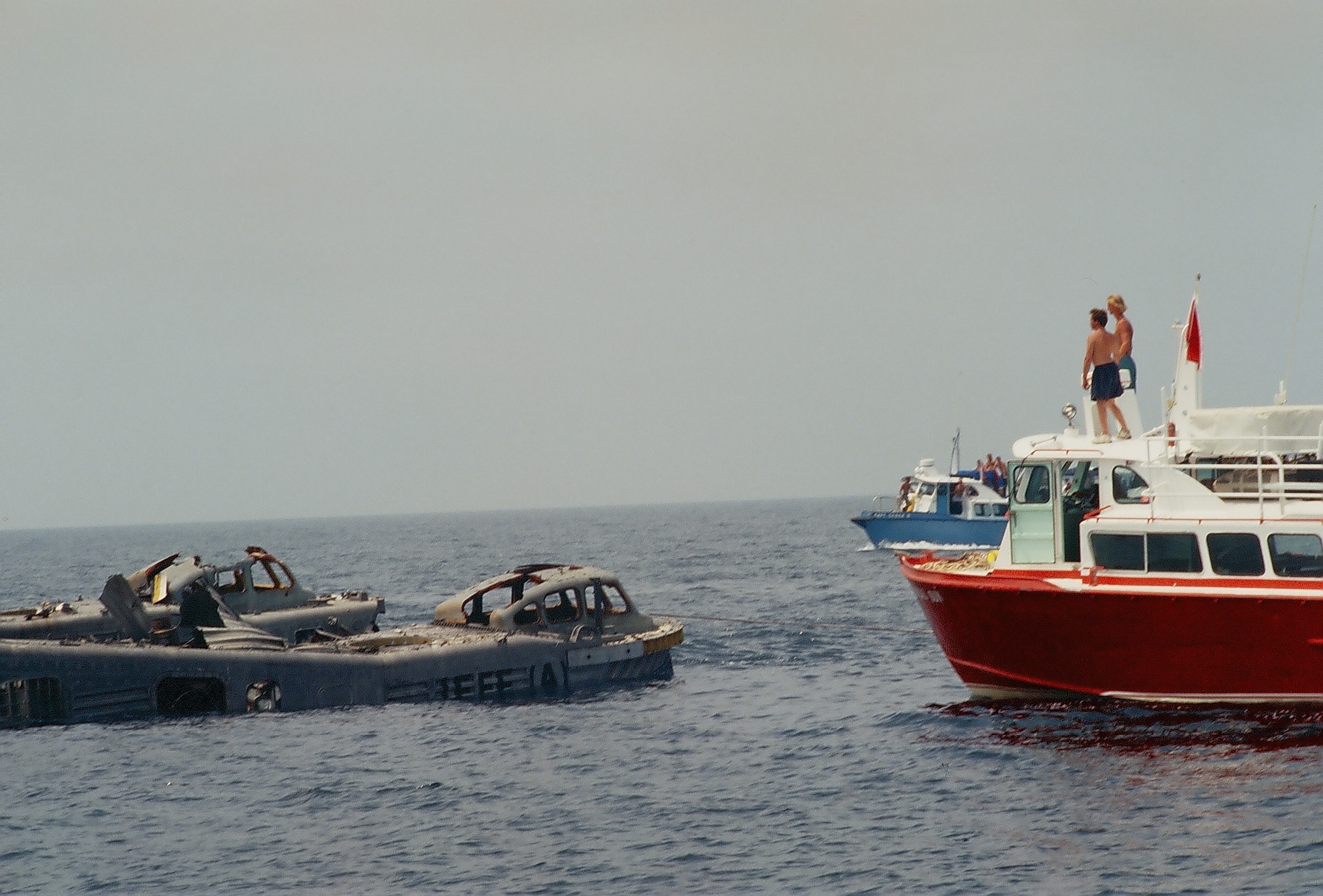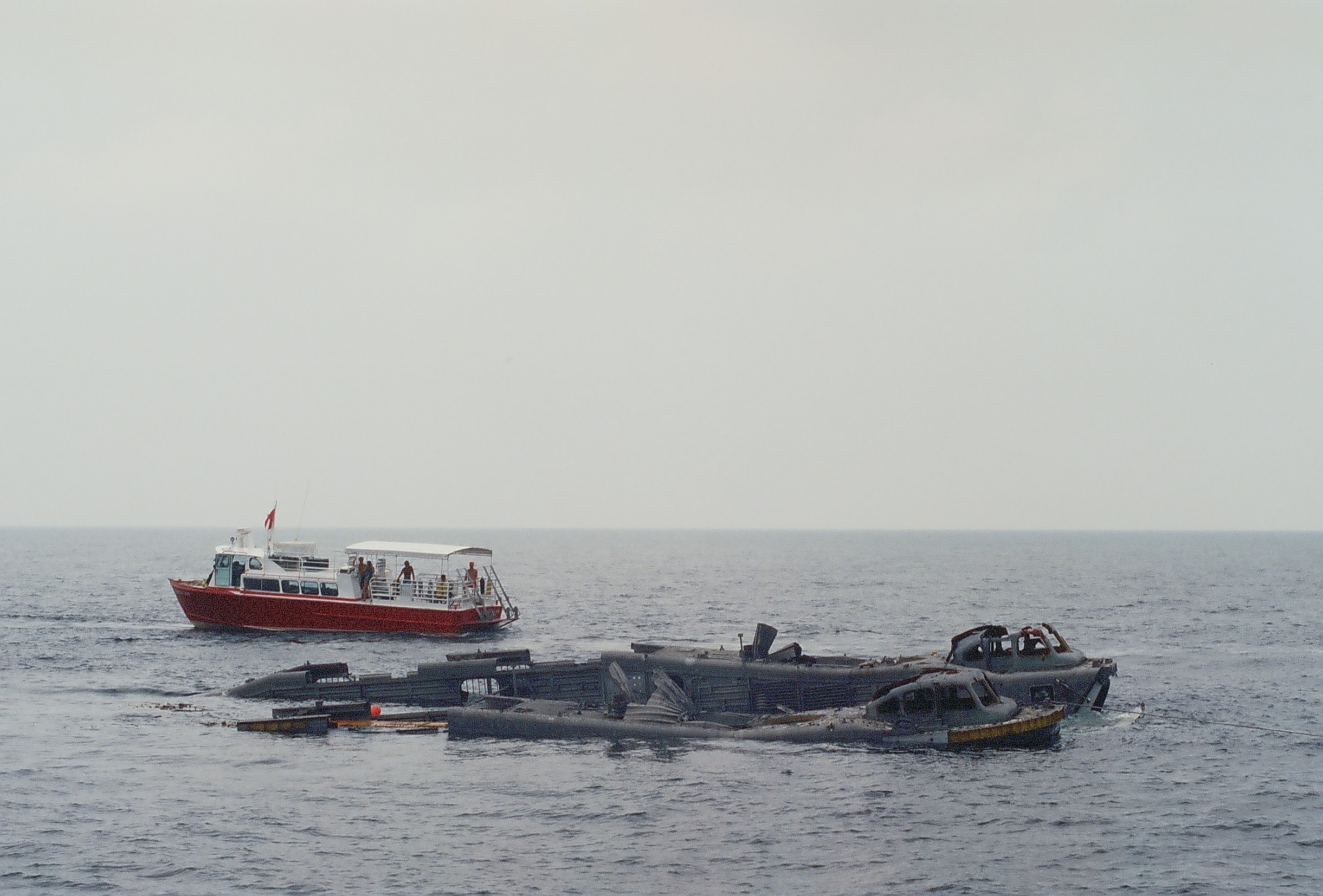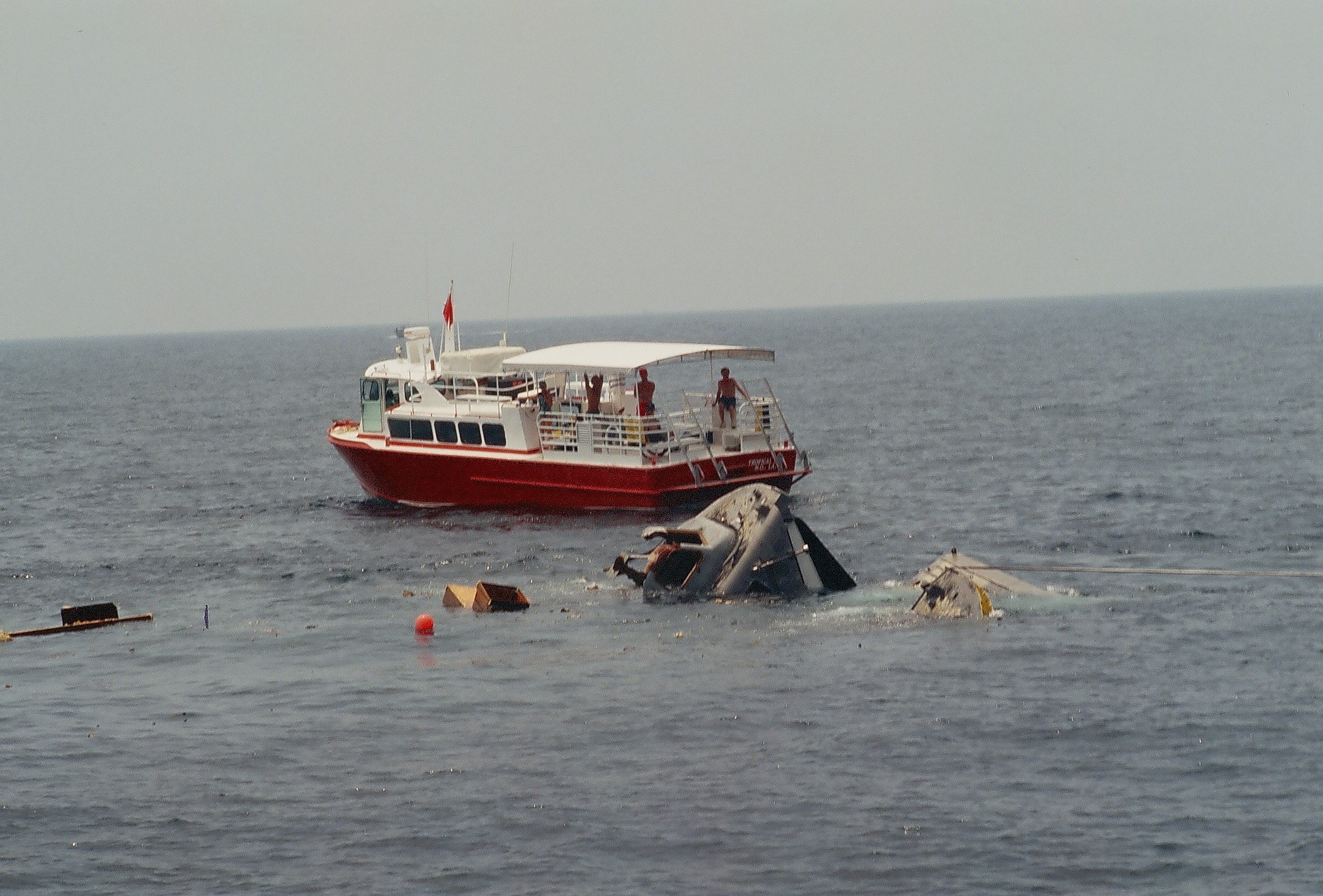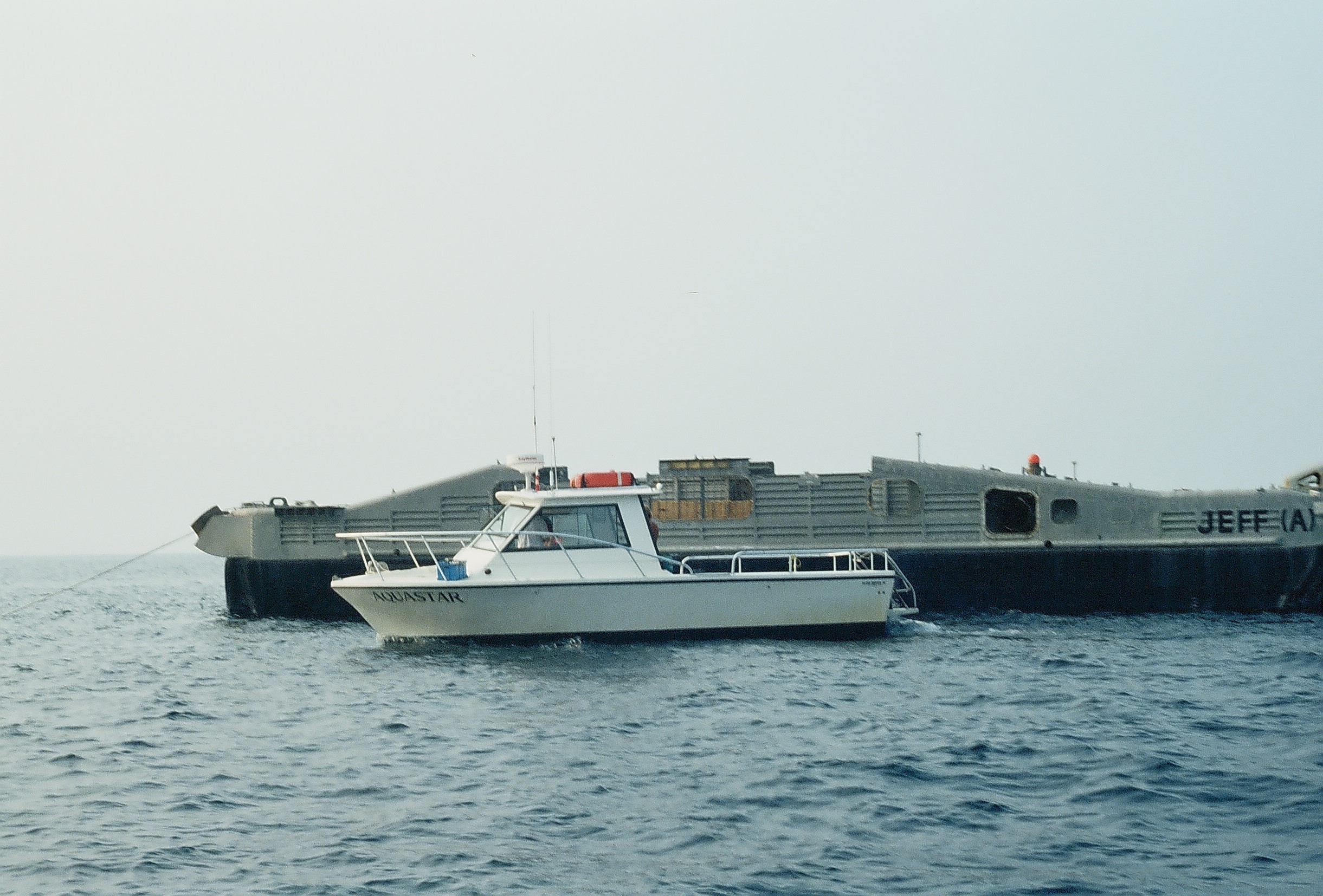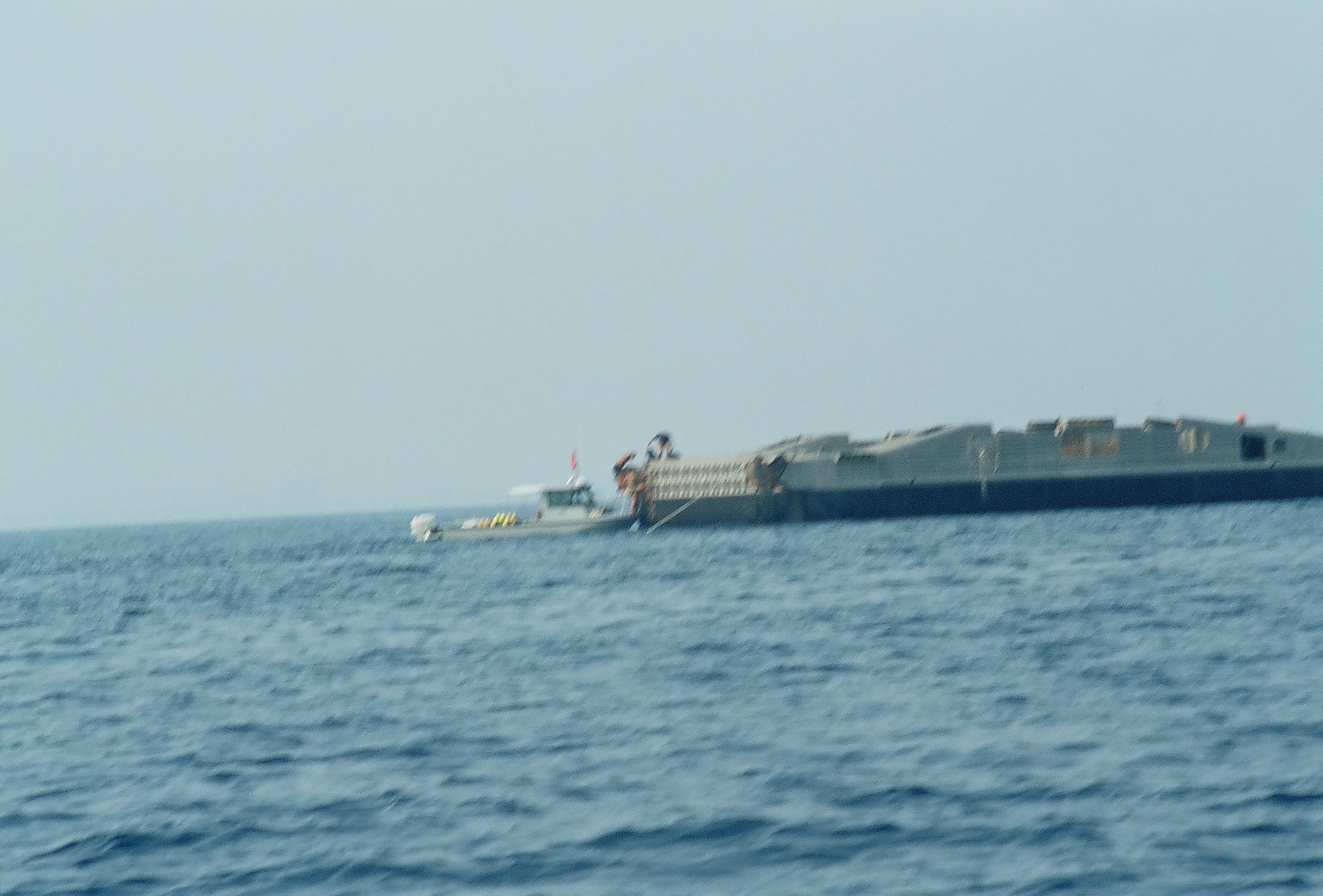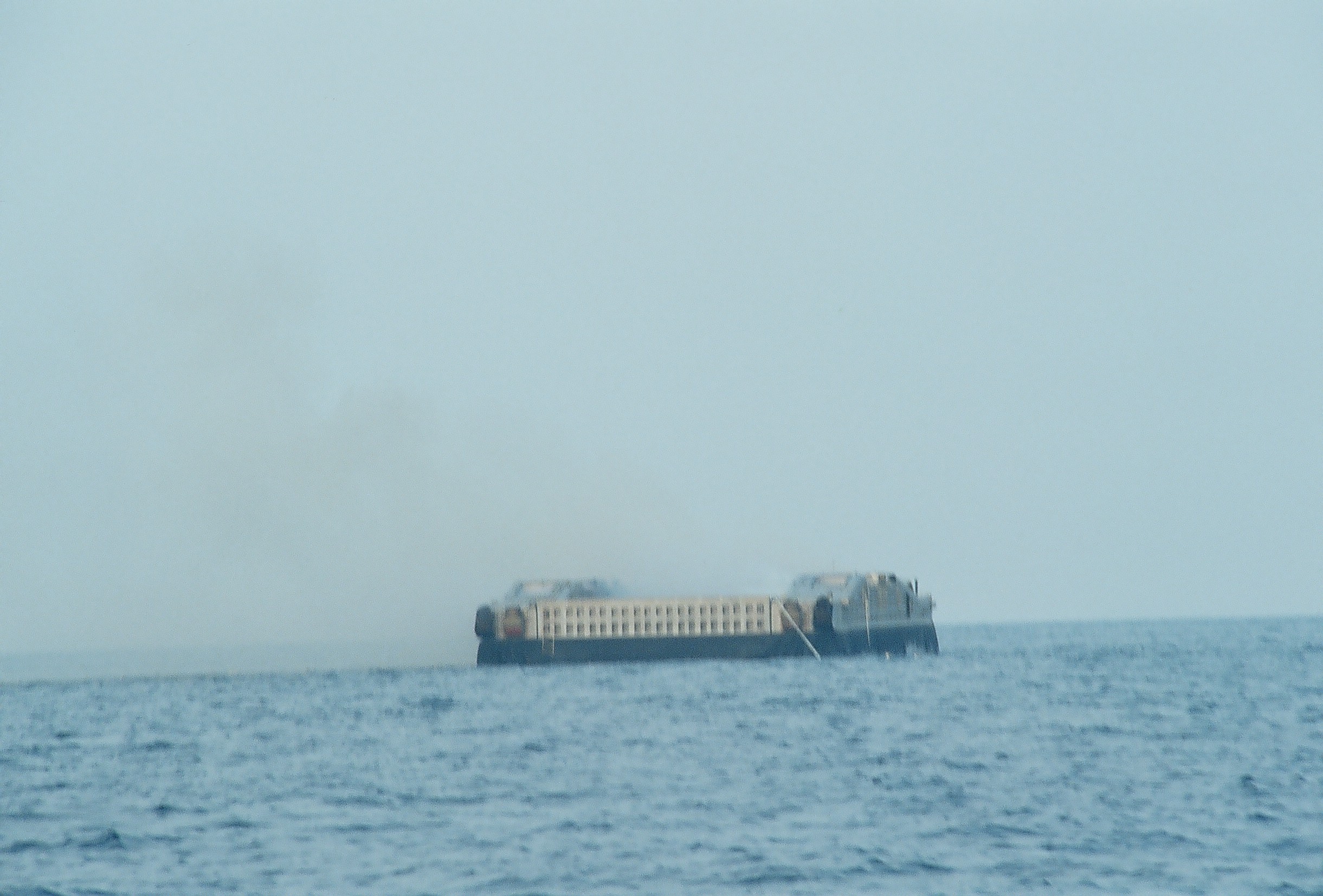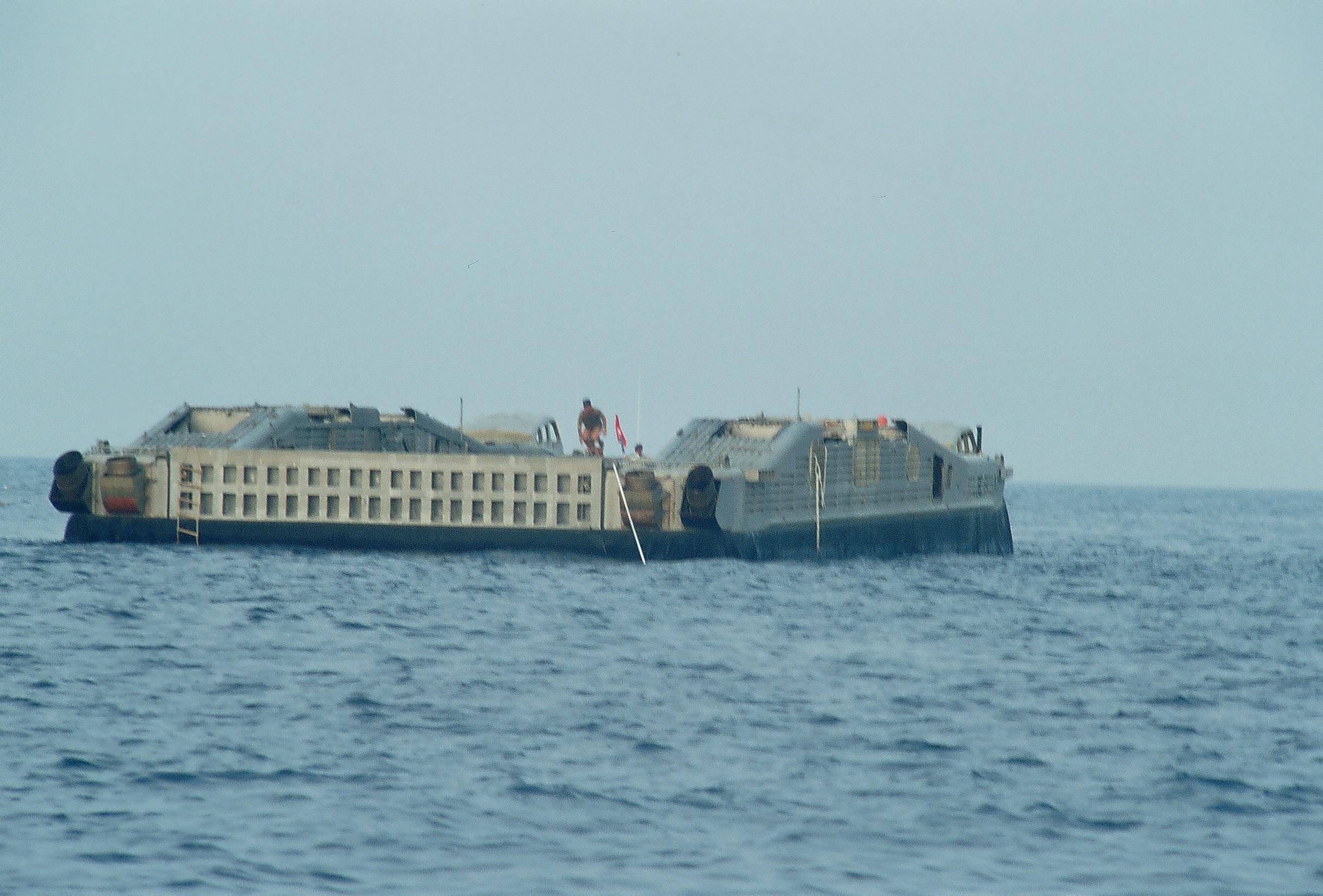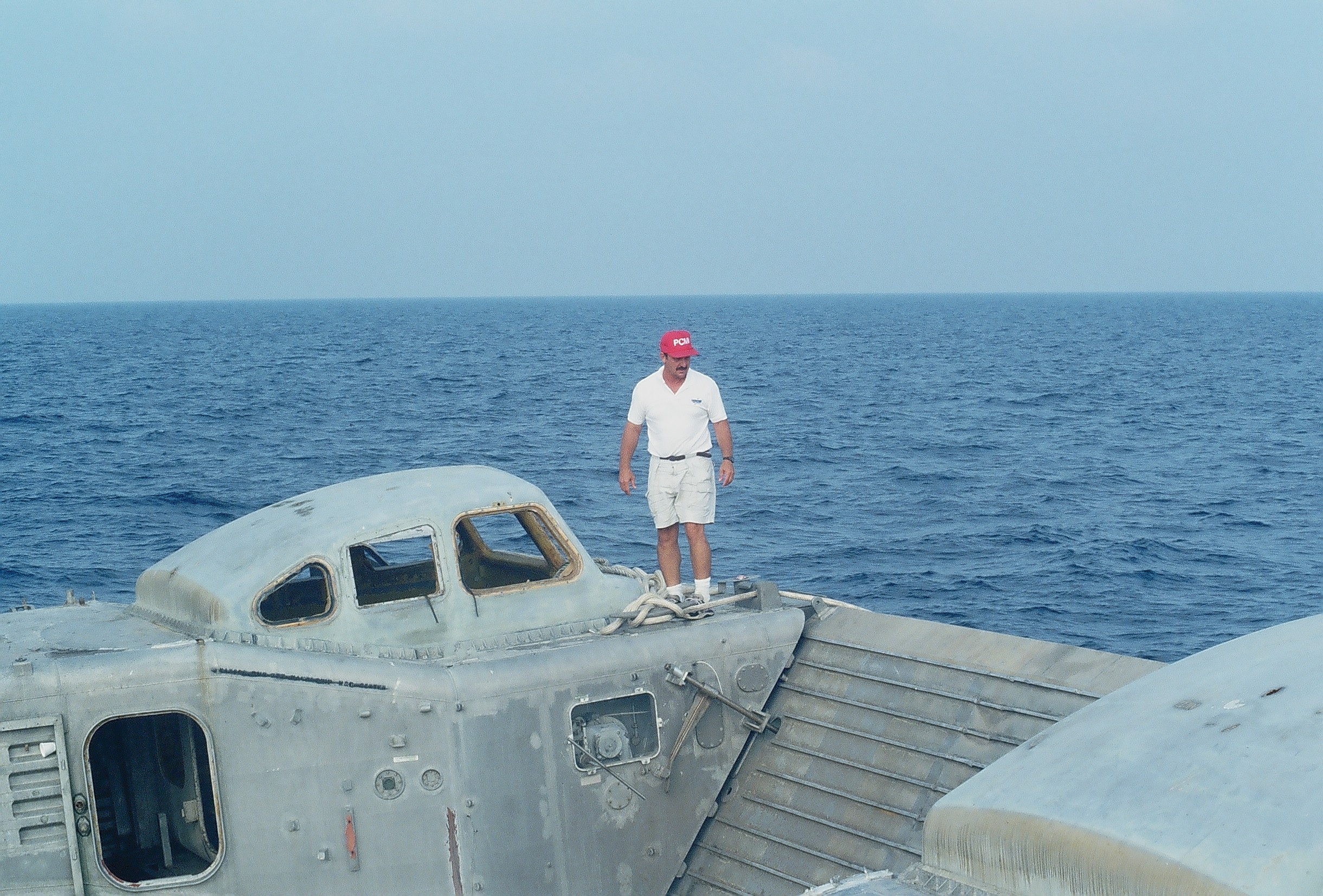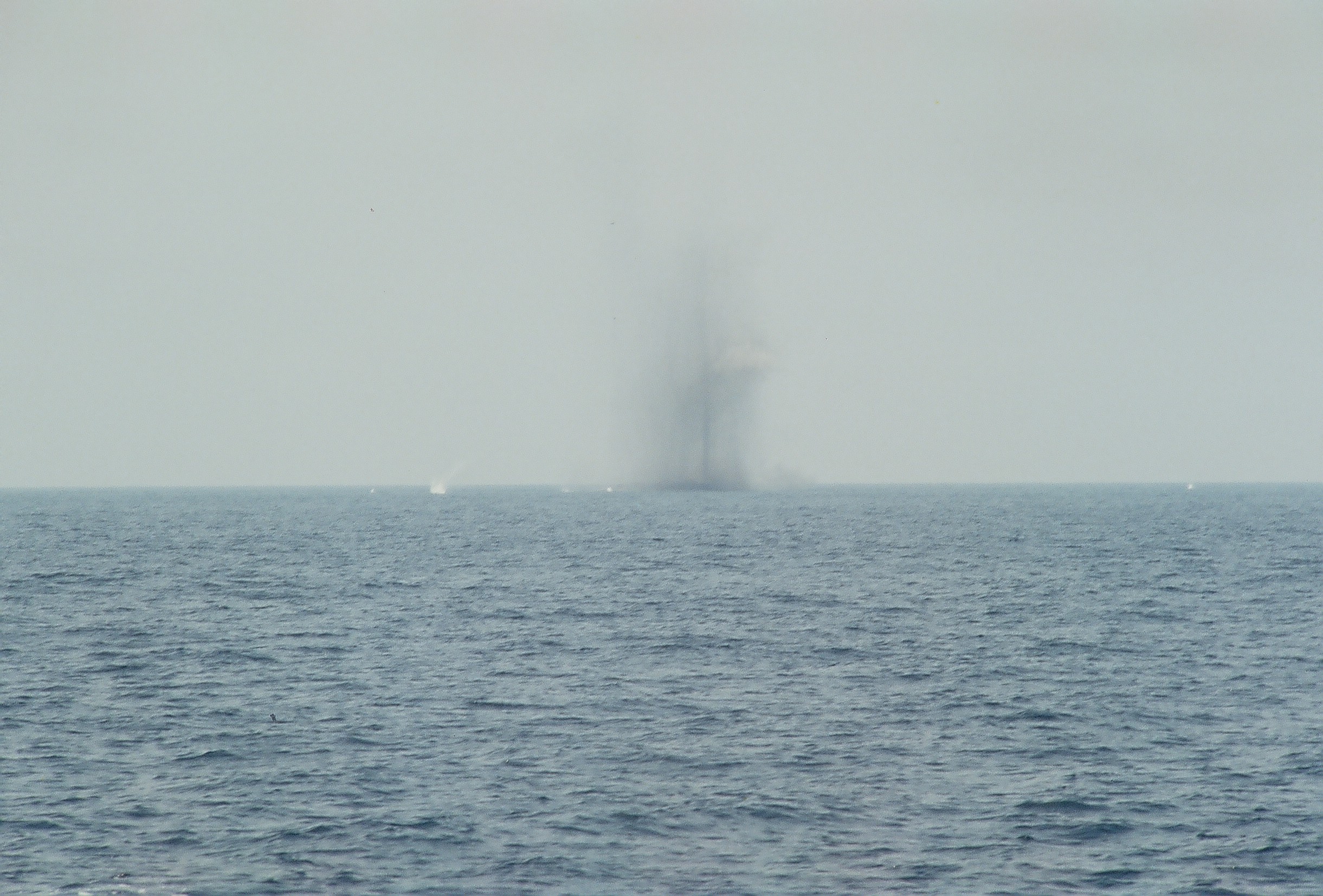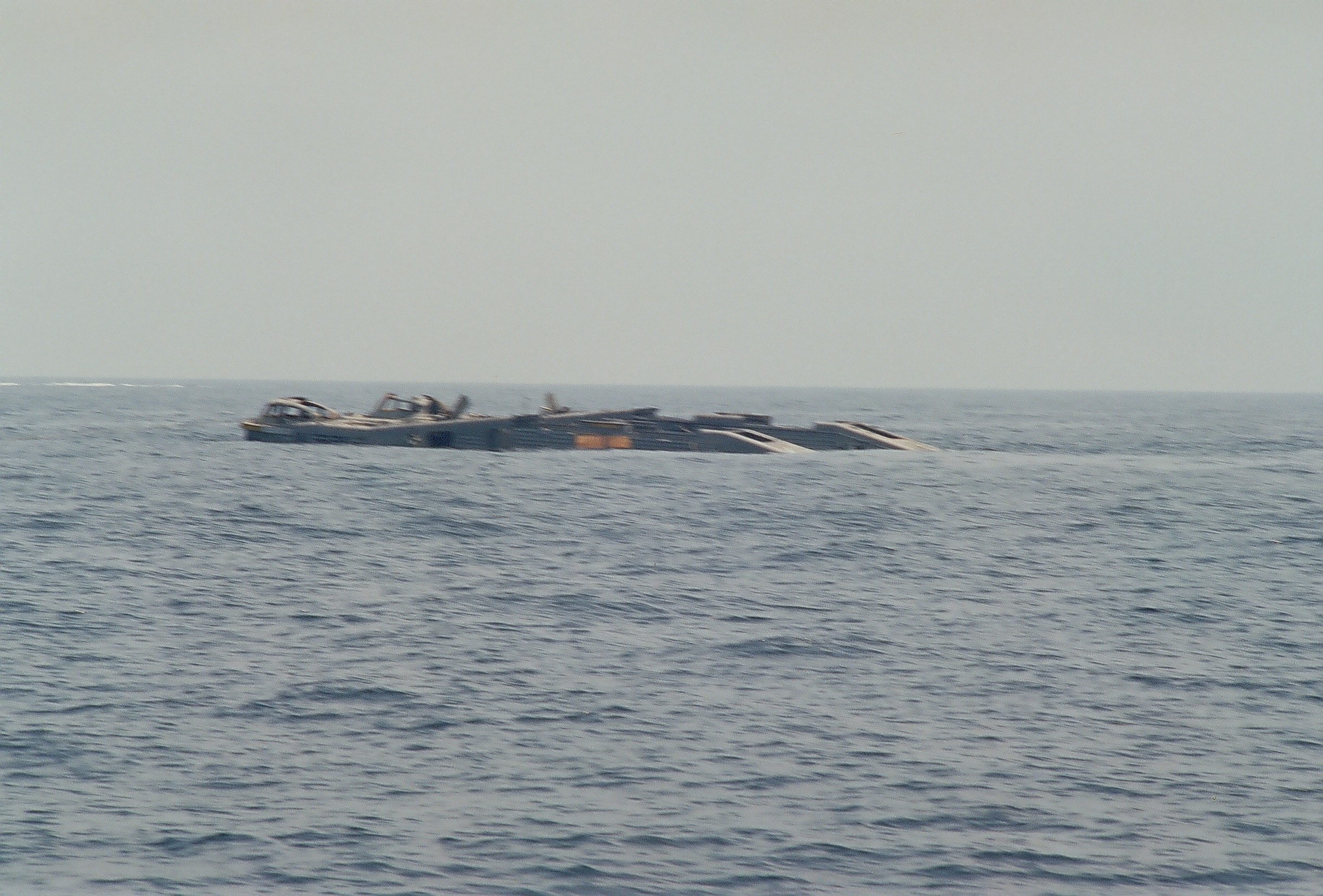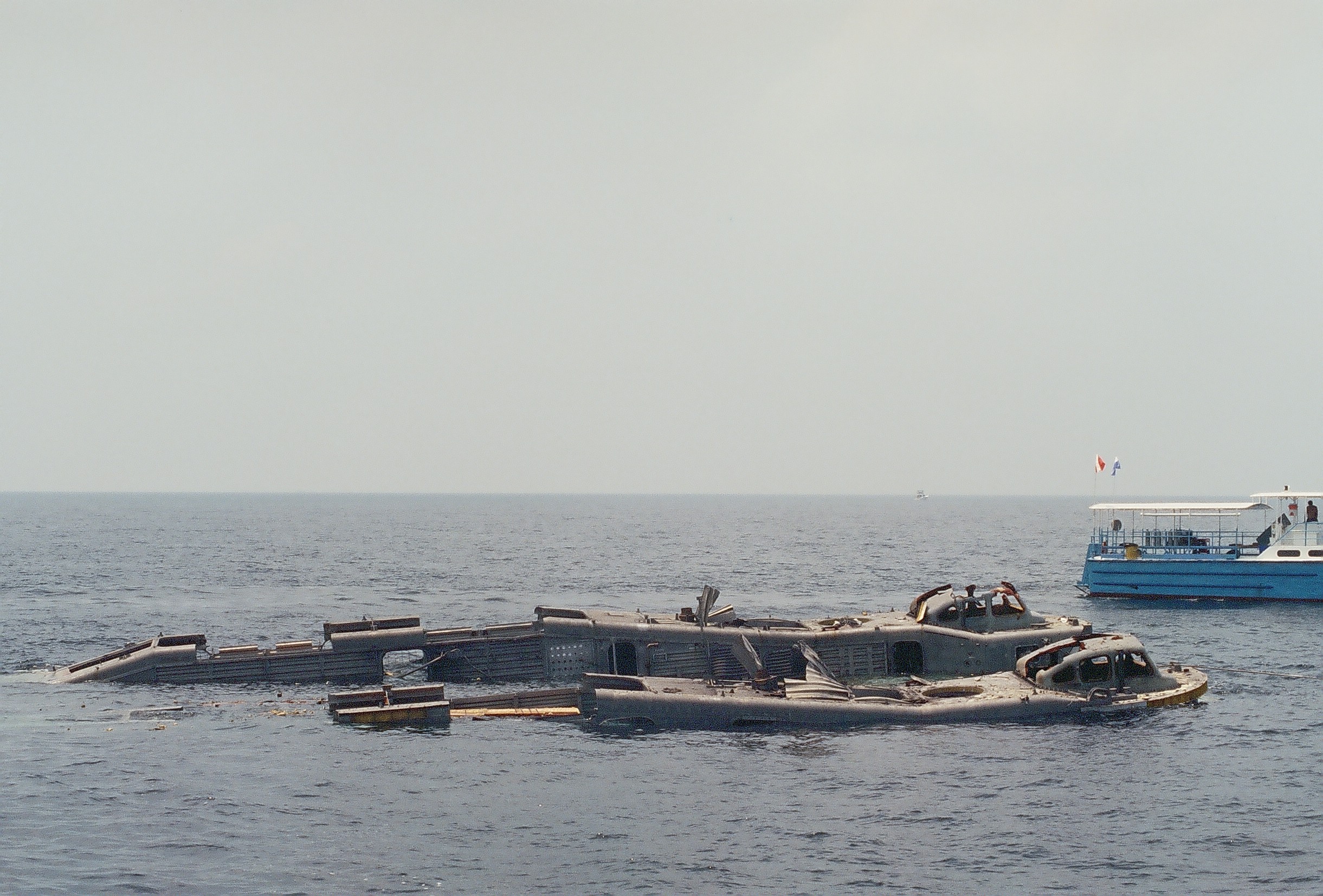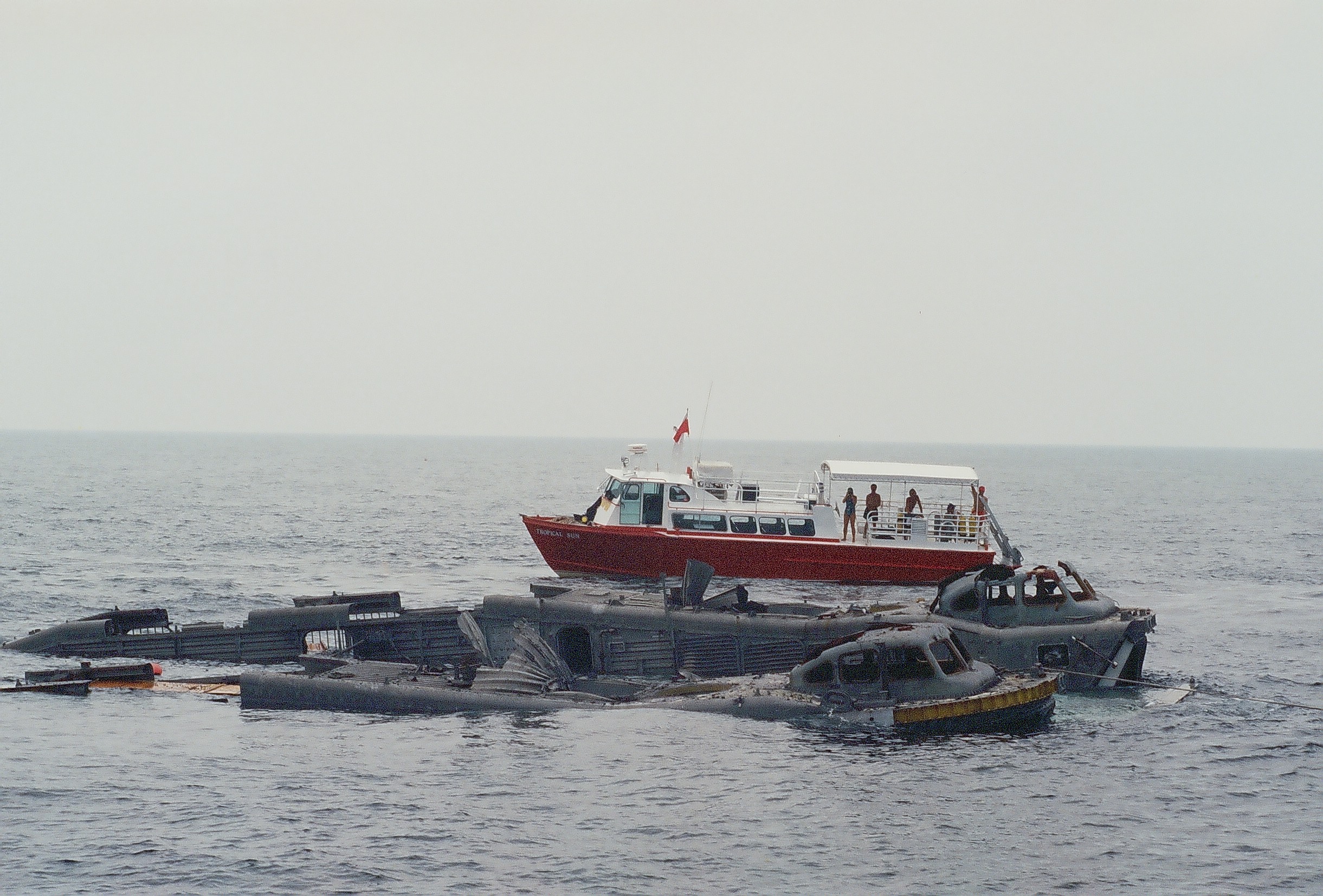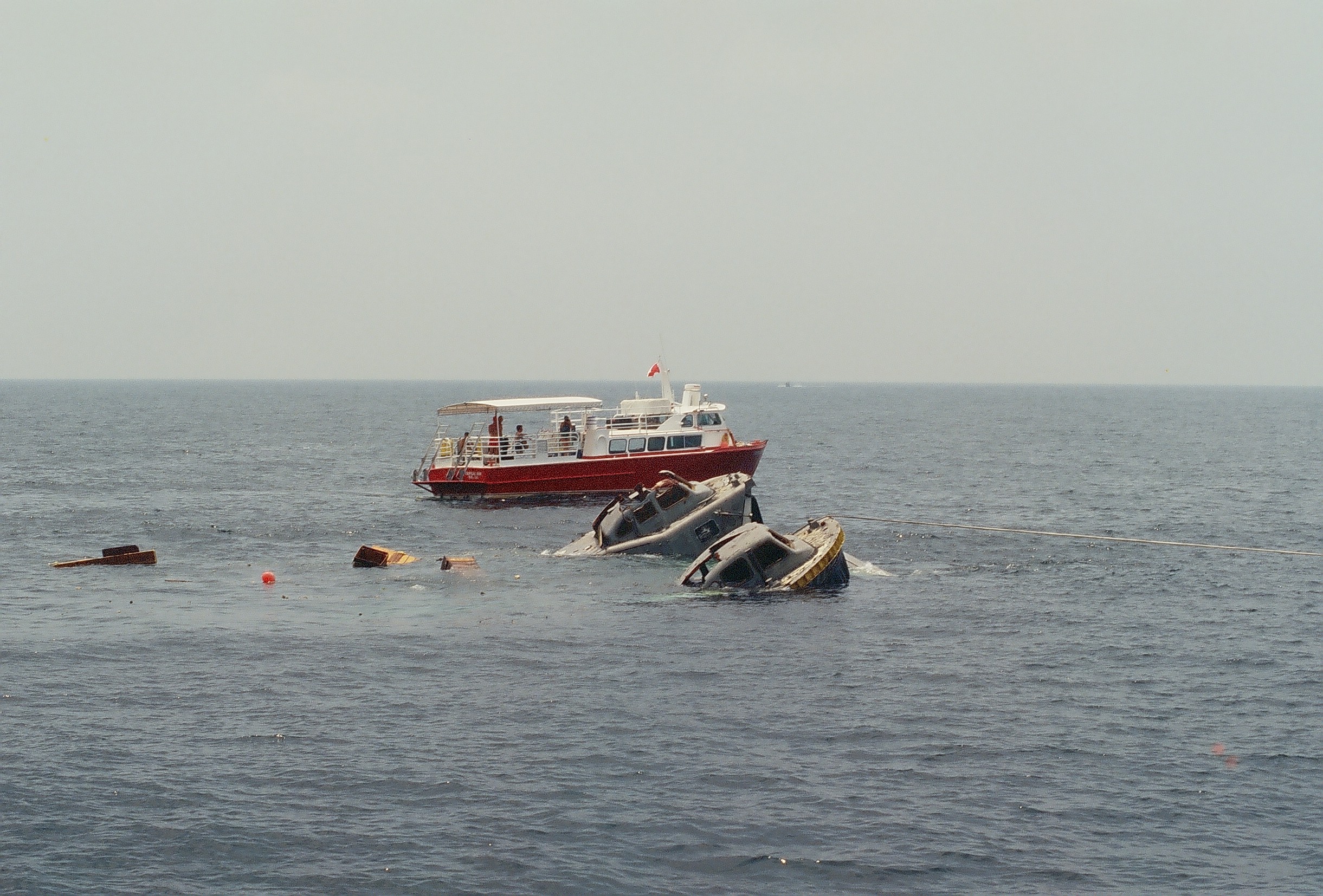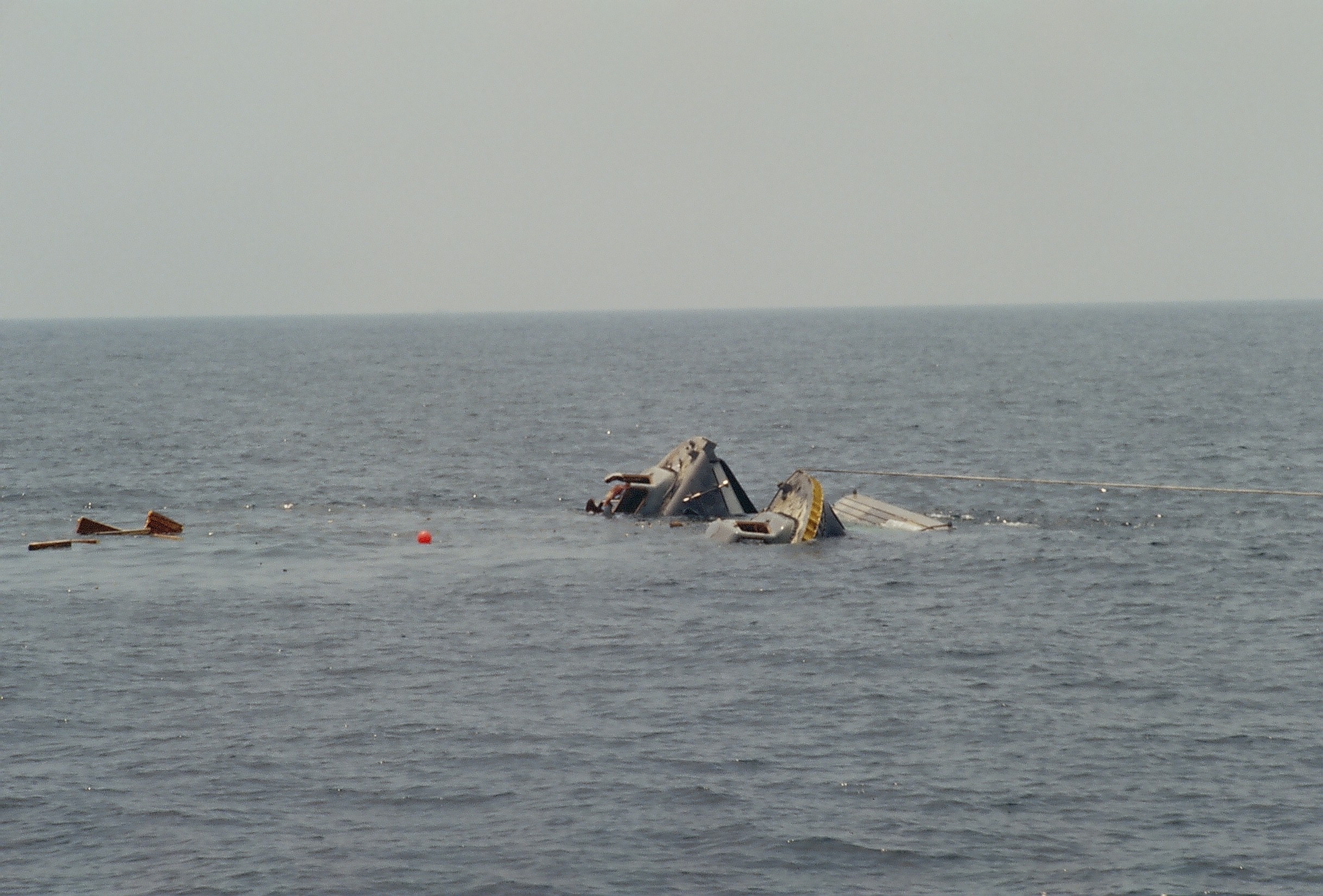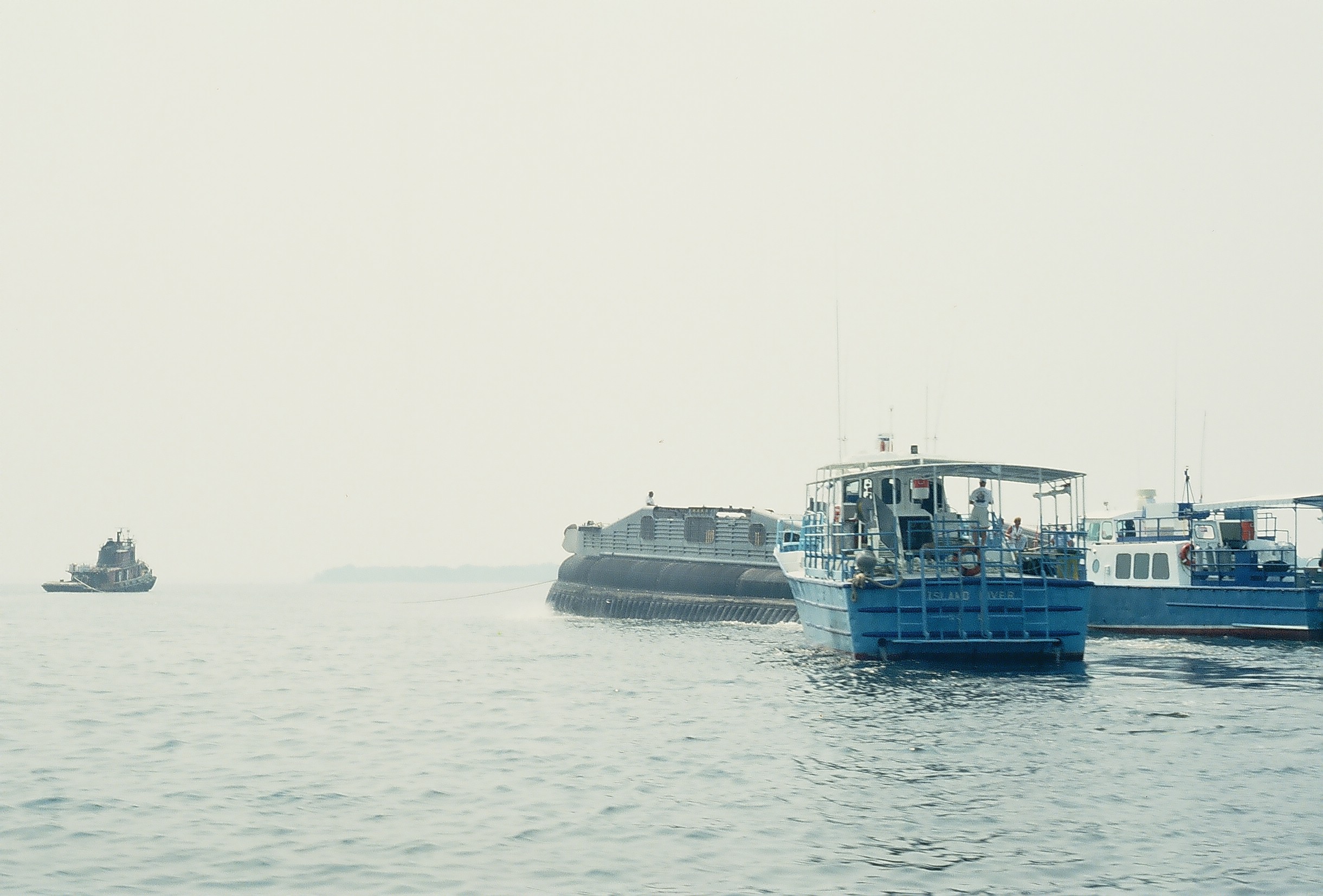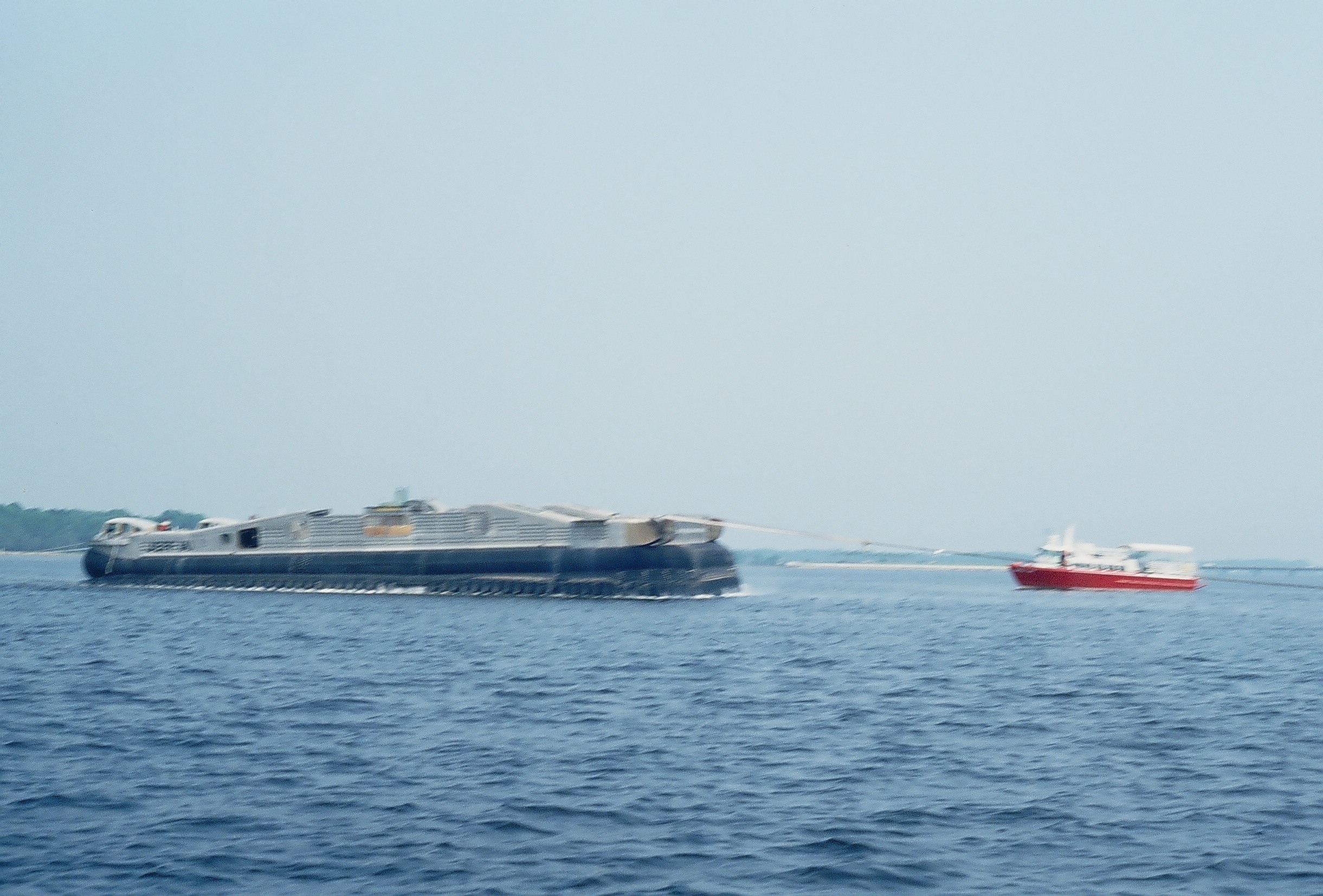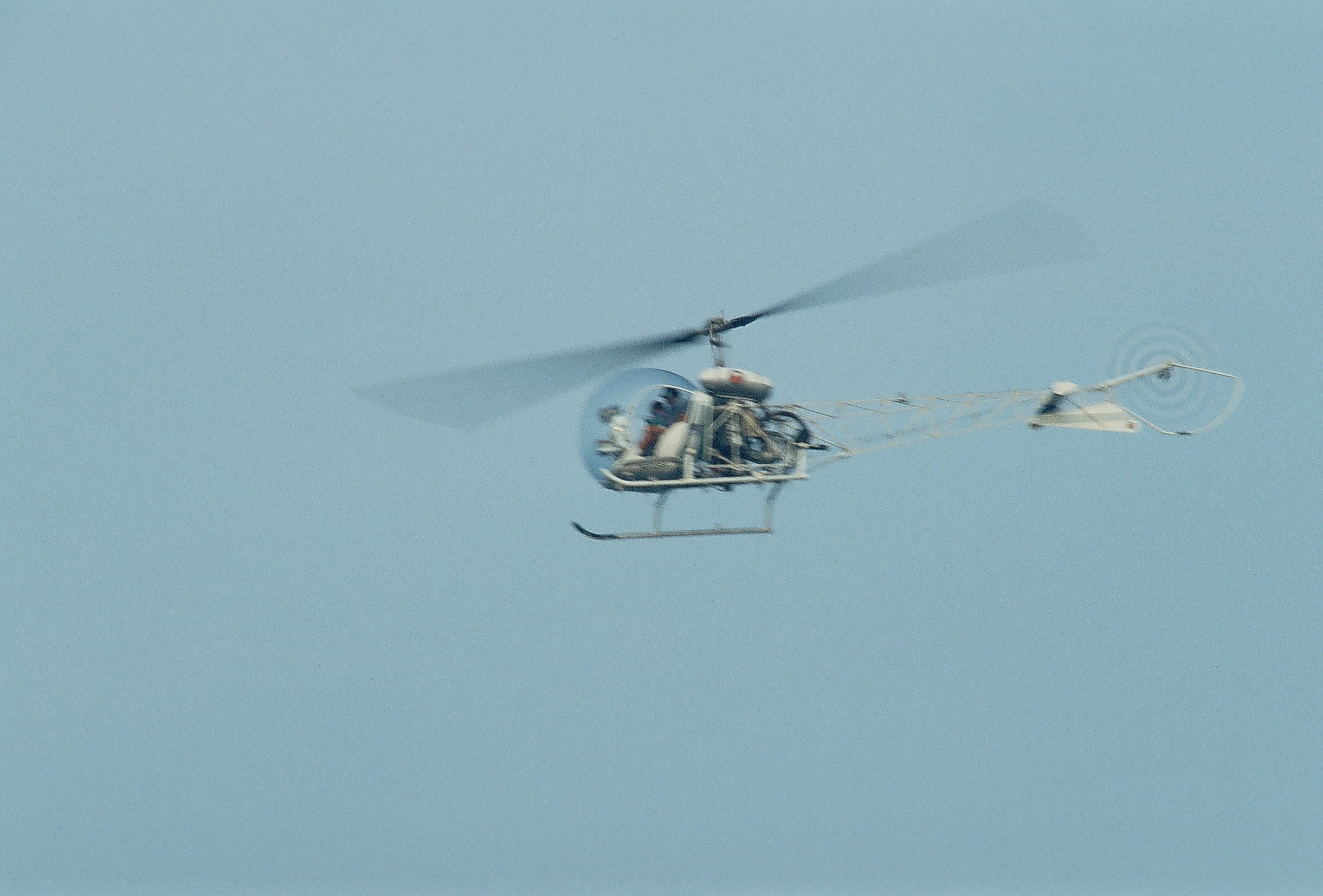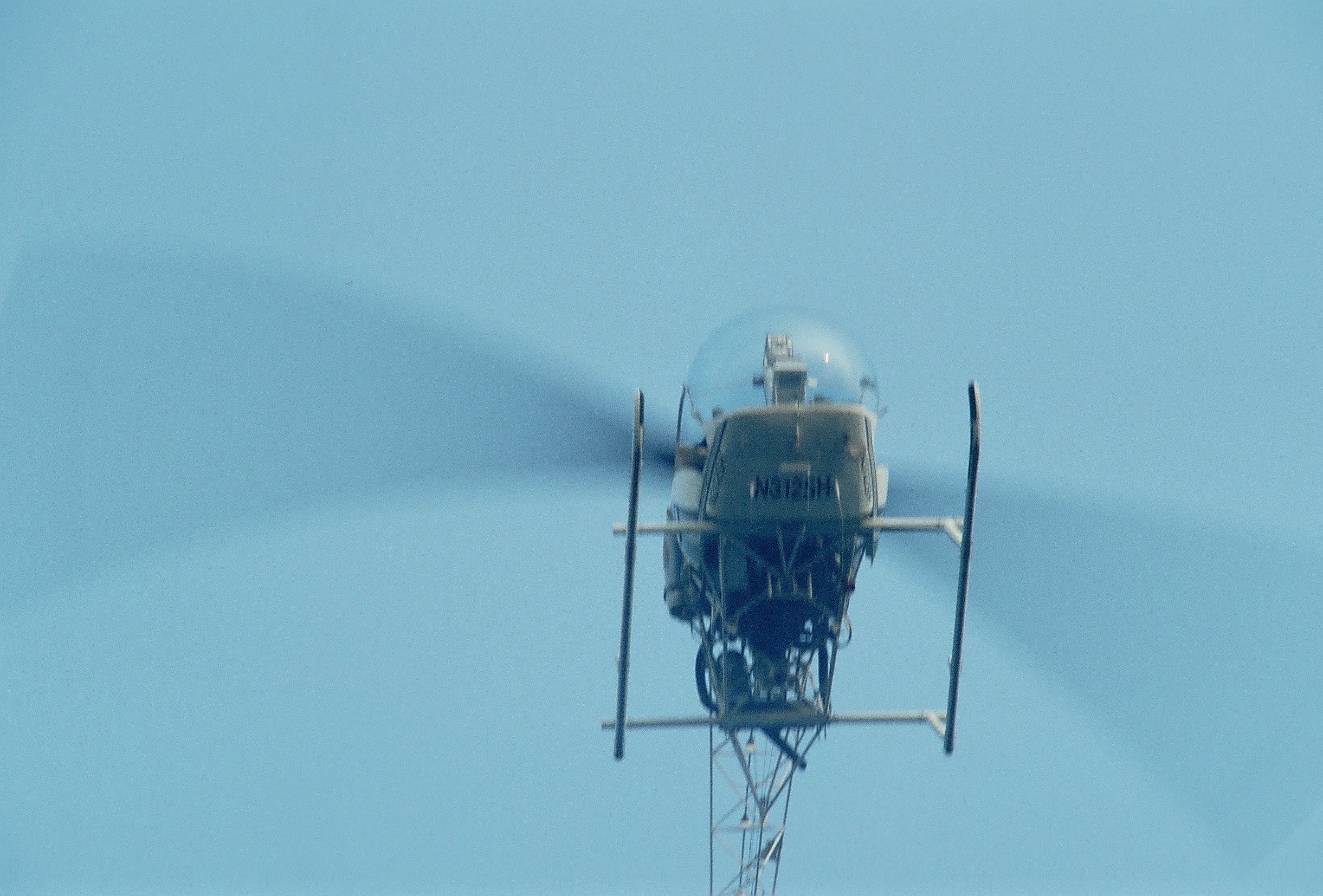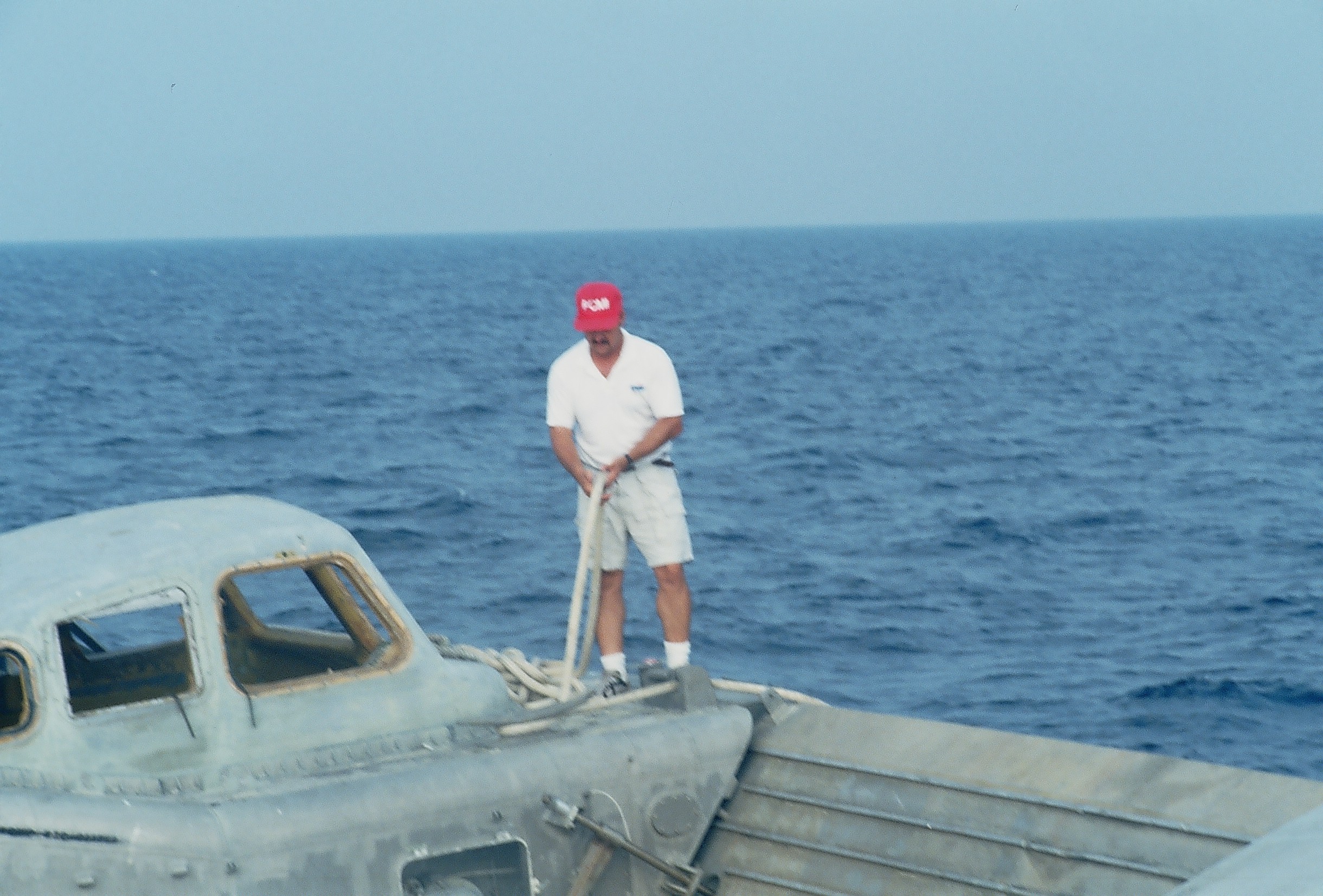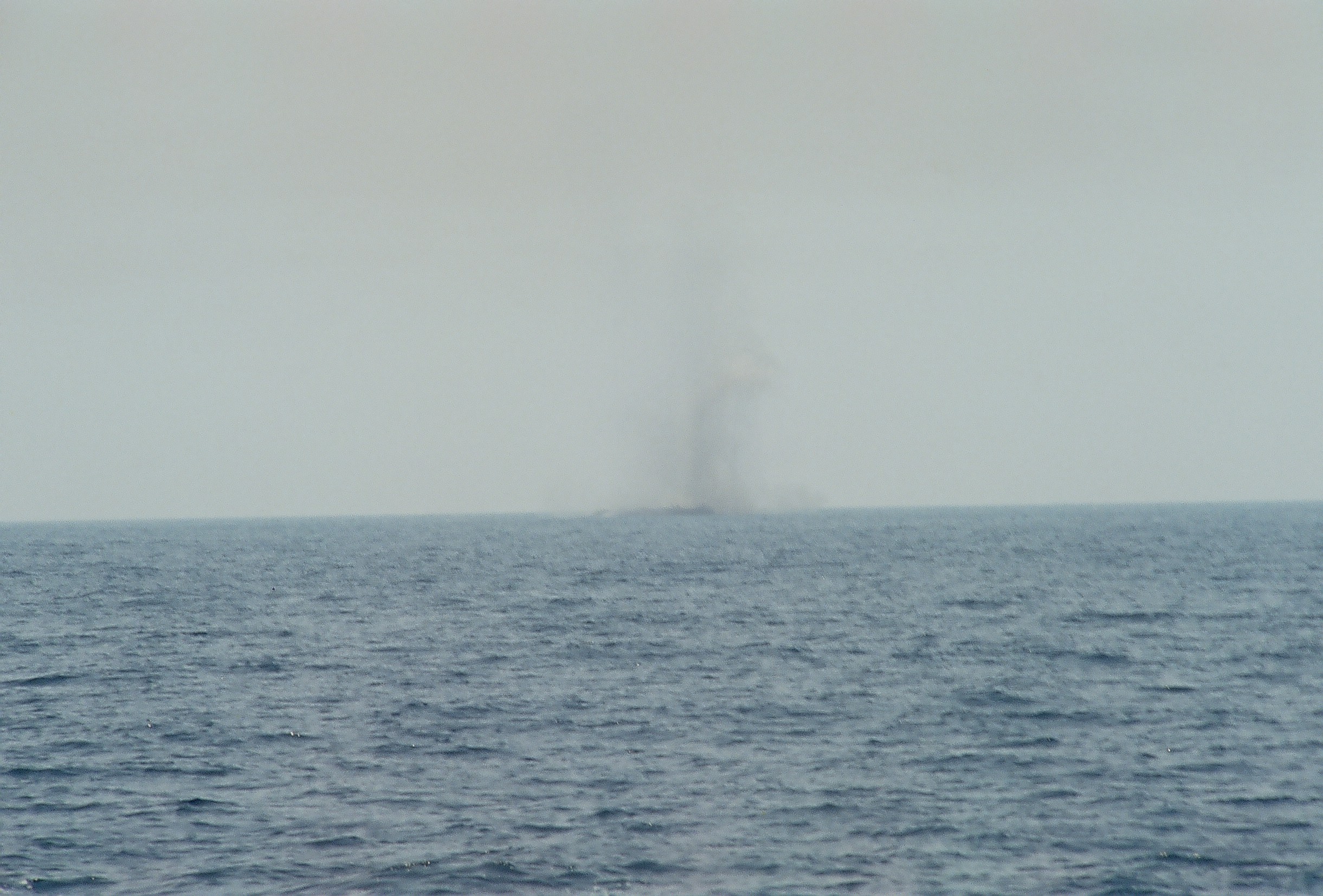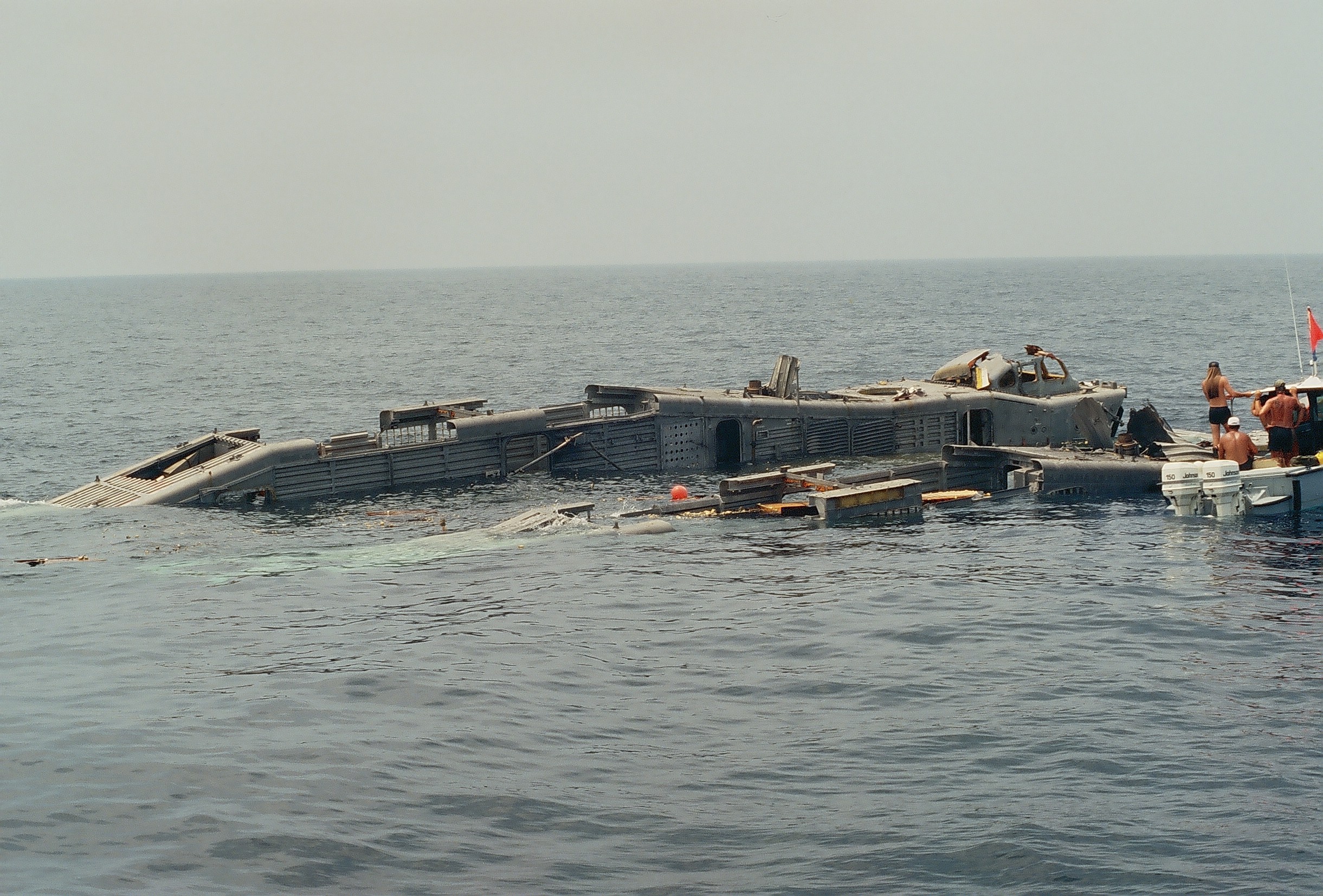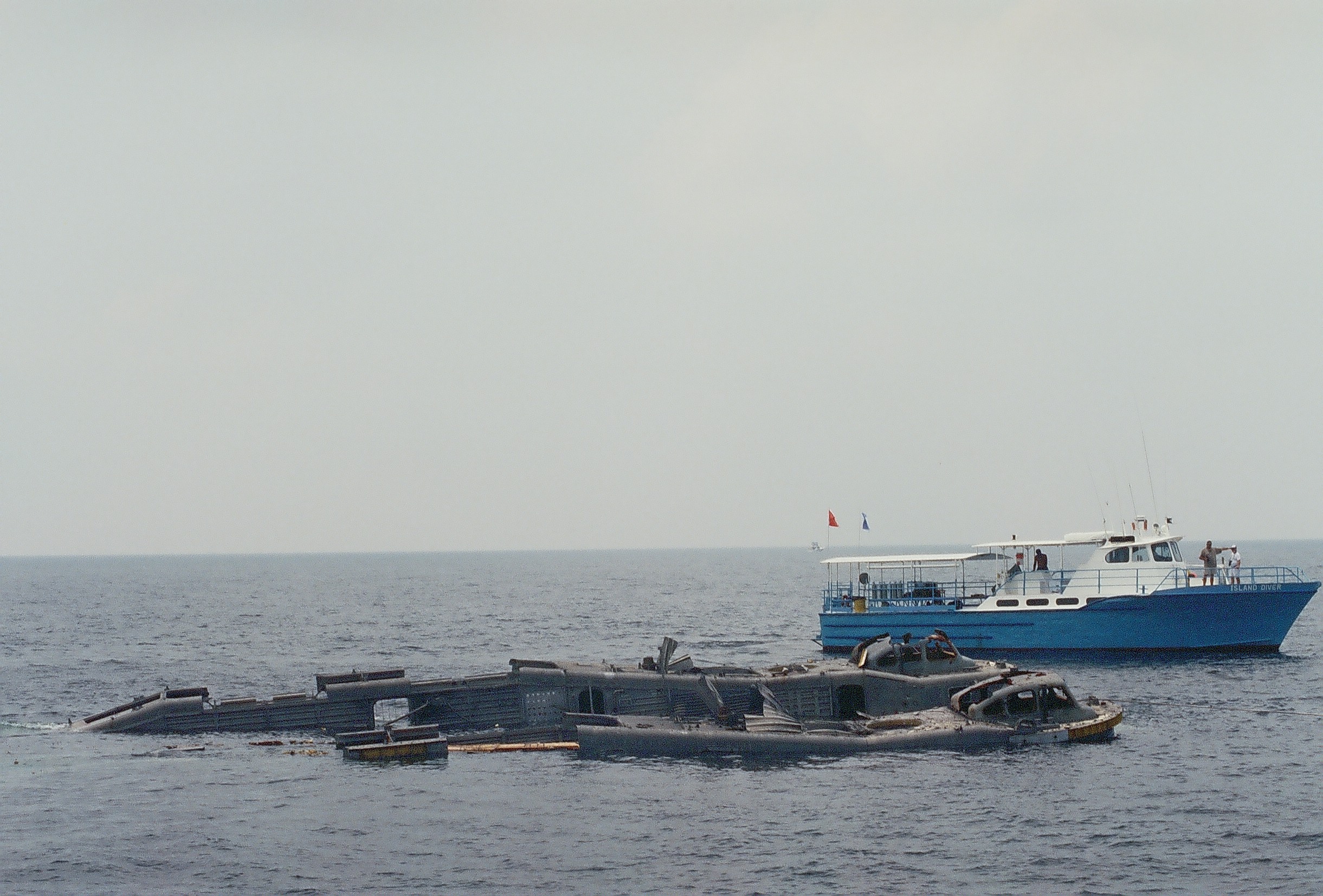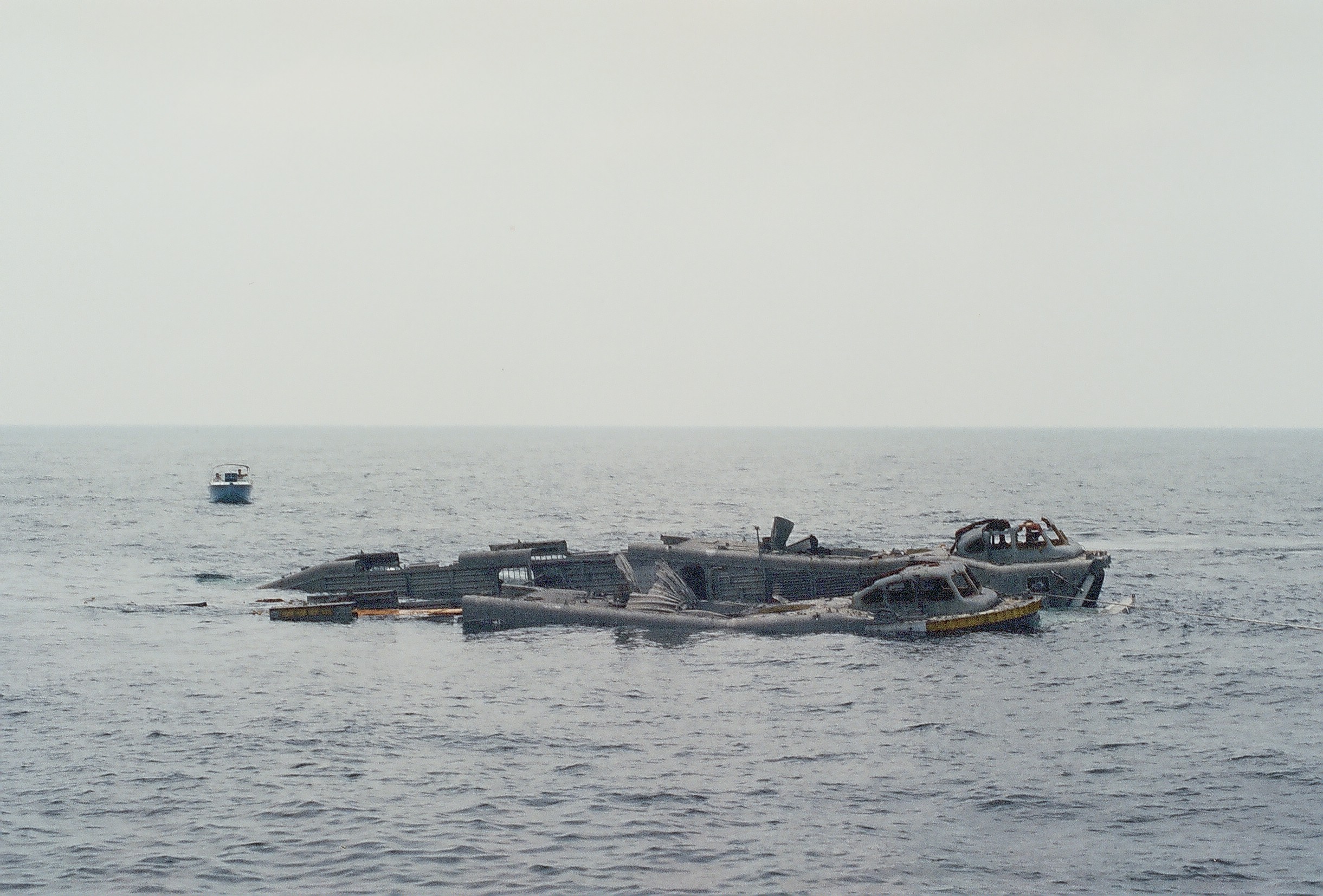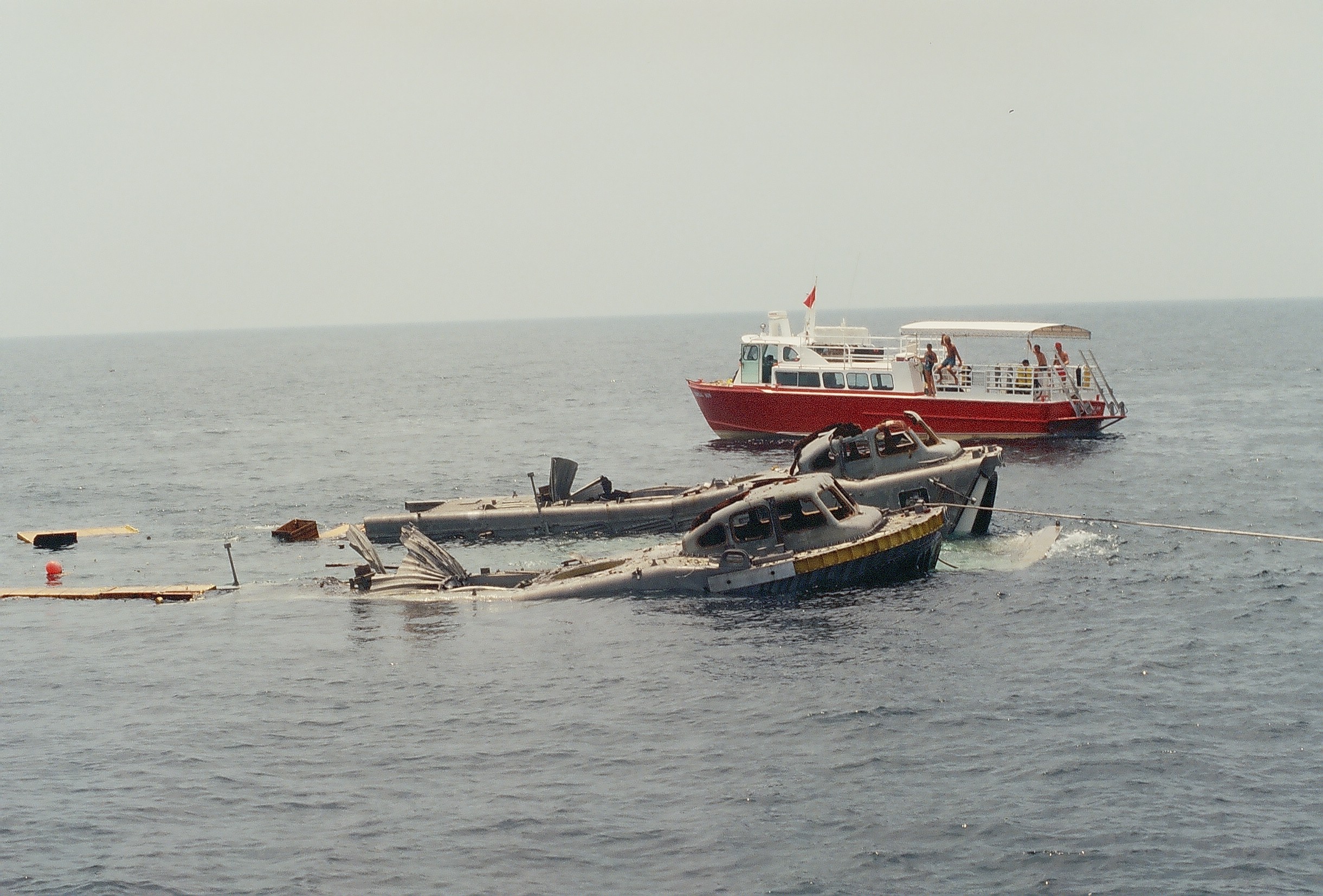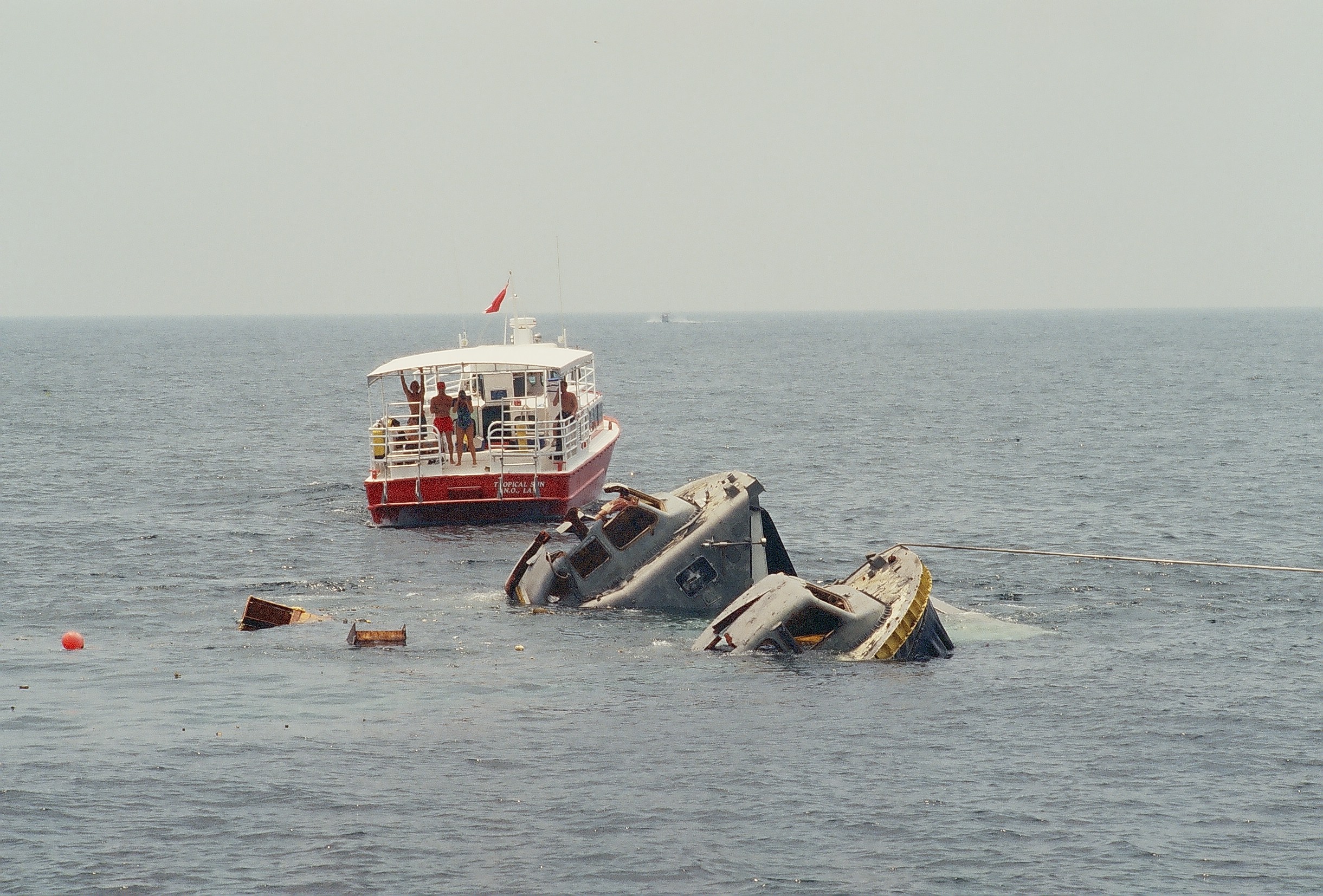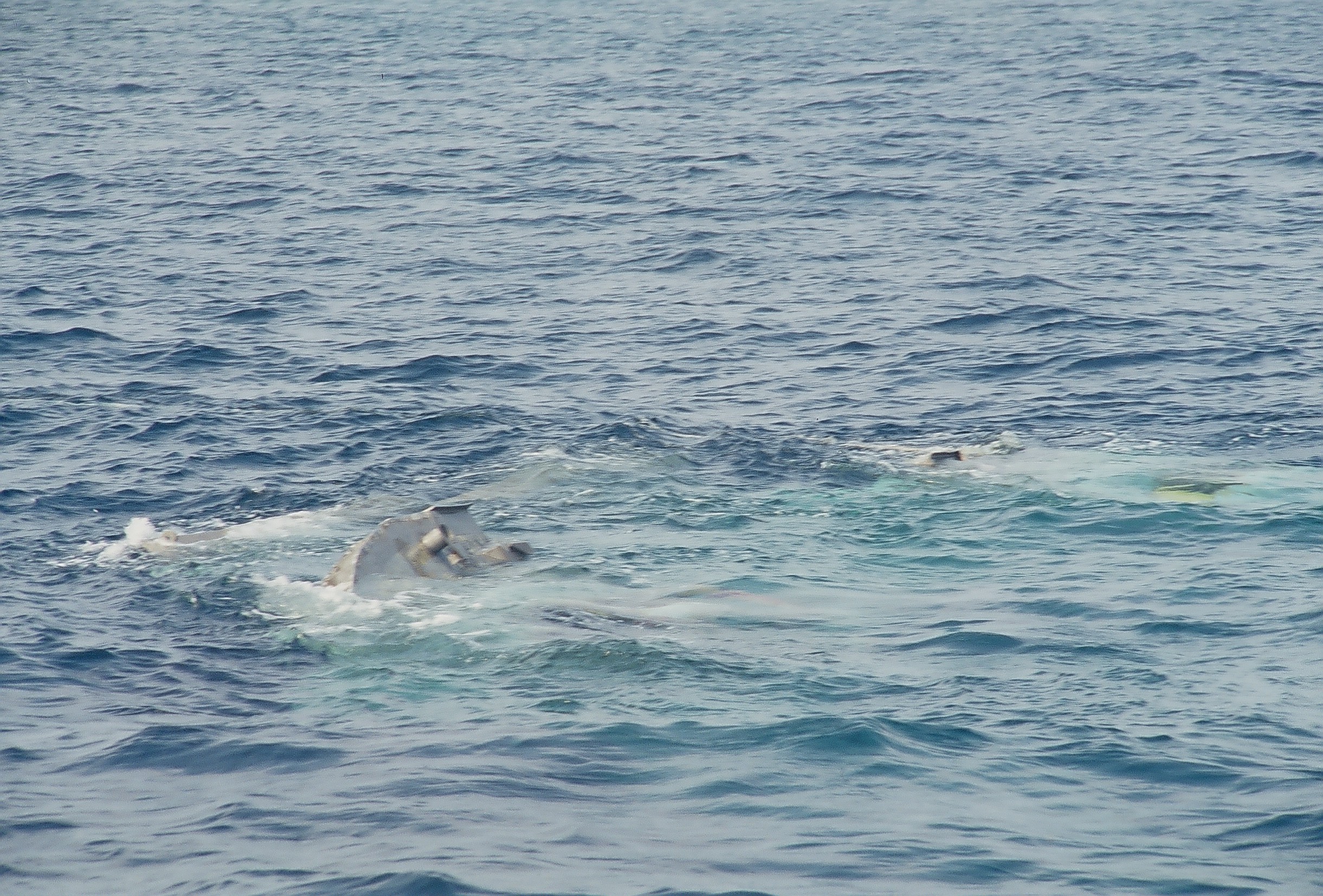Dive The LCAC/Hovercraft
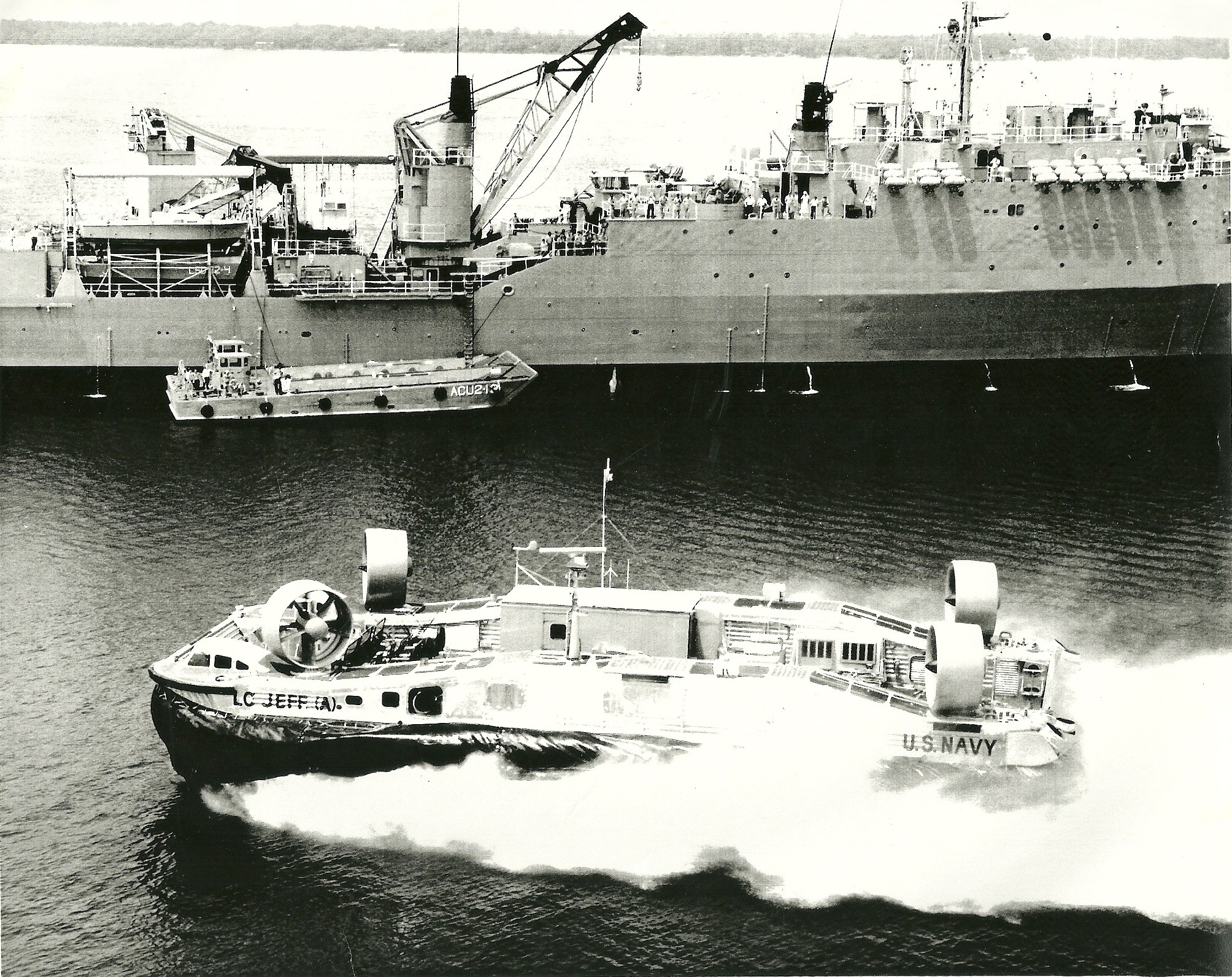
The LCAC/Hovercraft Dive Video
The LCAC/Hovercraft History
TEXT HERE
The Job of The LCAC/Hovercraft
TEXT HERE
The Sinking of The LCAC/Hovercraft
TEXT HERE
Second Life of The LCAC/Hovercraft
TEXT HERE
Date of Sinking: August 18, 1995
Depth
Length
Beam
Distance
LCAC/Hovercraft Coordinates:
30° 04.249’ N – 085° 48.725’ W
Early History Of The LCAC/Hovercraft
For years, Doug Hough, Director of the Museum of Man in the Sea, had been talking with local dive operators about seeking items of historical significance for the museum. Through those talks, the idea of underwater items on local reefs began to pop up more and more. The original idea was to acquire a submarine to be used as a reef. It would function perfectly as an underwater habitat and would also be a draw for traveling divers and their tourism related dollars. Bad news is, the local area is still looking for a submarine but, the good news is that we have an LCAL.
LCAC (Landing Craft, Air Cushioned) is a military vessel designed to deliver equipment and personnel from support ships to the beach quickly and efficiently. As a matter of fact, they do not stop at the shoreline but actually run up on the beach, operating on a cushion of air. These types of vessels are in use all over the world today working as ferries and even as recreational boats. They are commonly called hovercrafts.
This particular LCAC, designated as JEFF-A, is a 160-ton assault craft prototype that was brought to Panama City in June of 1979 to be tested by the Amphibious Assault Landing Craft Experimental Unit at Coastal Systems Station. It was built by Bell Aerospace and was designed to carry more than sixty tons of cargo. With an overall length of 96 feet and boasting a 48 foot beam, the JEFF-A was the largest military hovercraft in the world at that time. Maybe the most amazing thing was the admitted speed of fifty knots.
After testing, the information went back to the fleet and production began. Two prototypes existed, JEFF-A and JEFF-B. In the early nineties, JEFF-B was sold as scrap and dismantled. Thanks to the efforts of the museum, local citizens and the Navy base personnel, the Department of the Navy was persuaded to transfer the JEFF-A to the Museum of Man in the Sea to be used as a reef site.
Students from a local alternative school spent over 500 man-hours cleaning and prepping the hull for sinking. The Navy Experimental Dive Unit performed work that was outside the scope of the students. Local dive boat operators made boats available and a move was made to bring the hull up on a temporary cushion and drag it into the water. After a wasted day and many broken lines, Plan B was formulated. The next day, with help from a local tugboat, The Island Diver, the LCAC was on its way. The tug took over and delivered it to the site.
At the reef site, charges were set and, just before dark, everyone came to the realization that there must be other watertight compartments. With a local dive boat standing guard all night, everyone came out early the next day for more explosions. Another boom and some waiting showed how well these things were designed to float. A little tugging to move air pockets around and finally – another piece of Panama City maritime history was on the bottom

